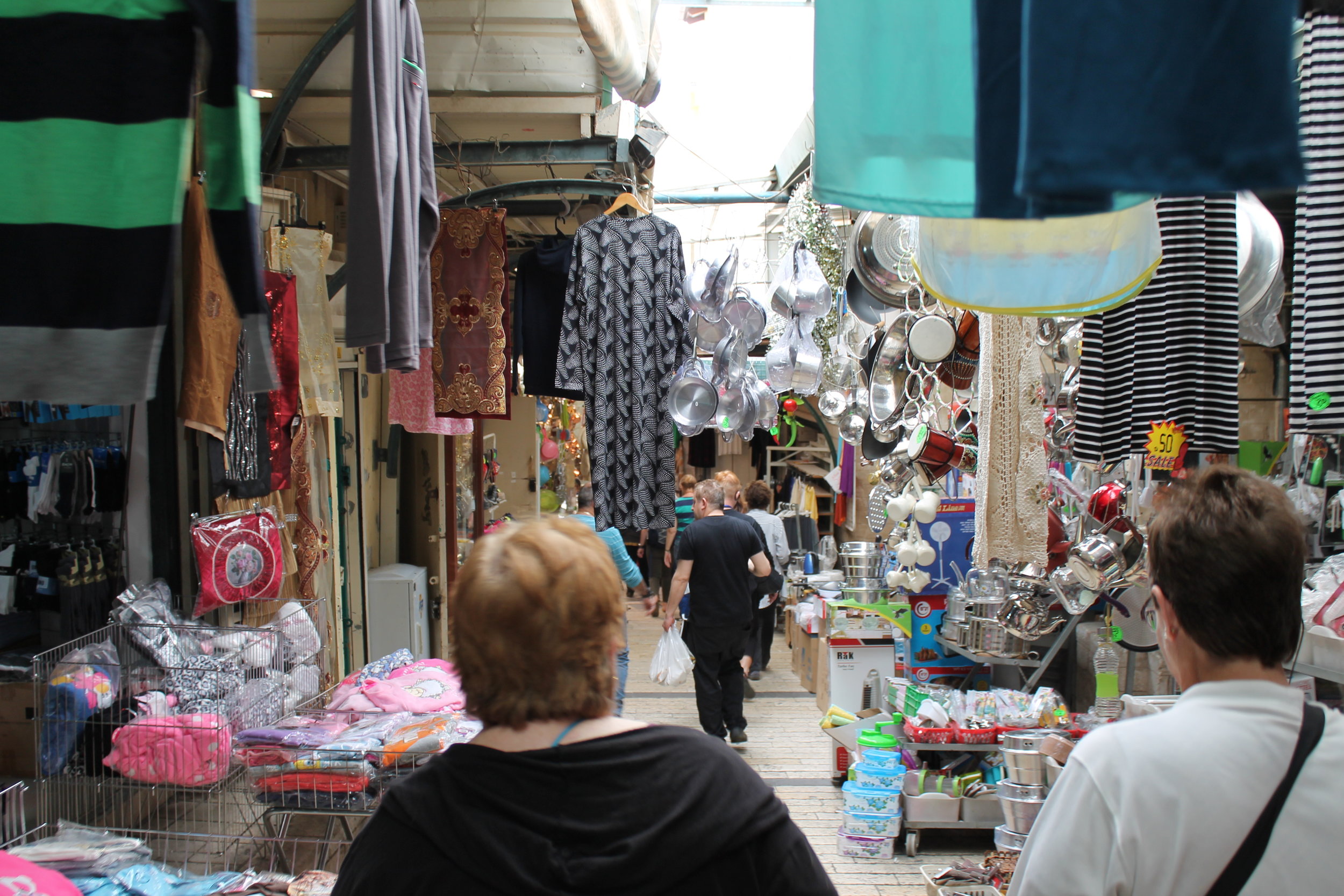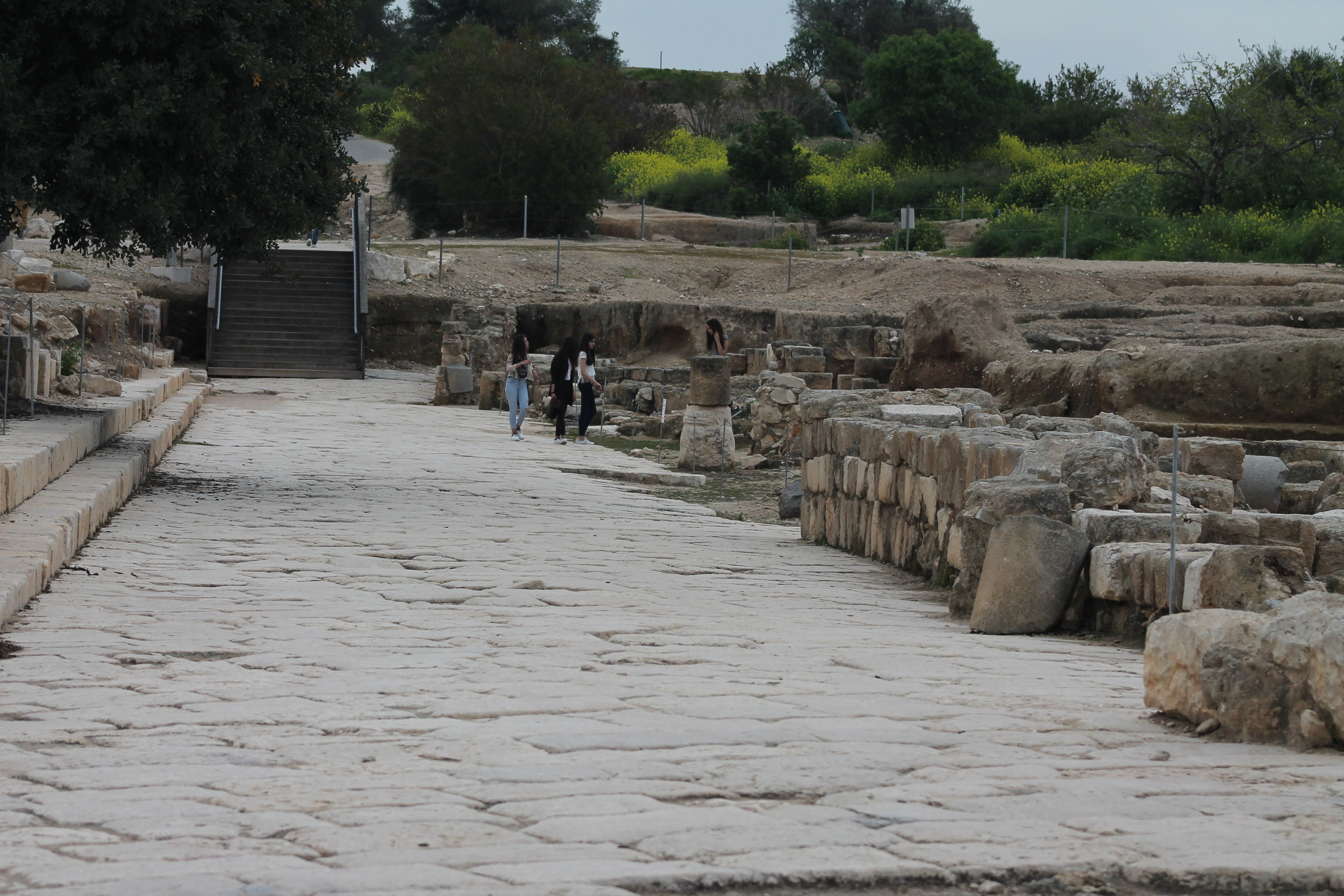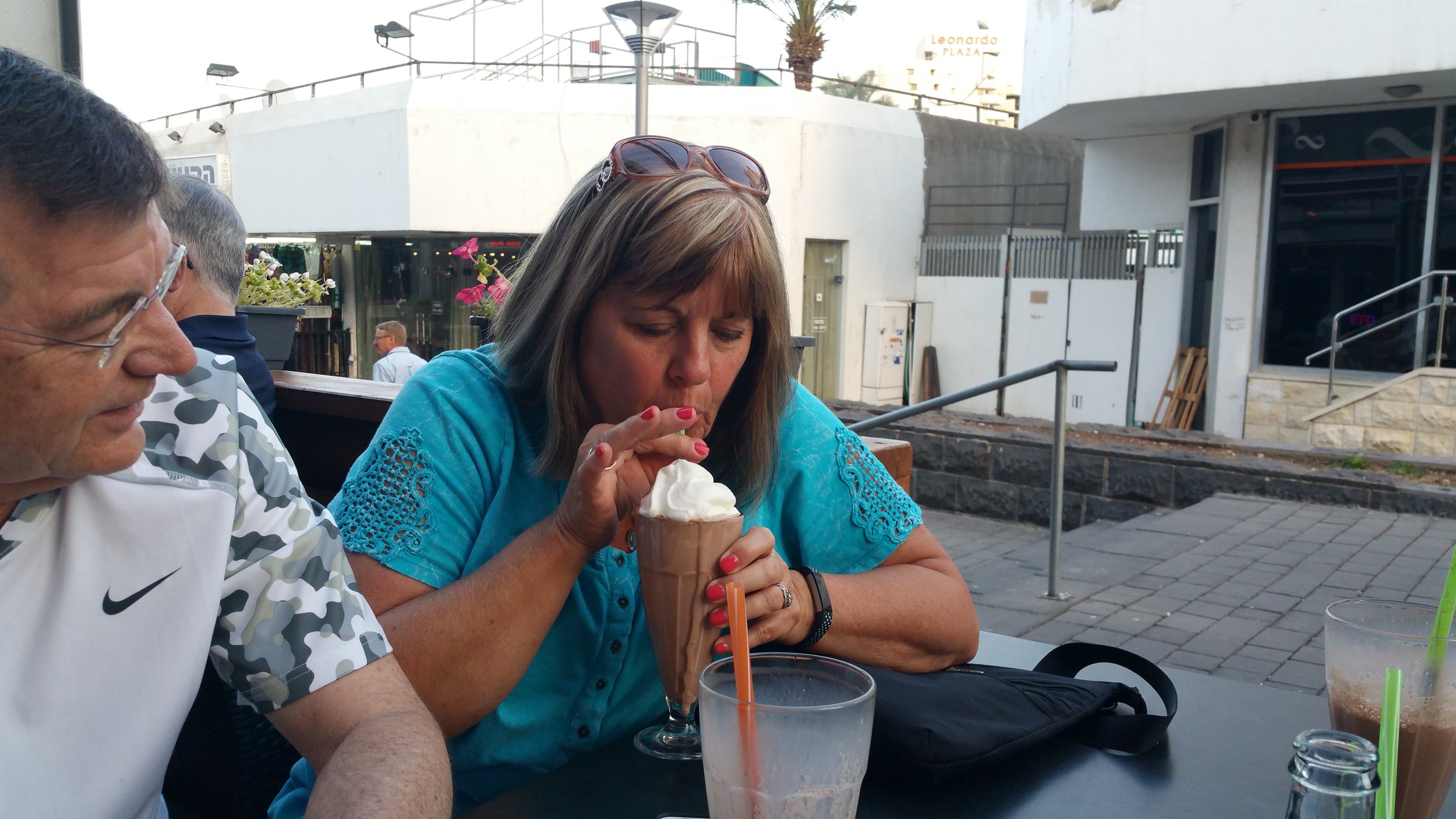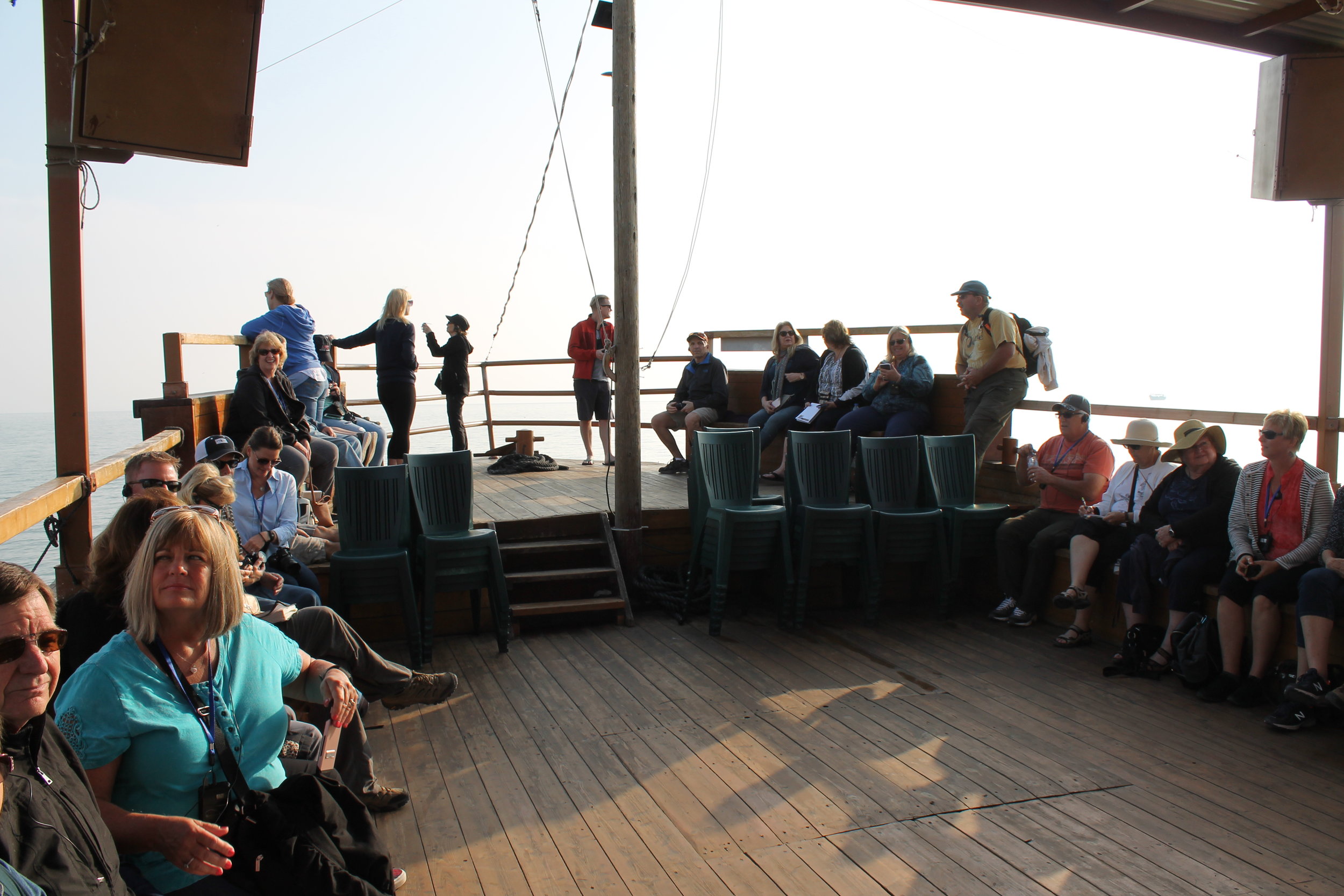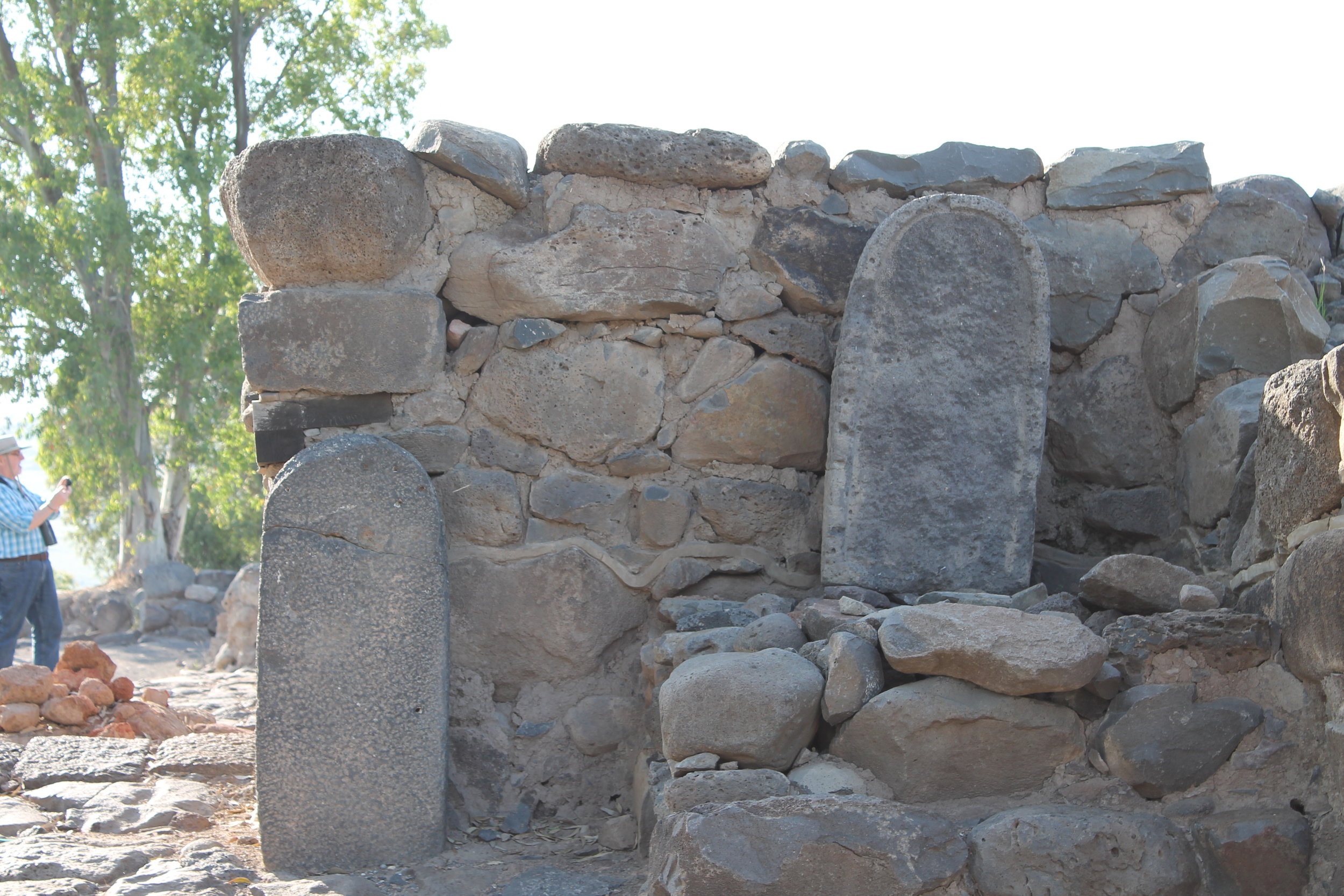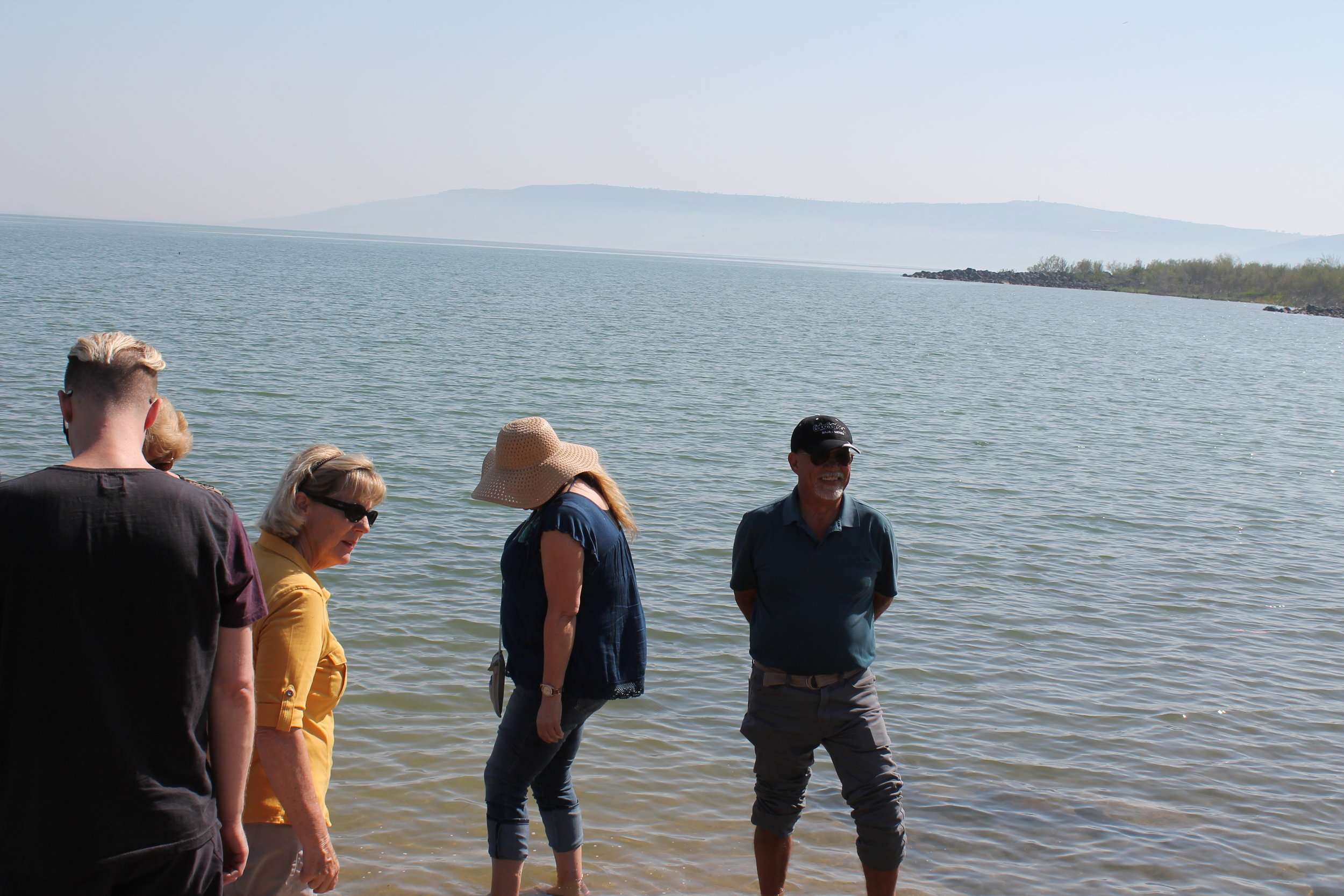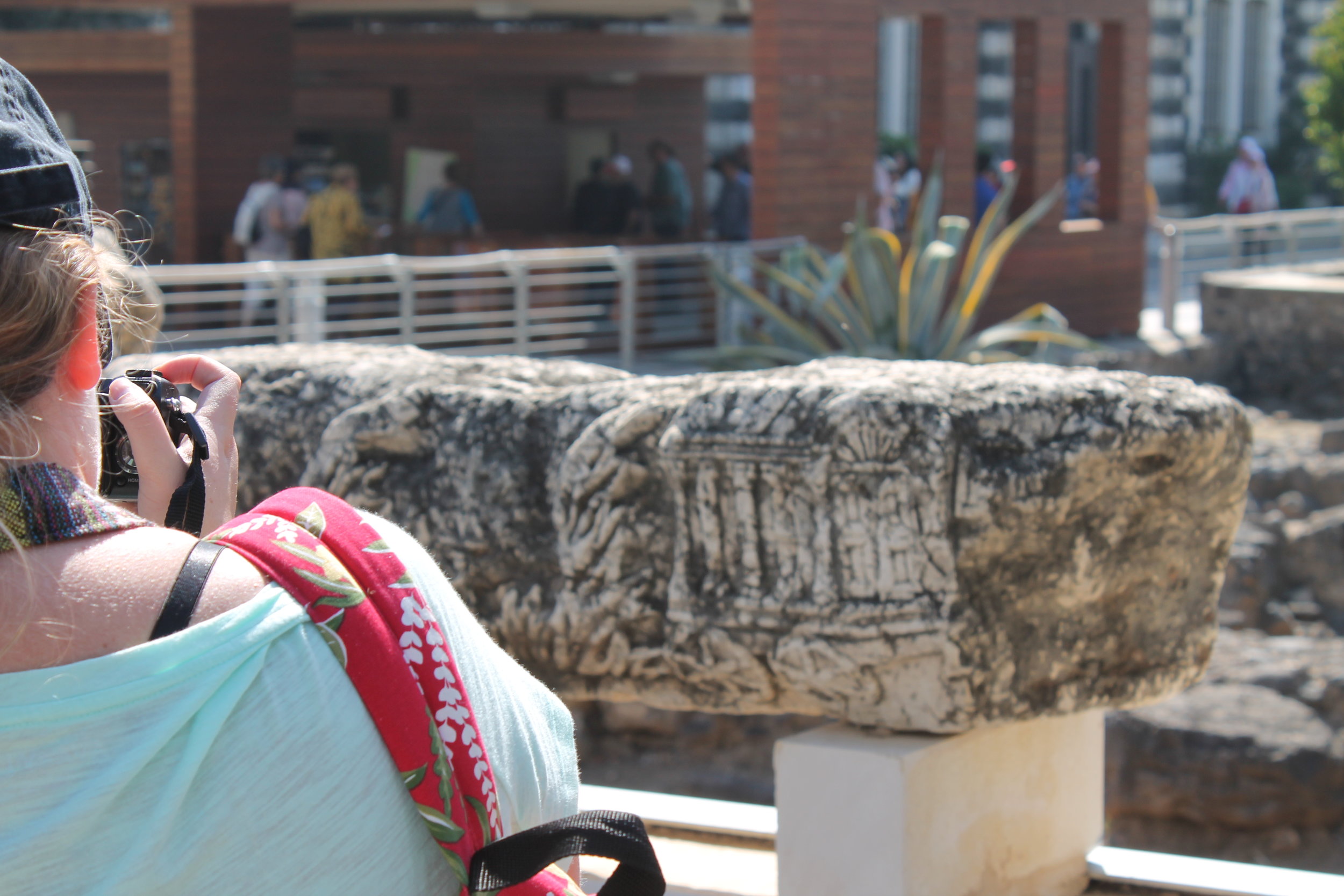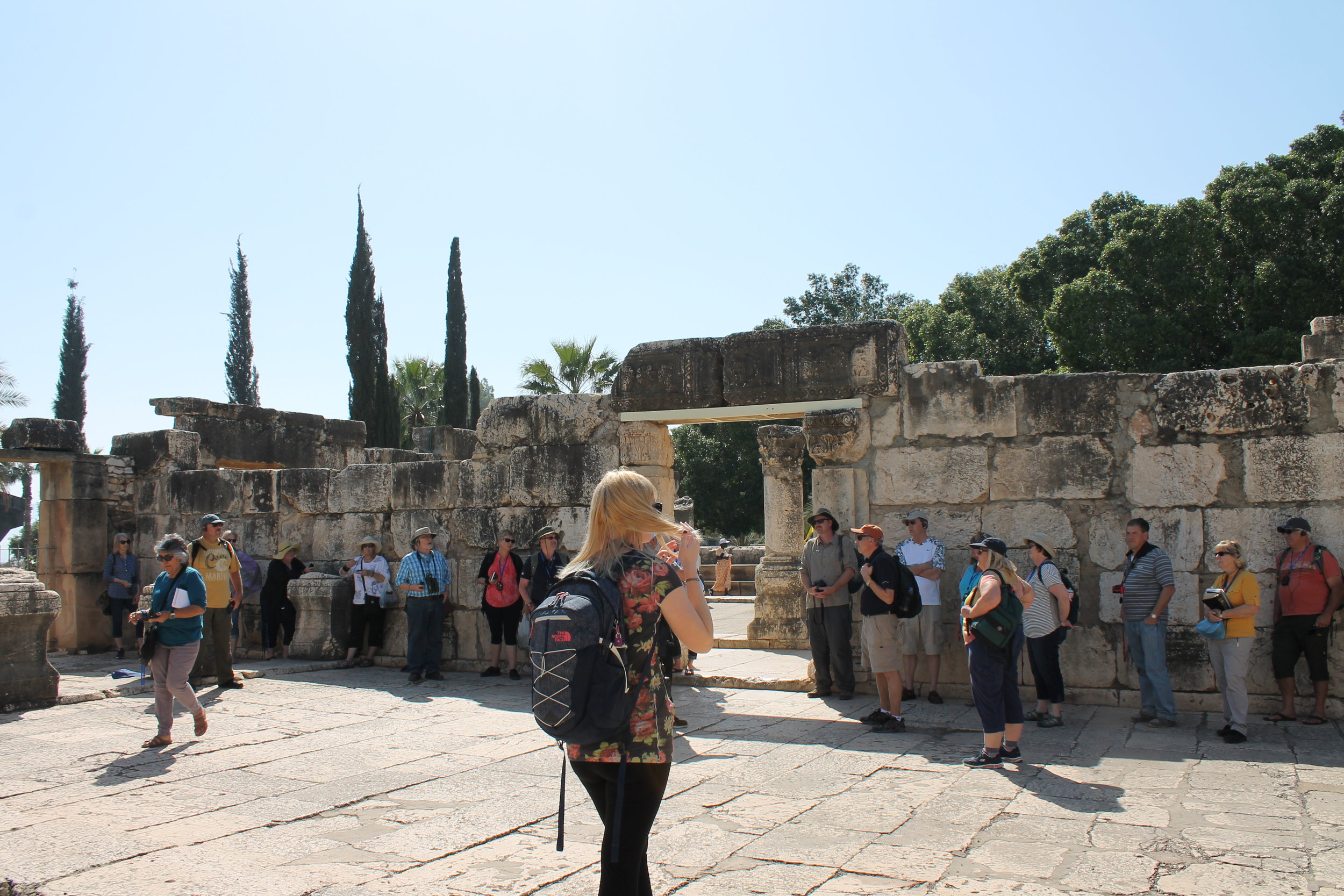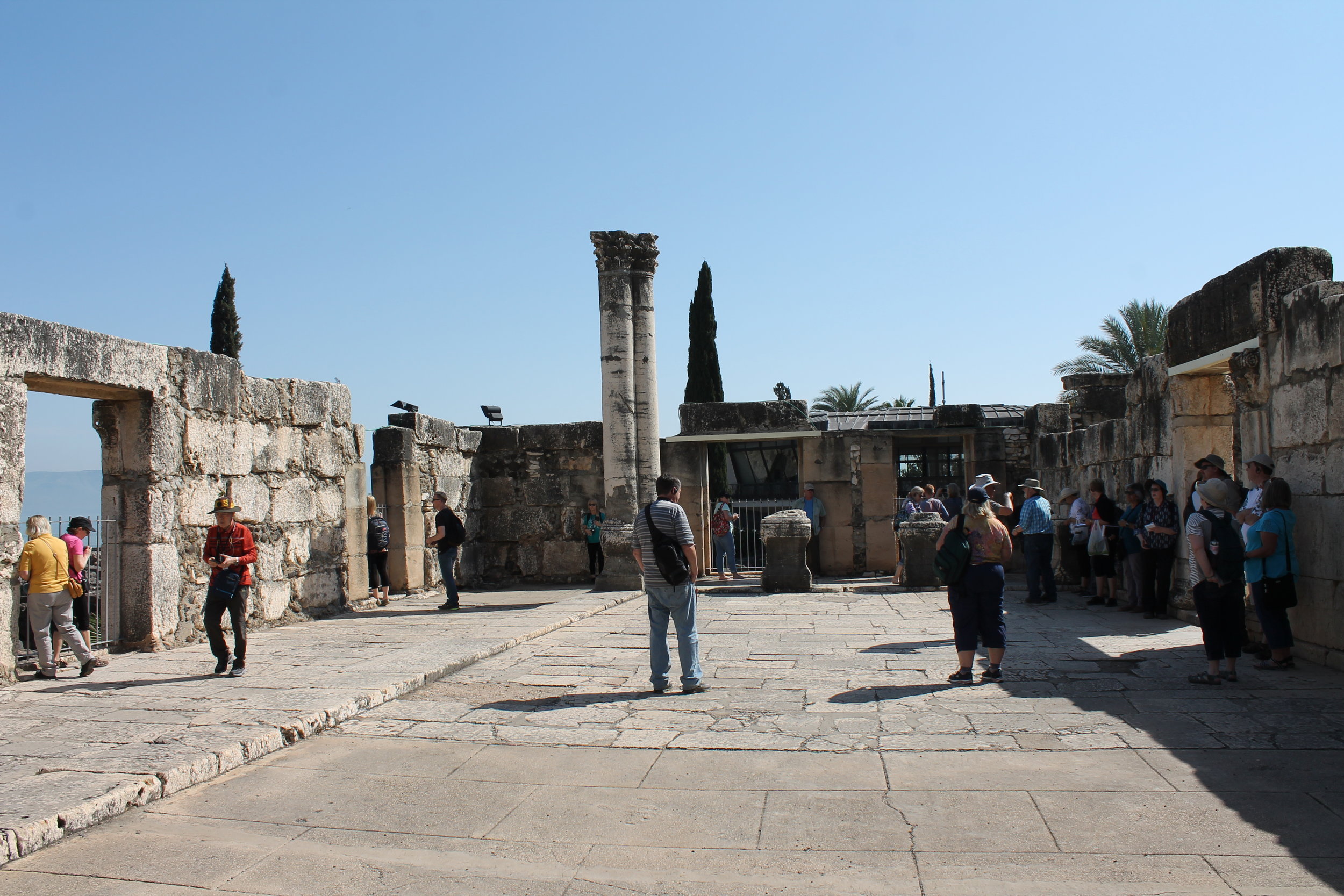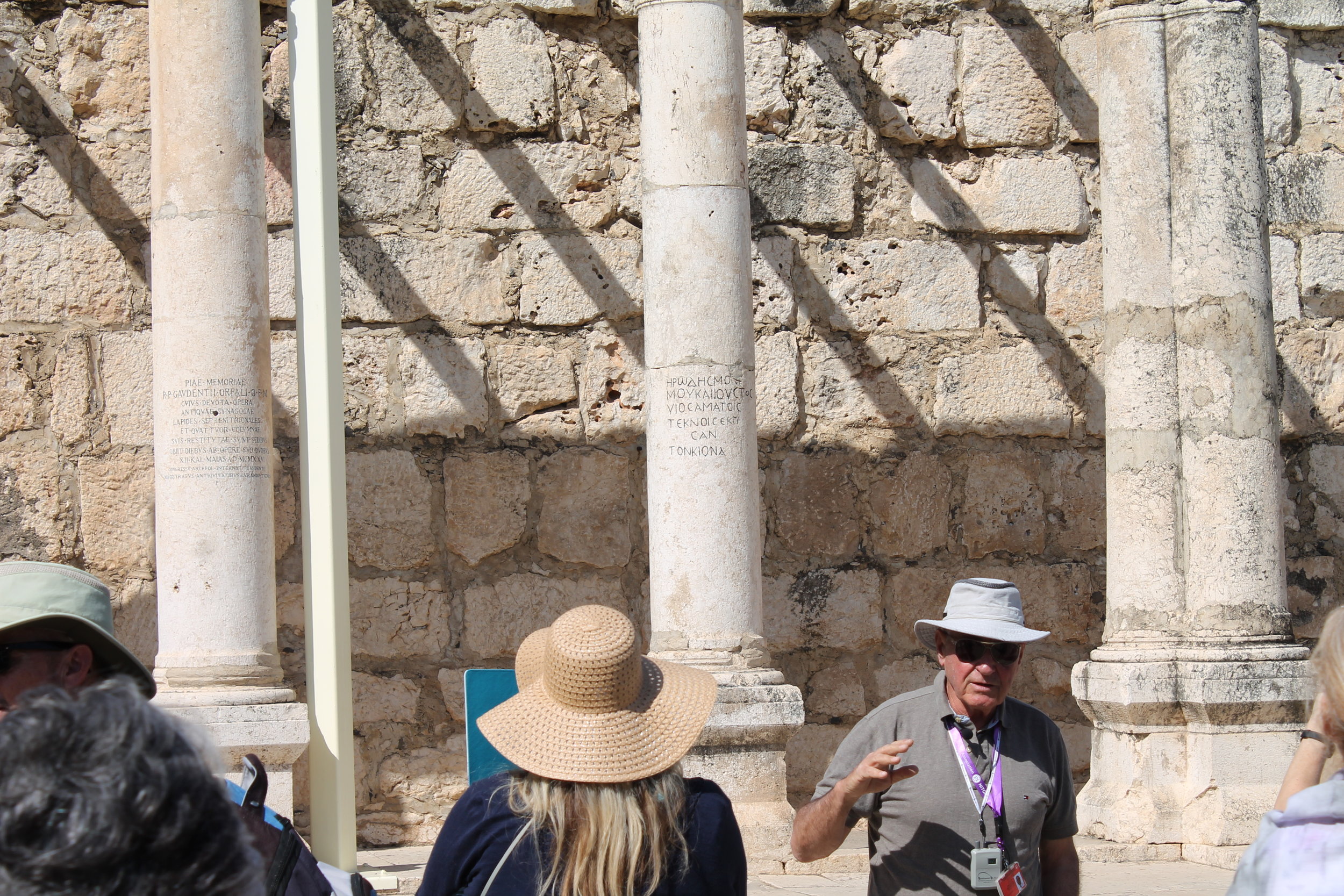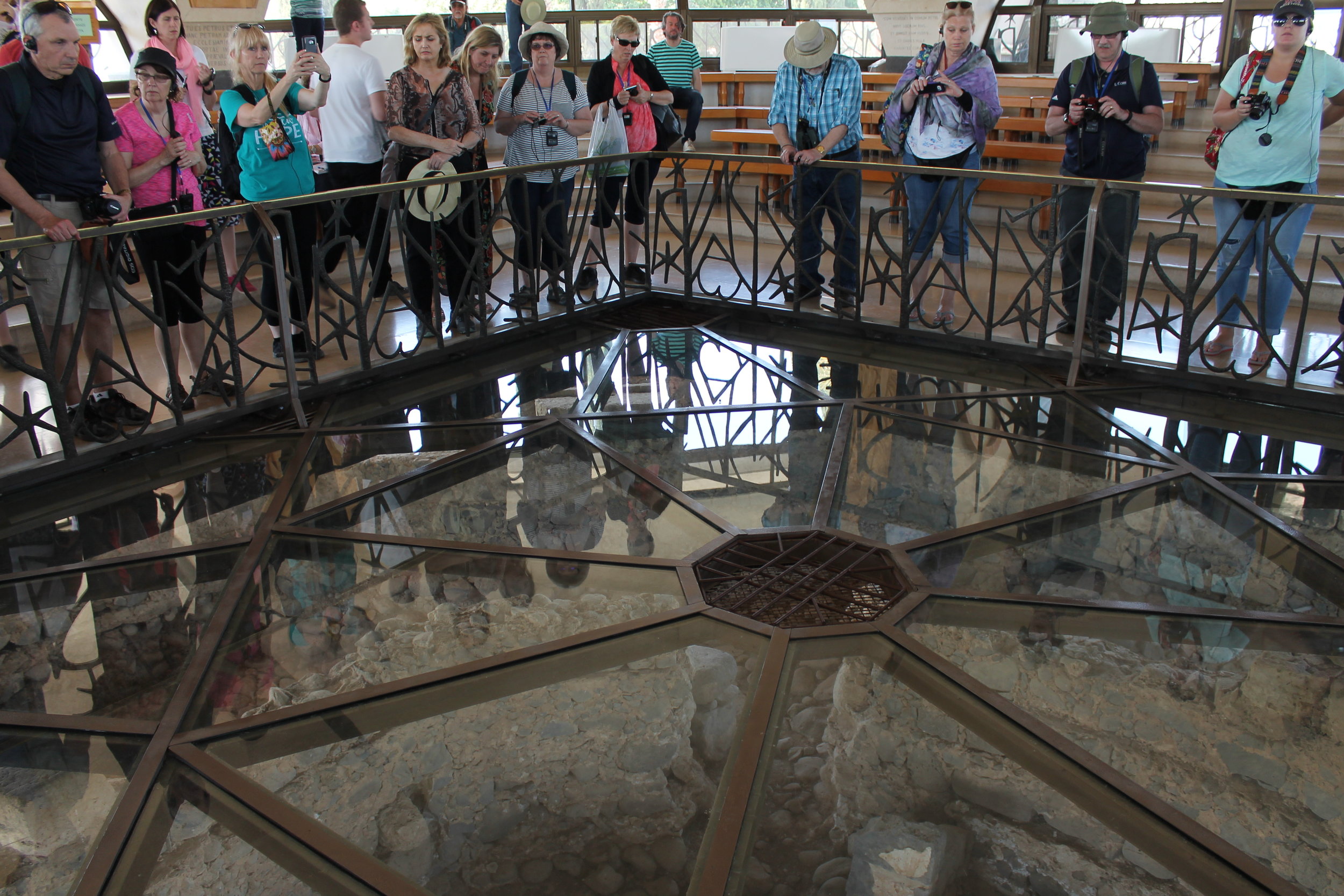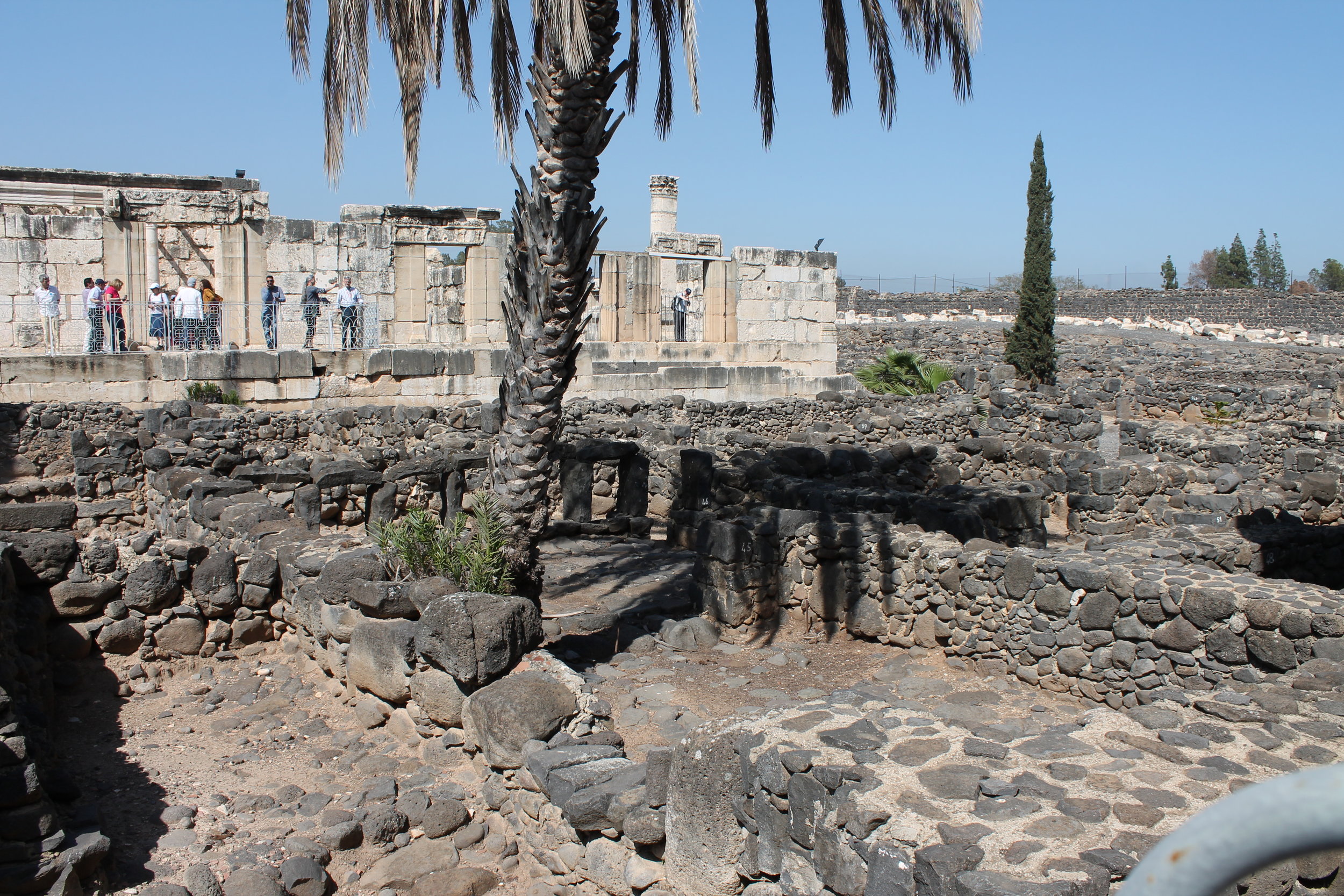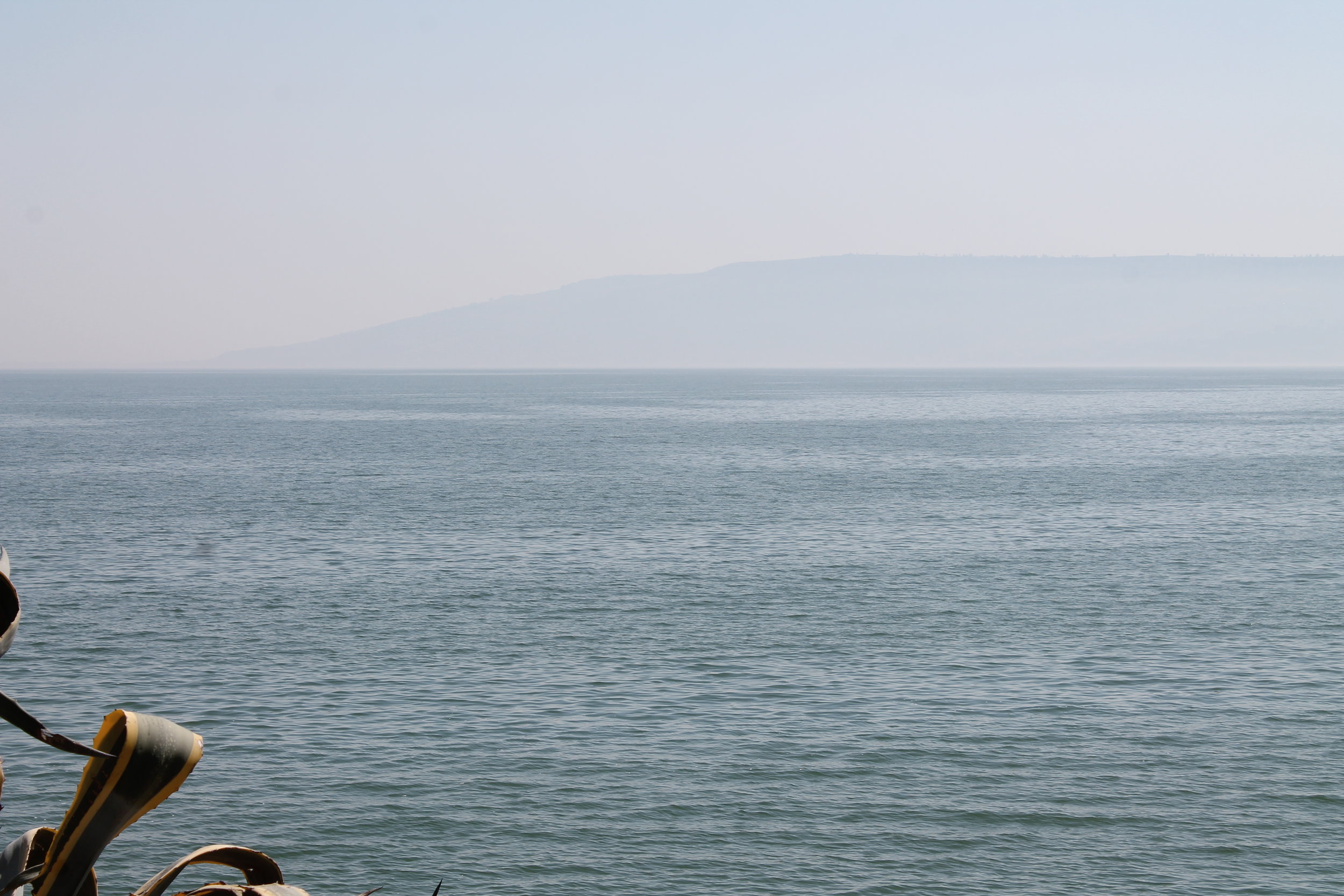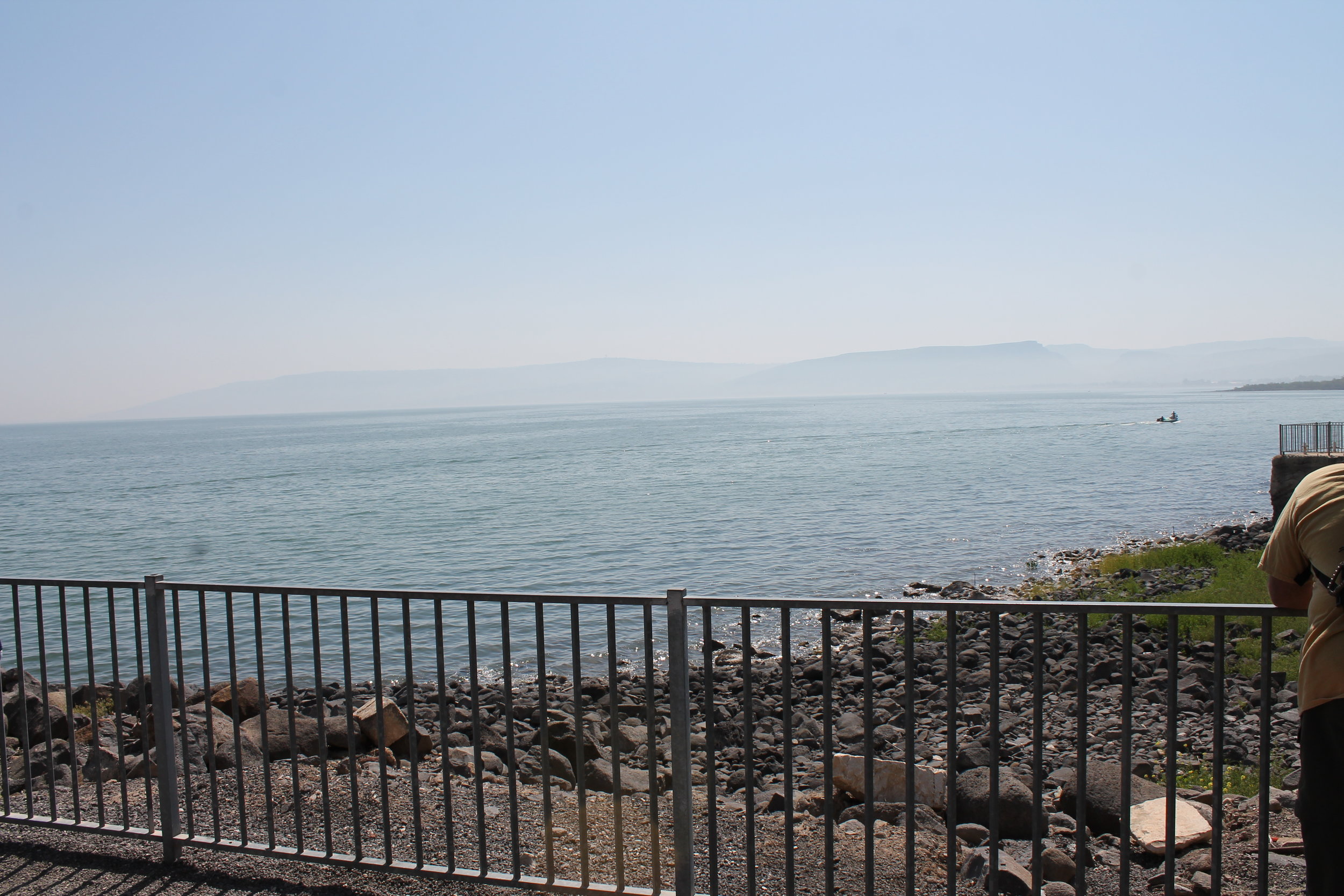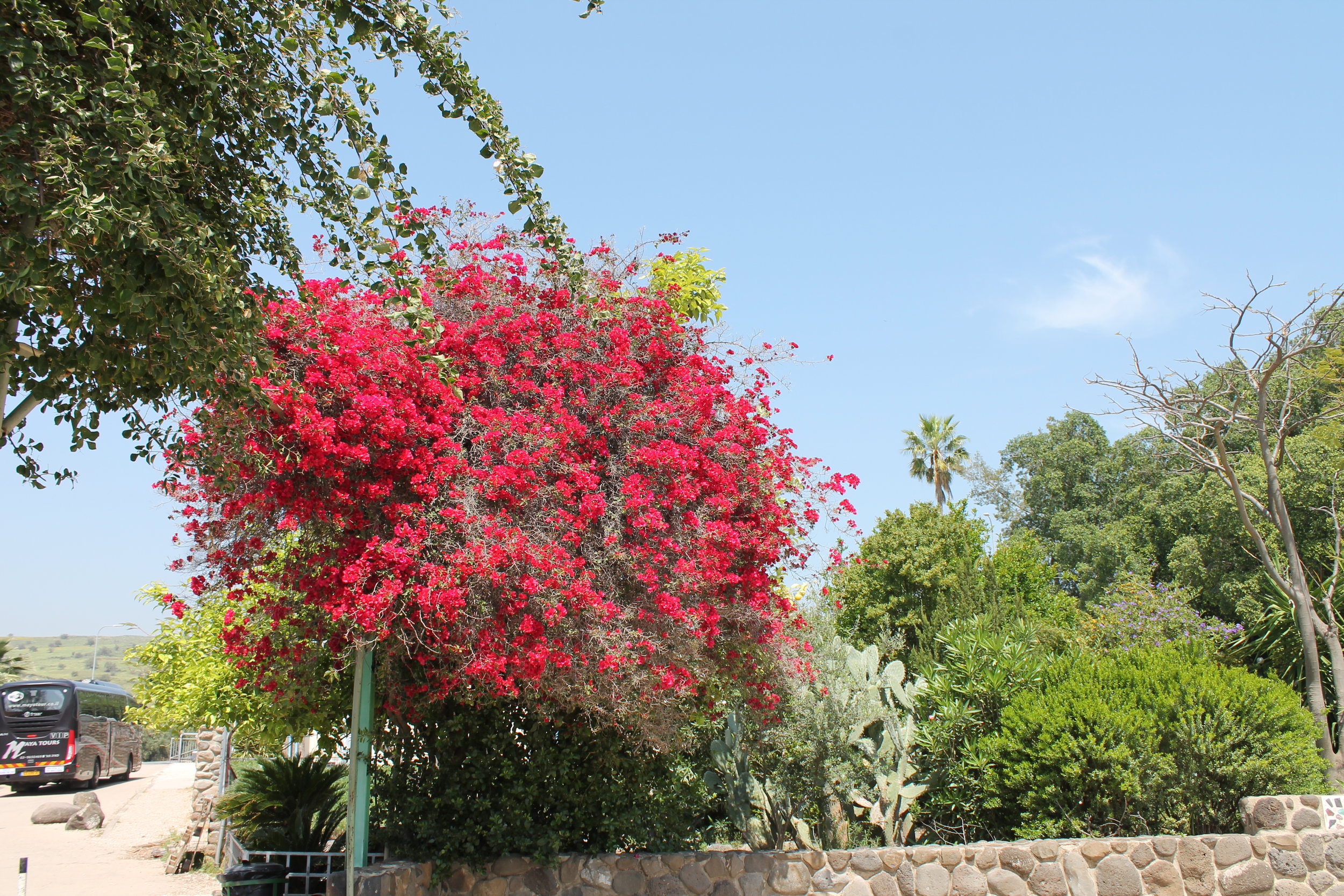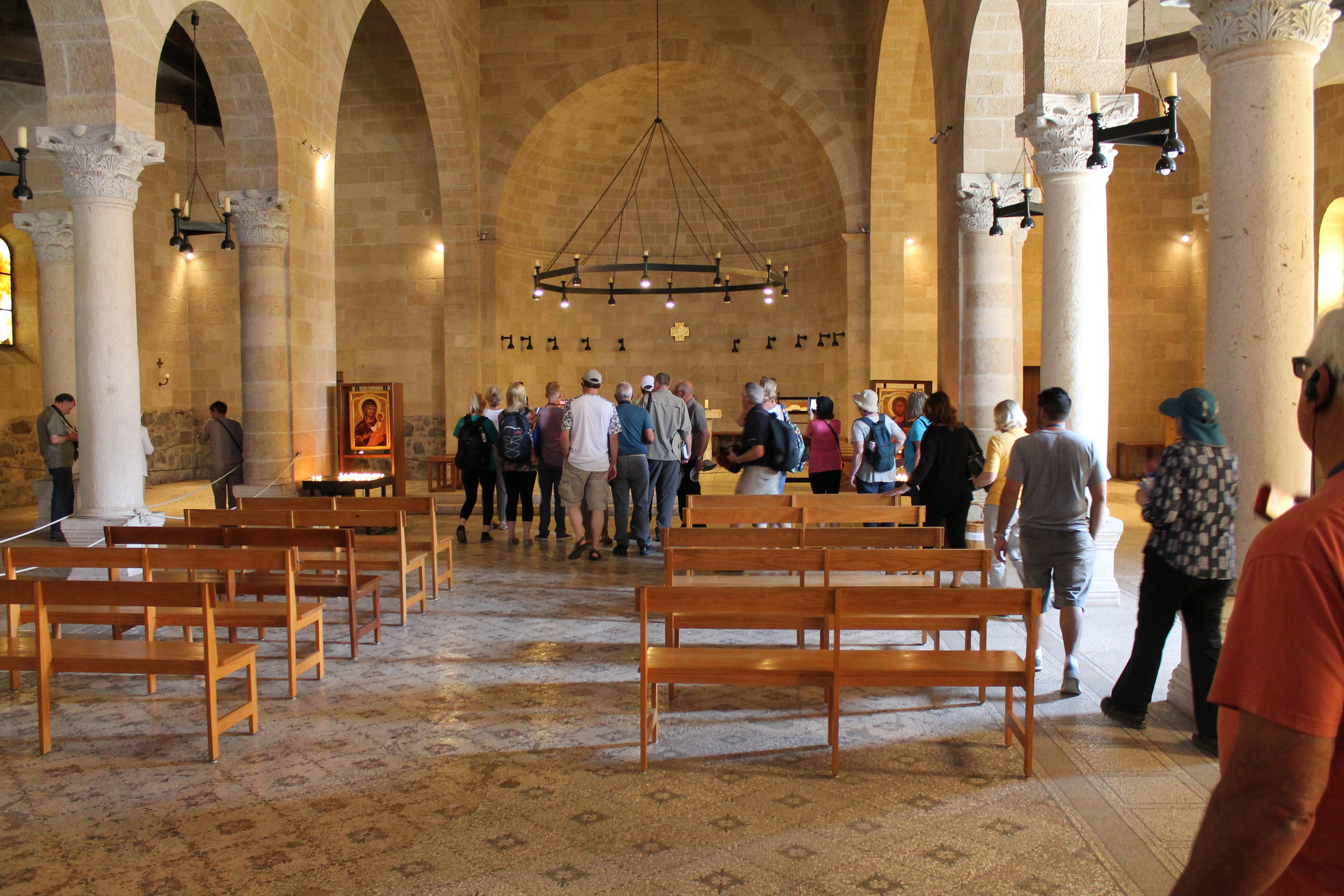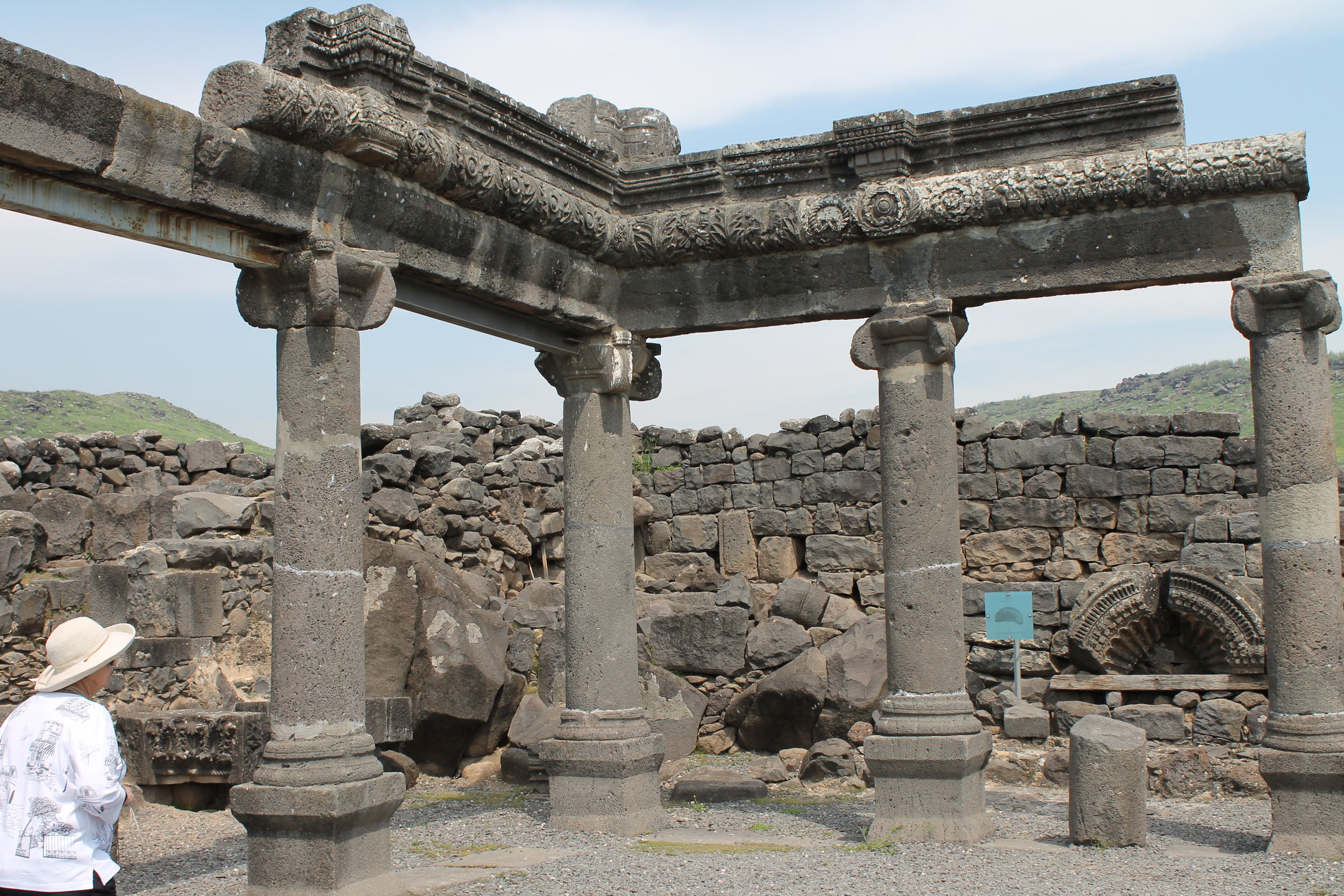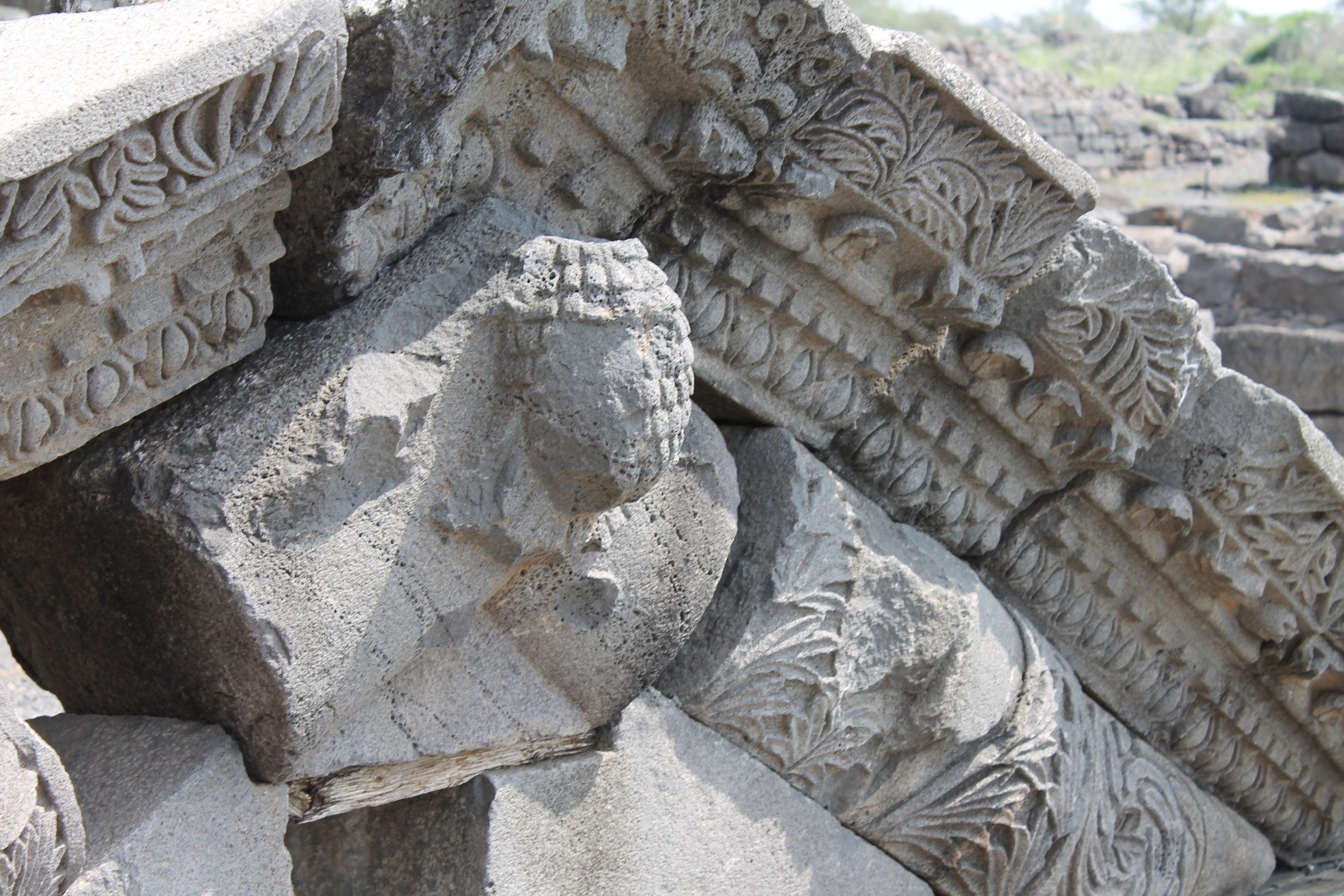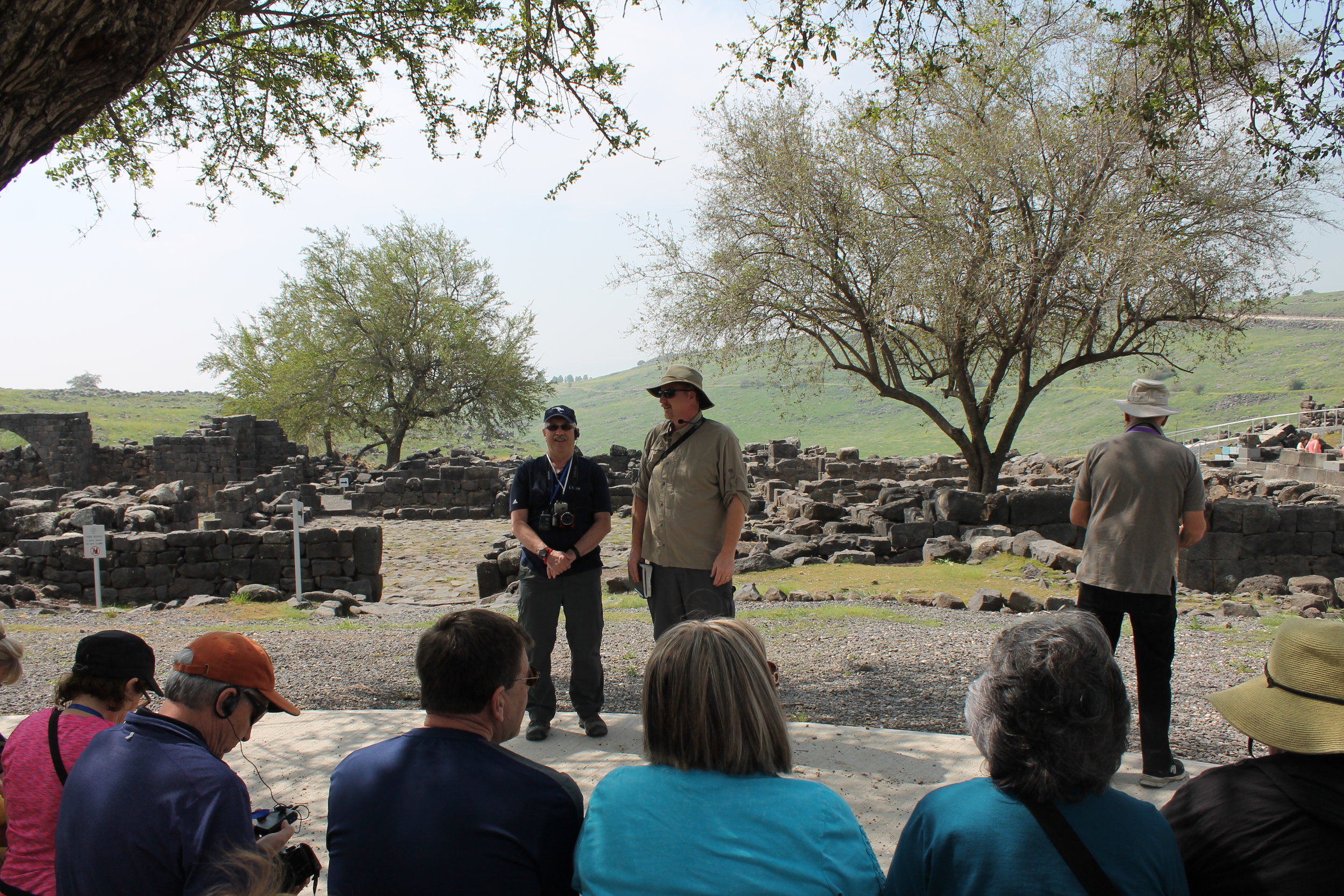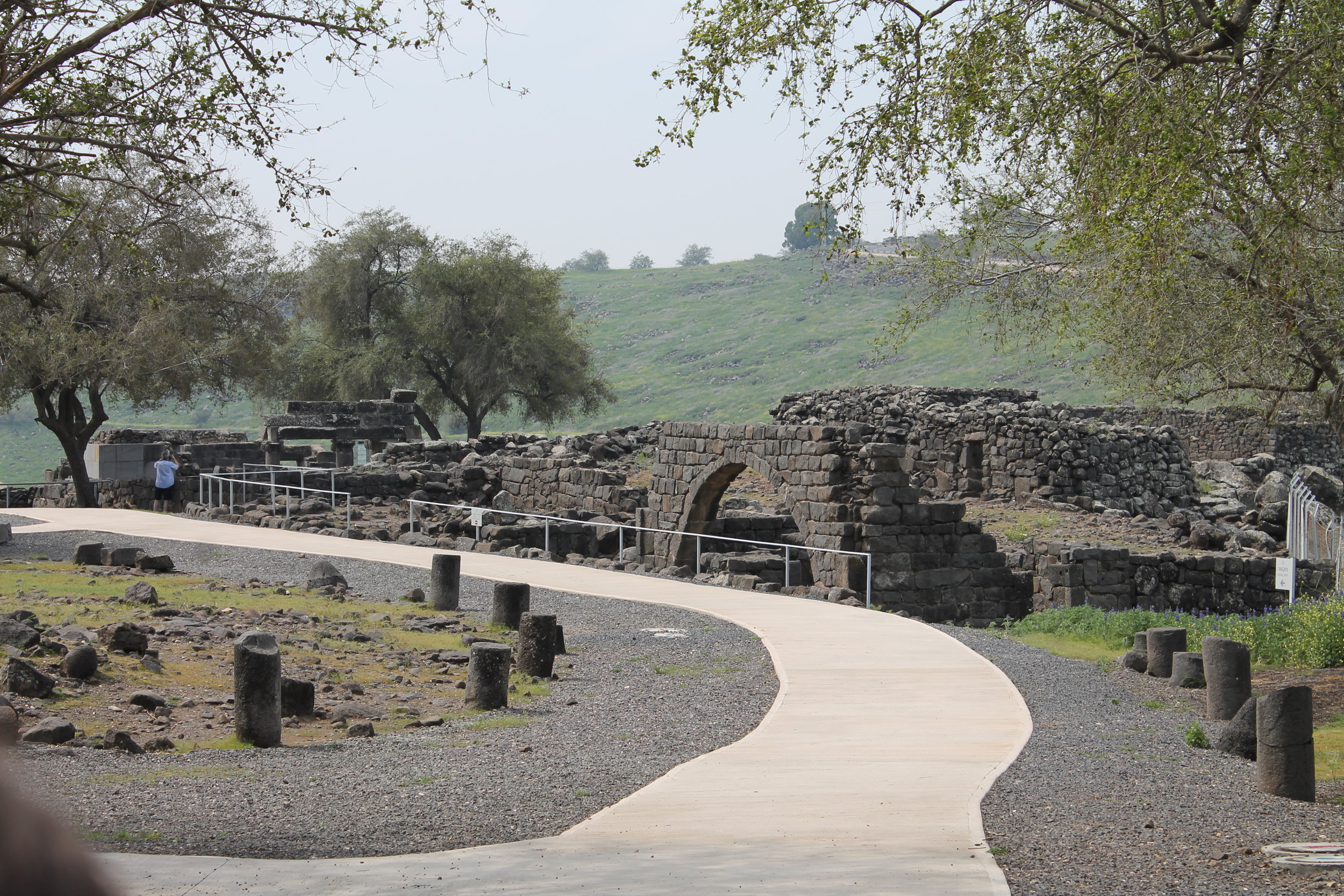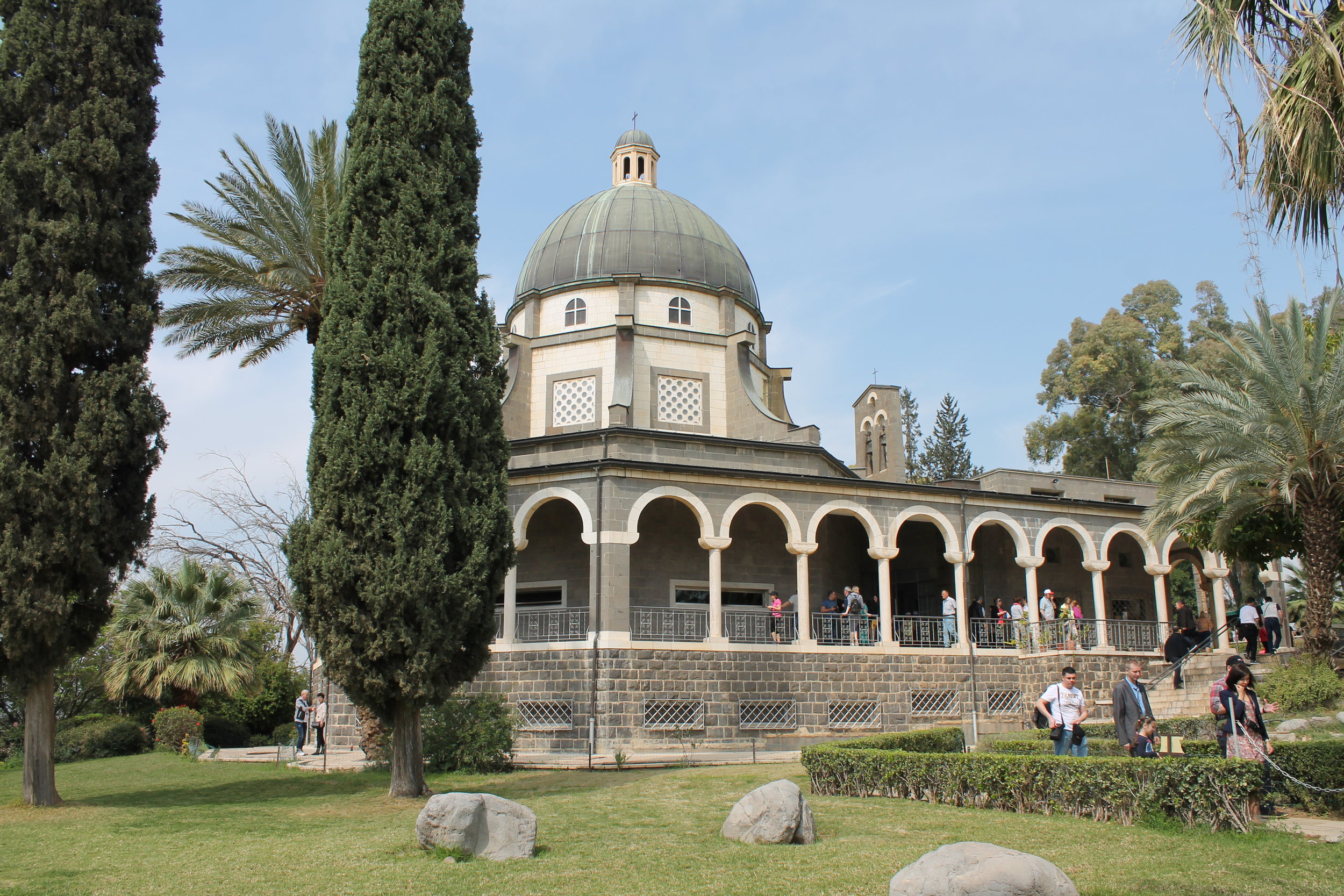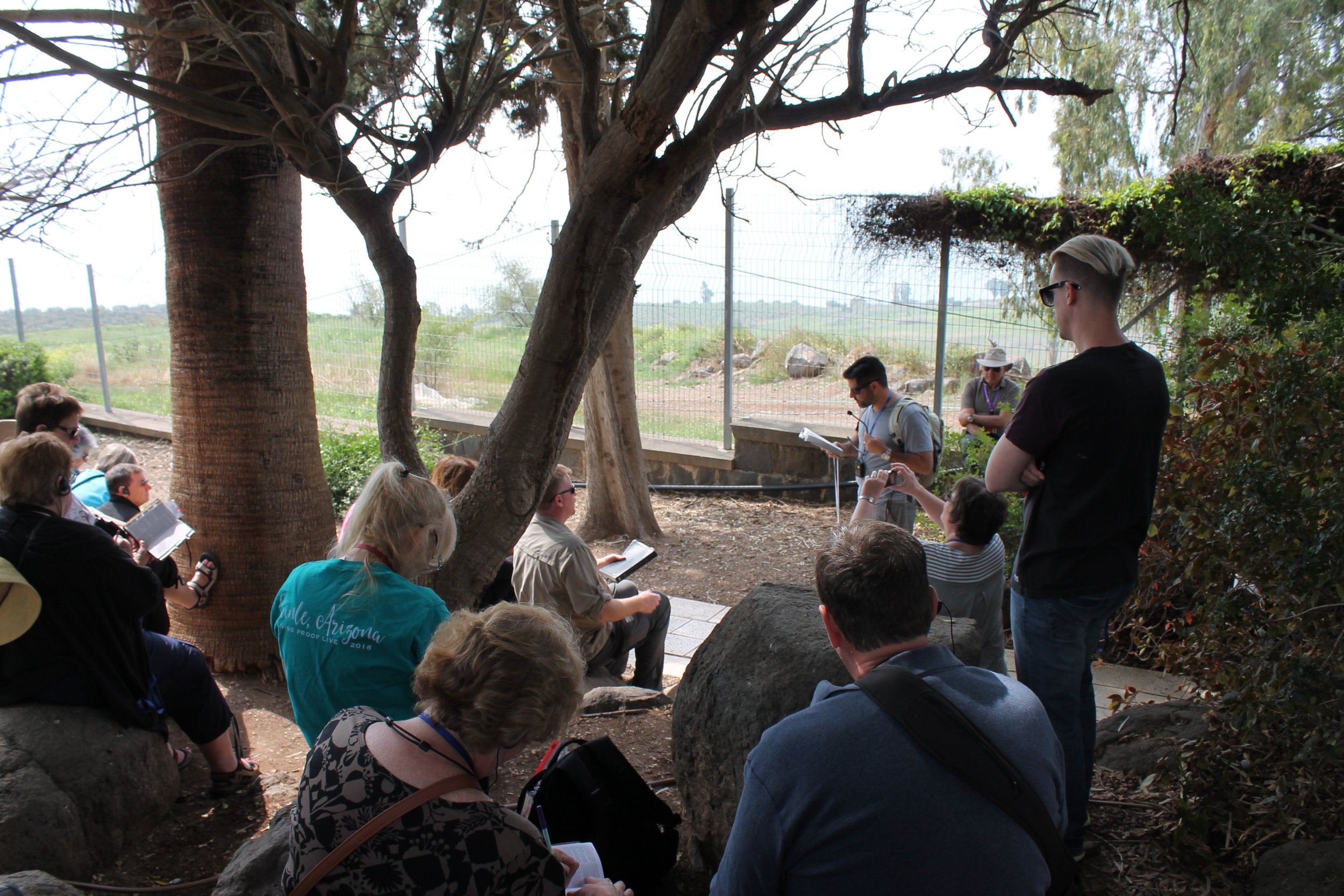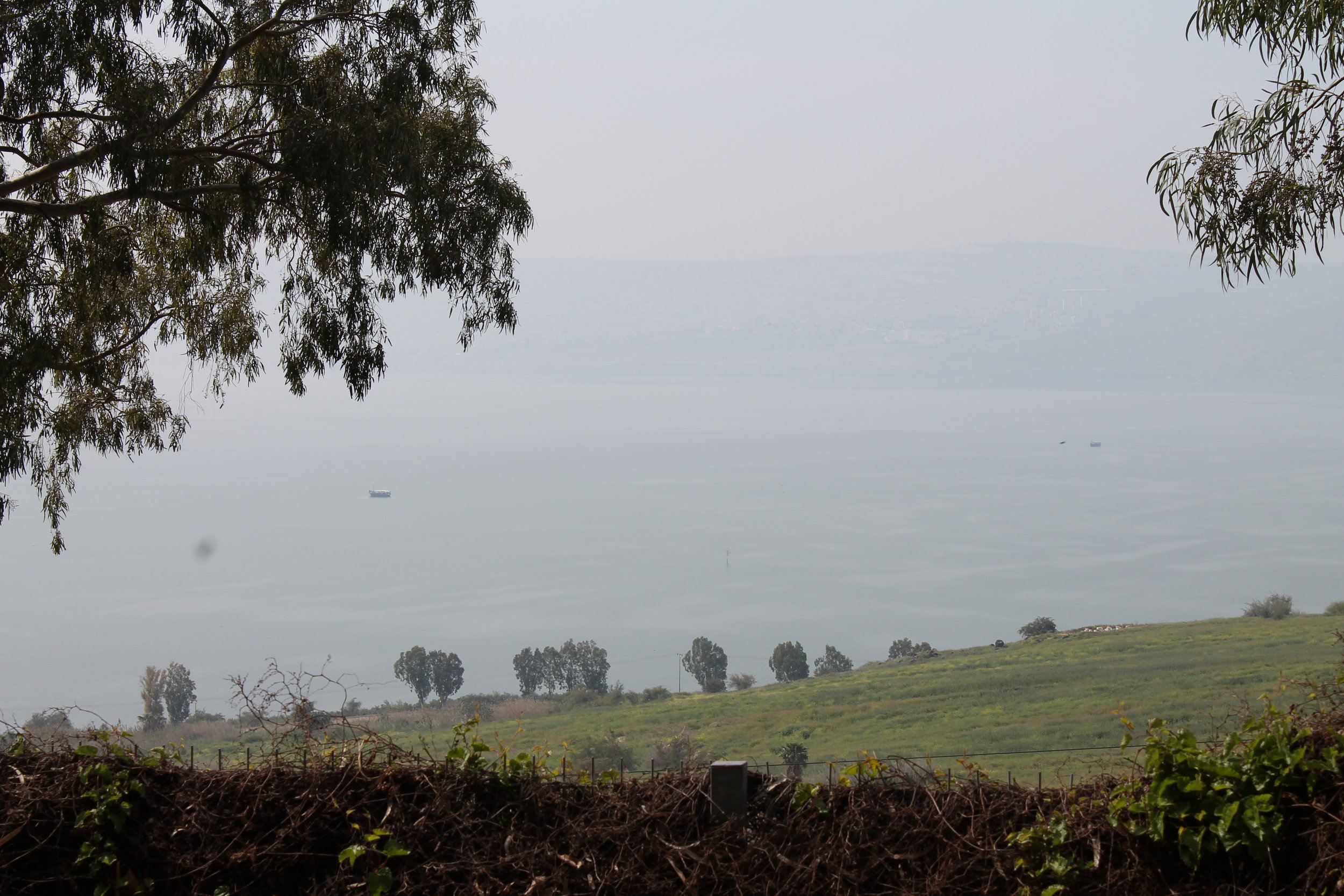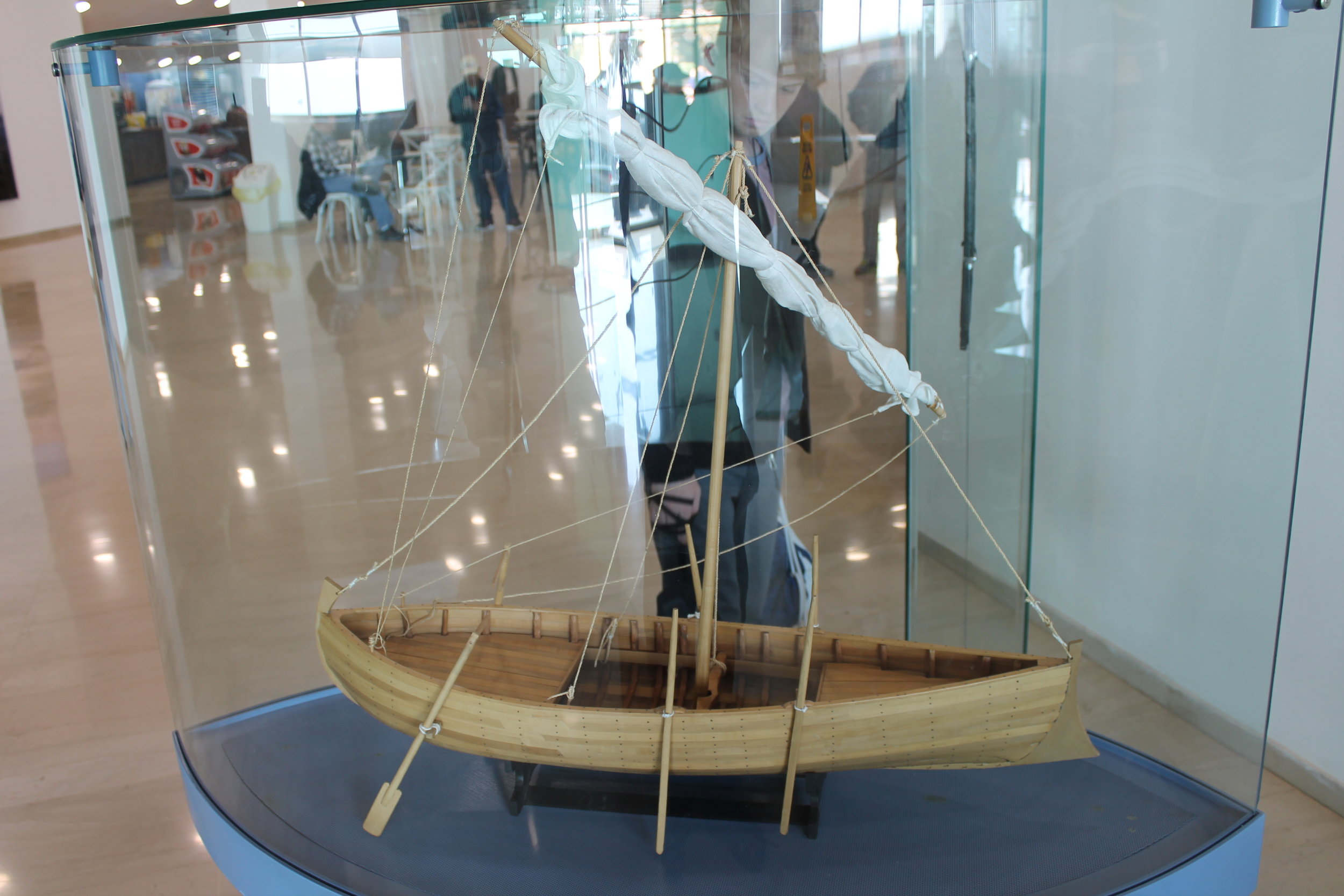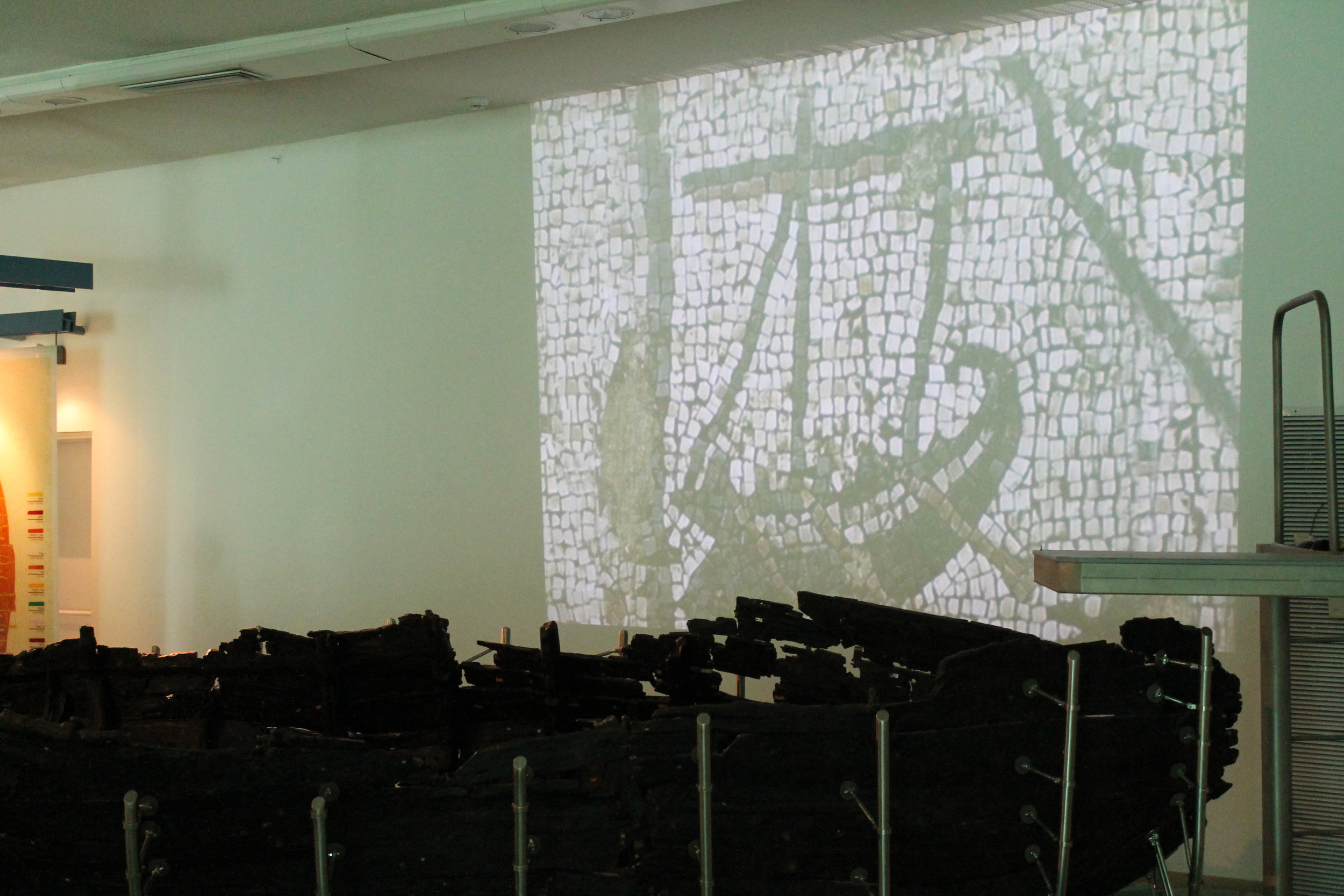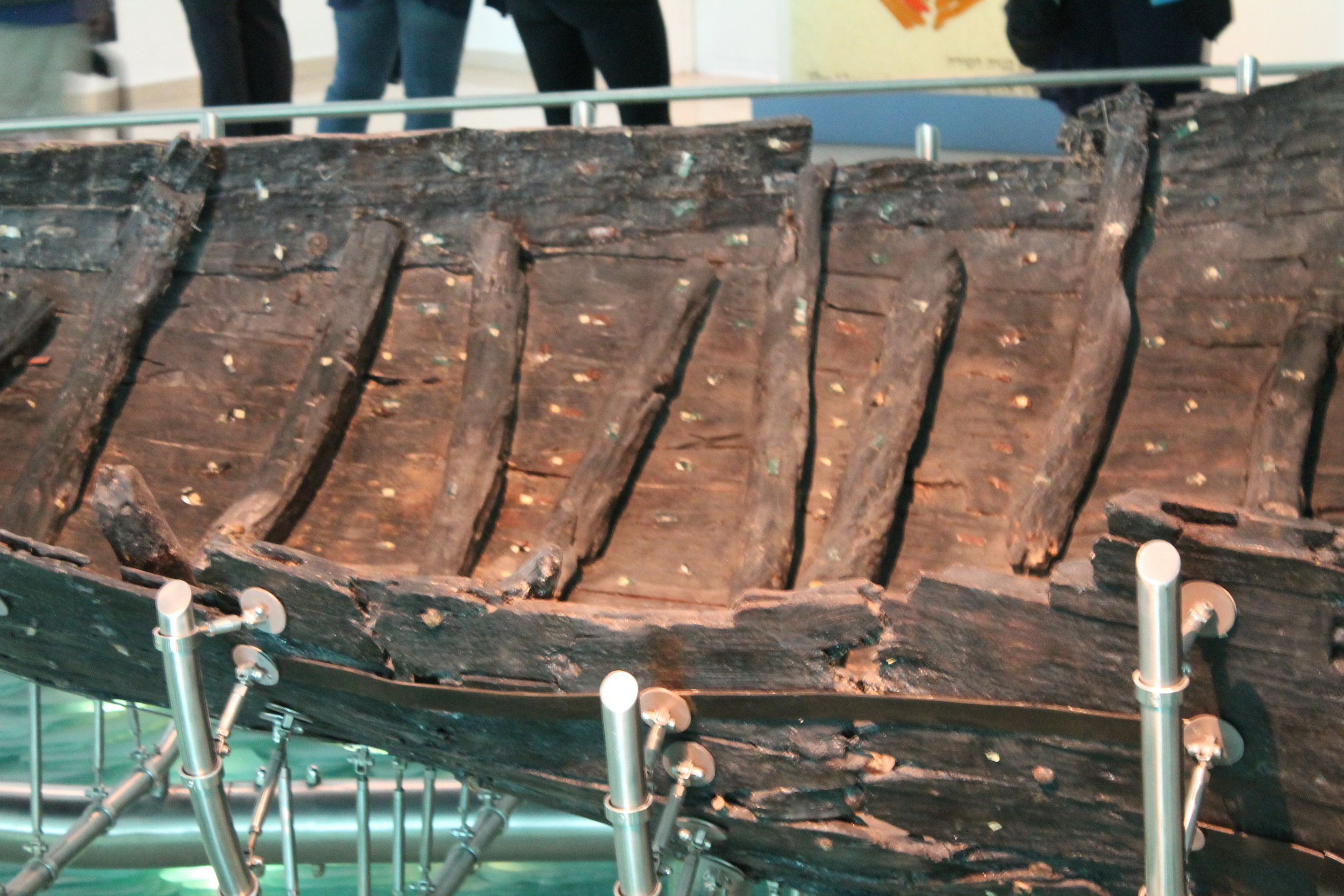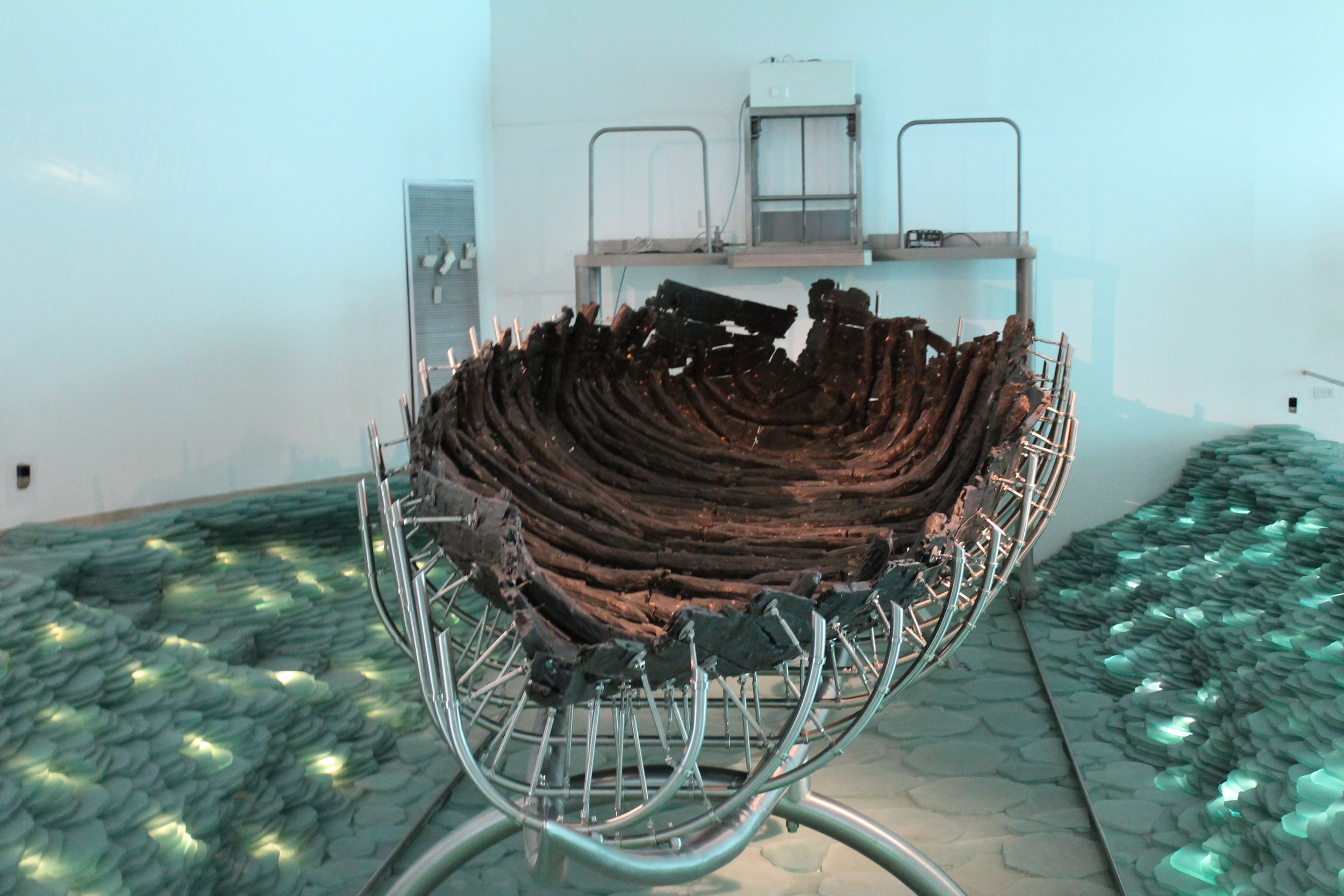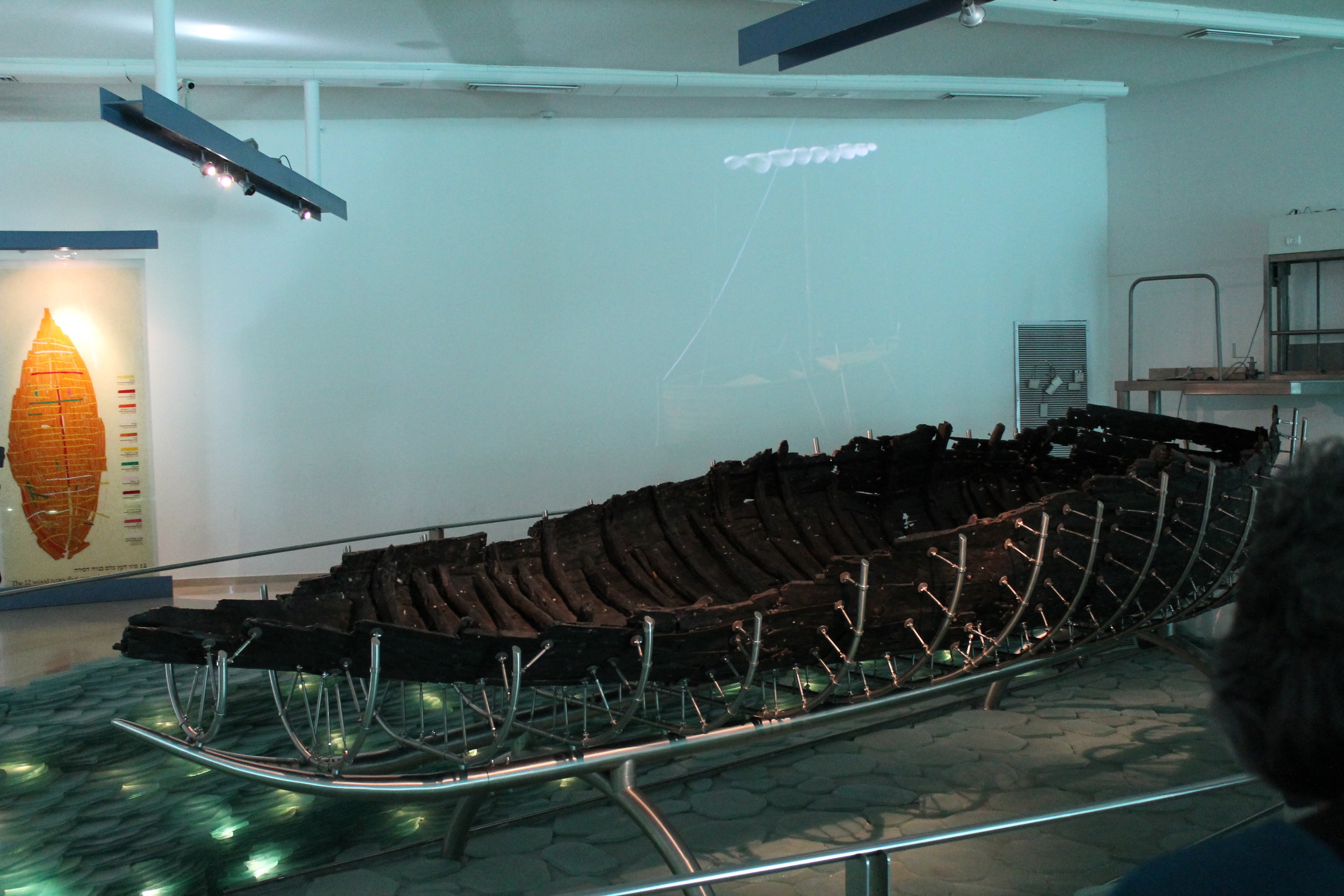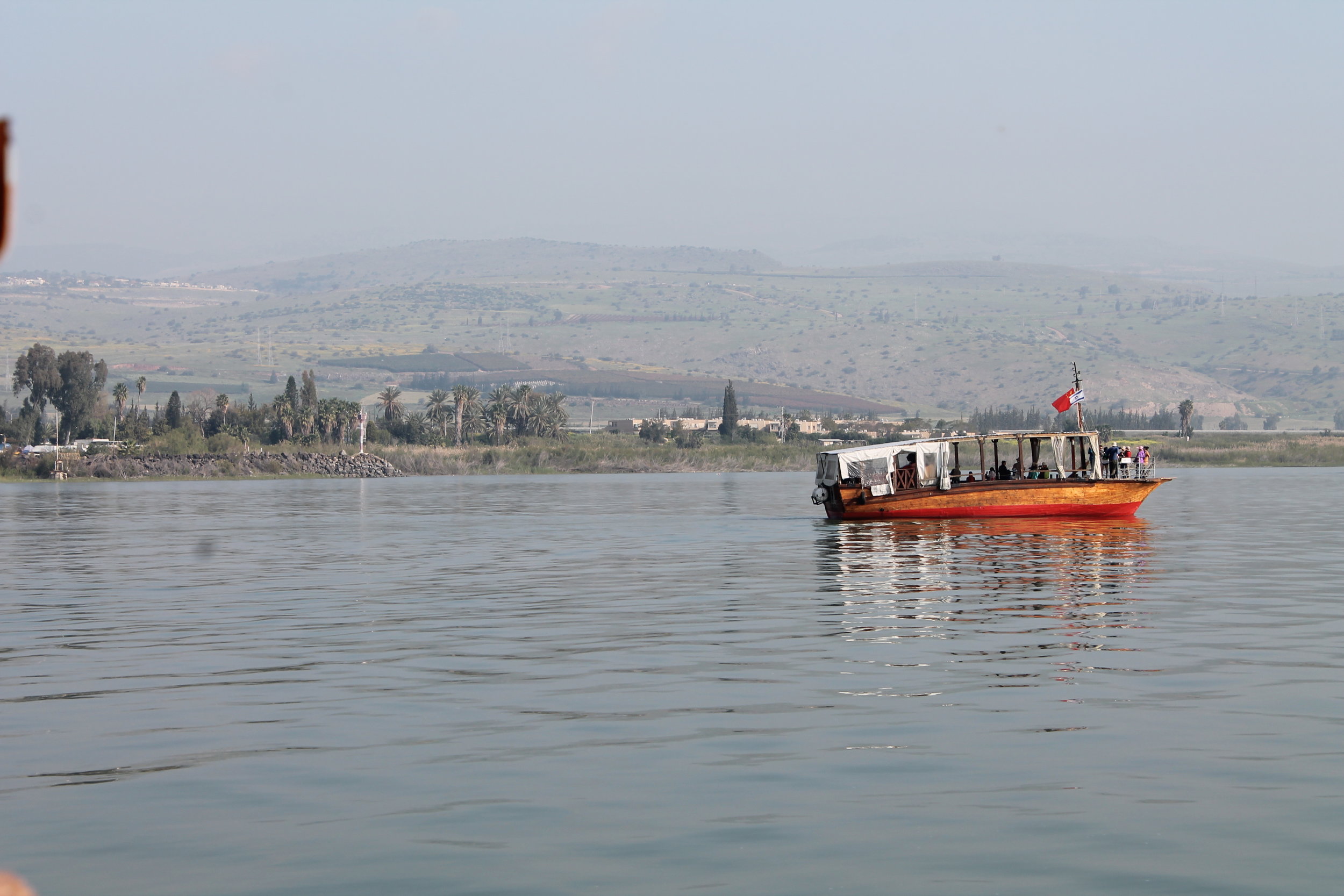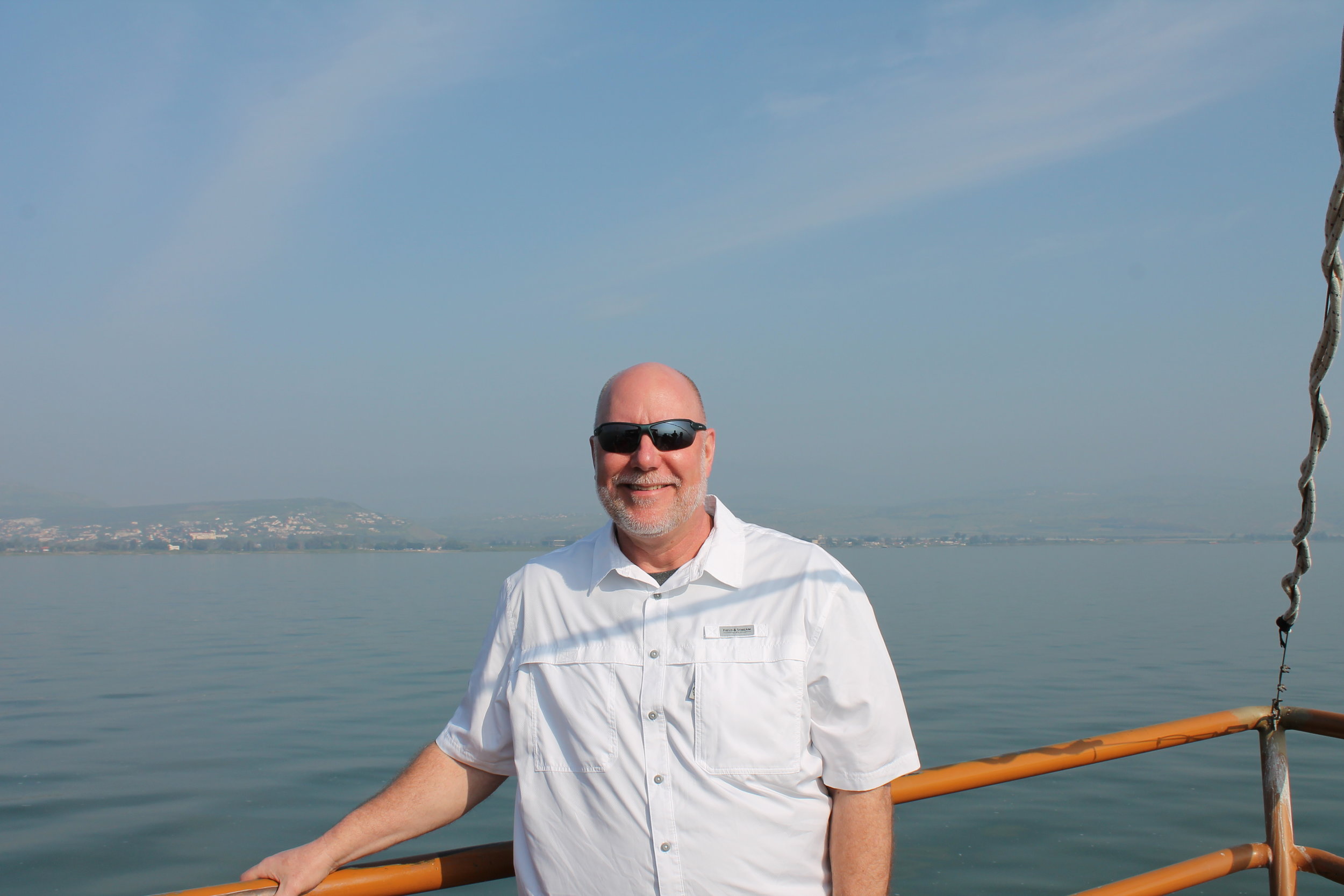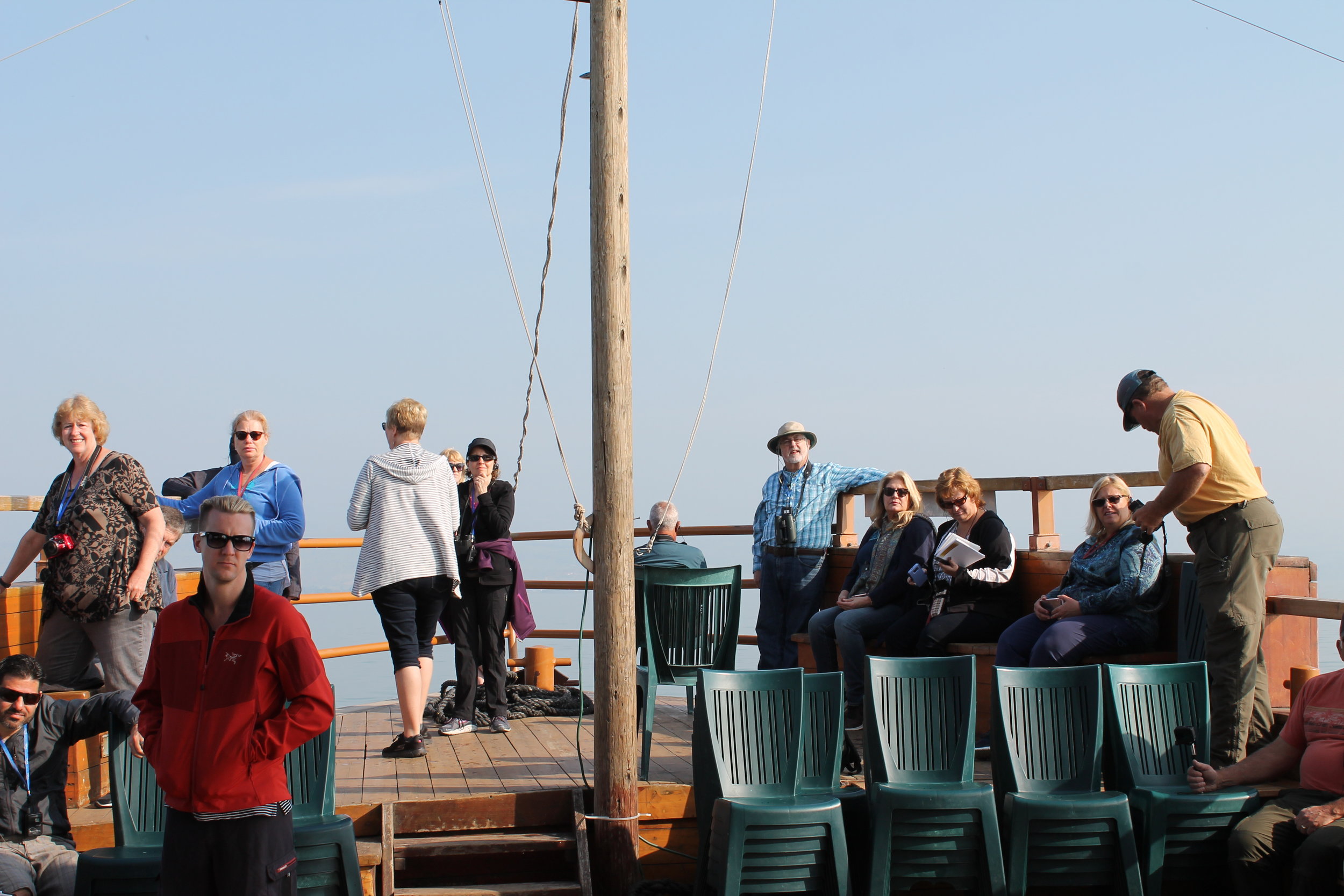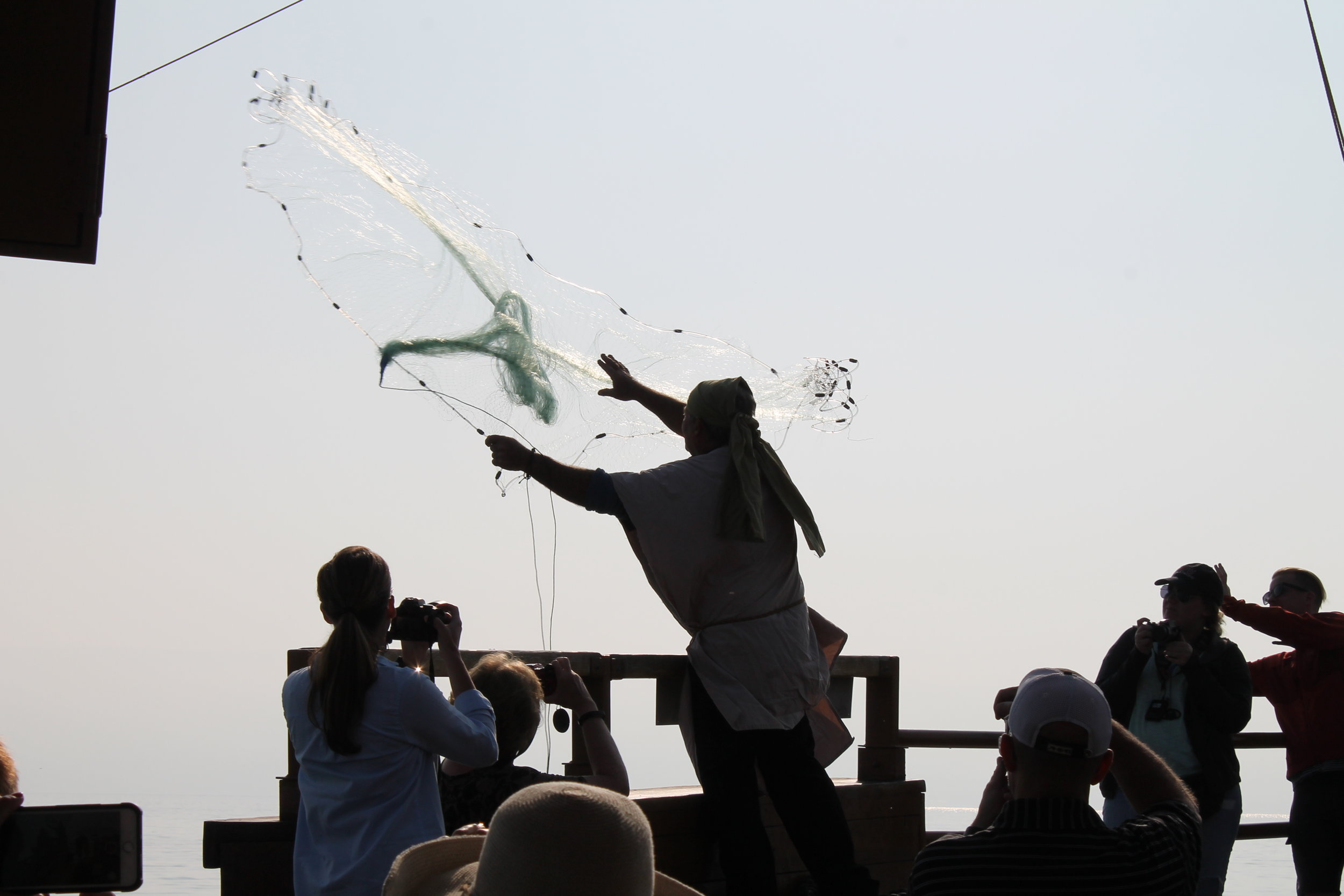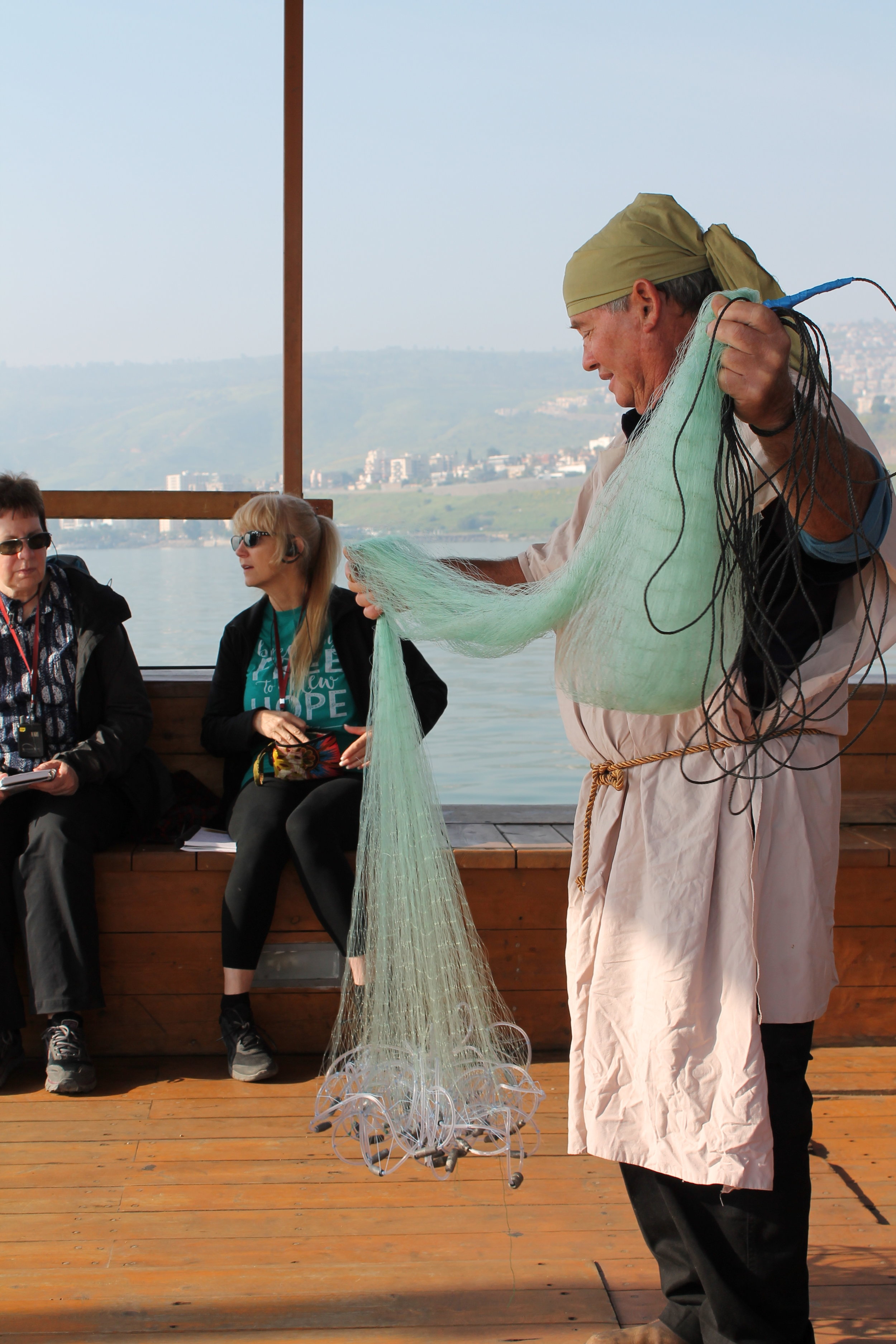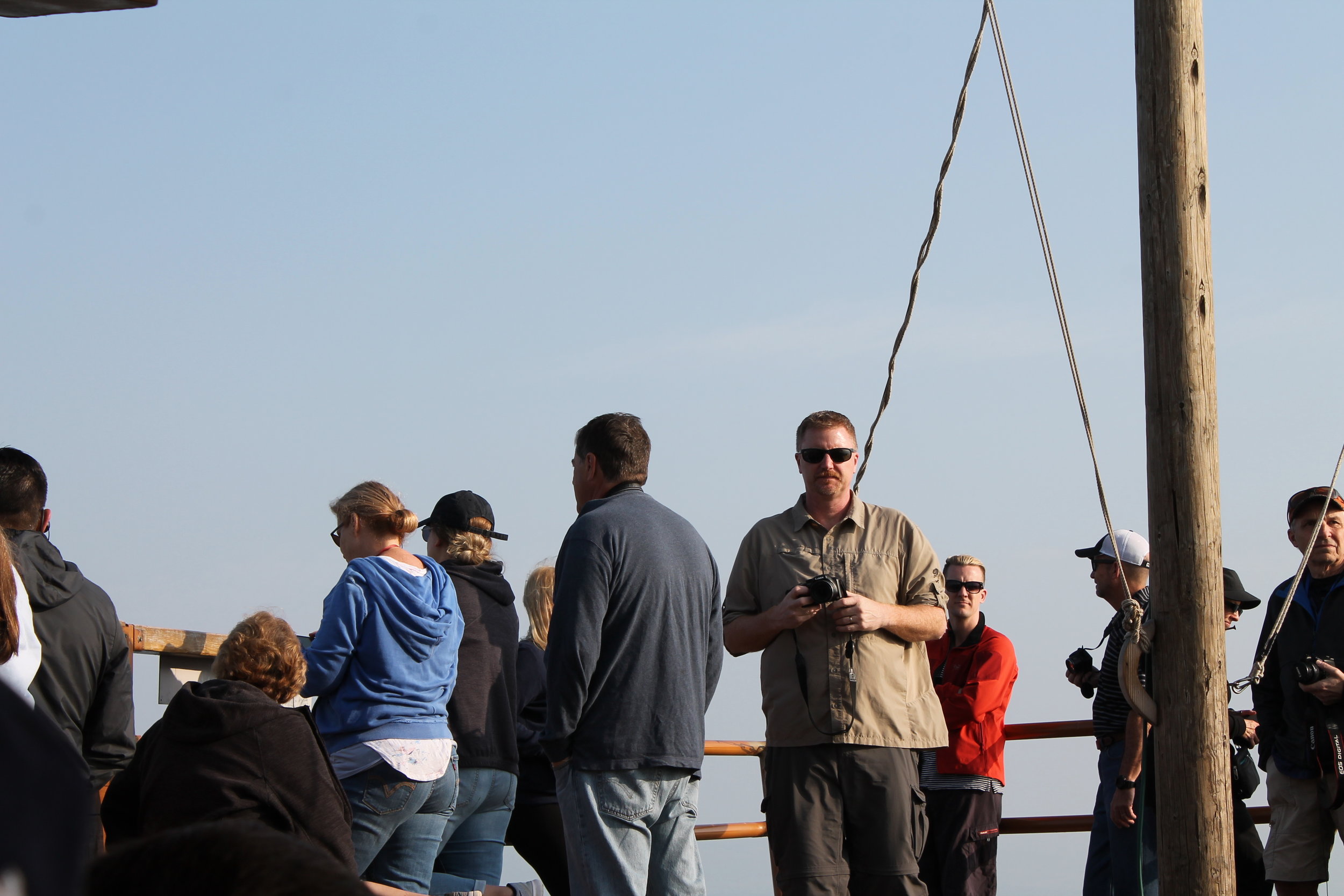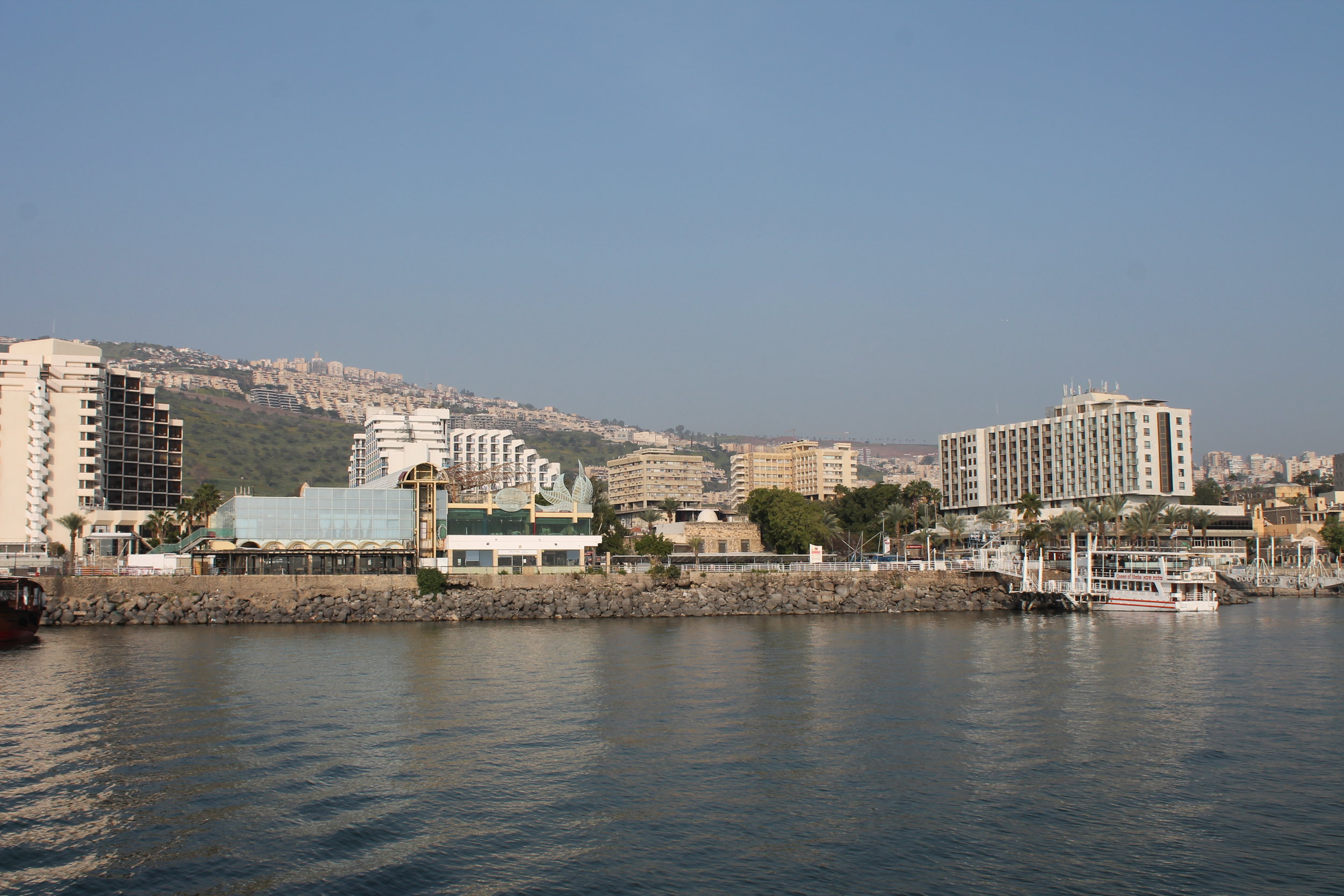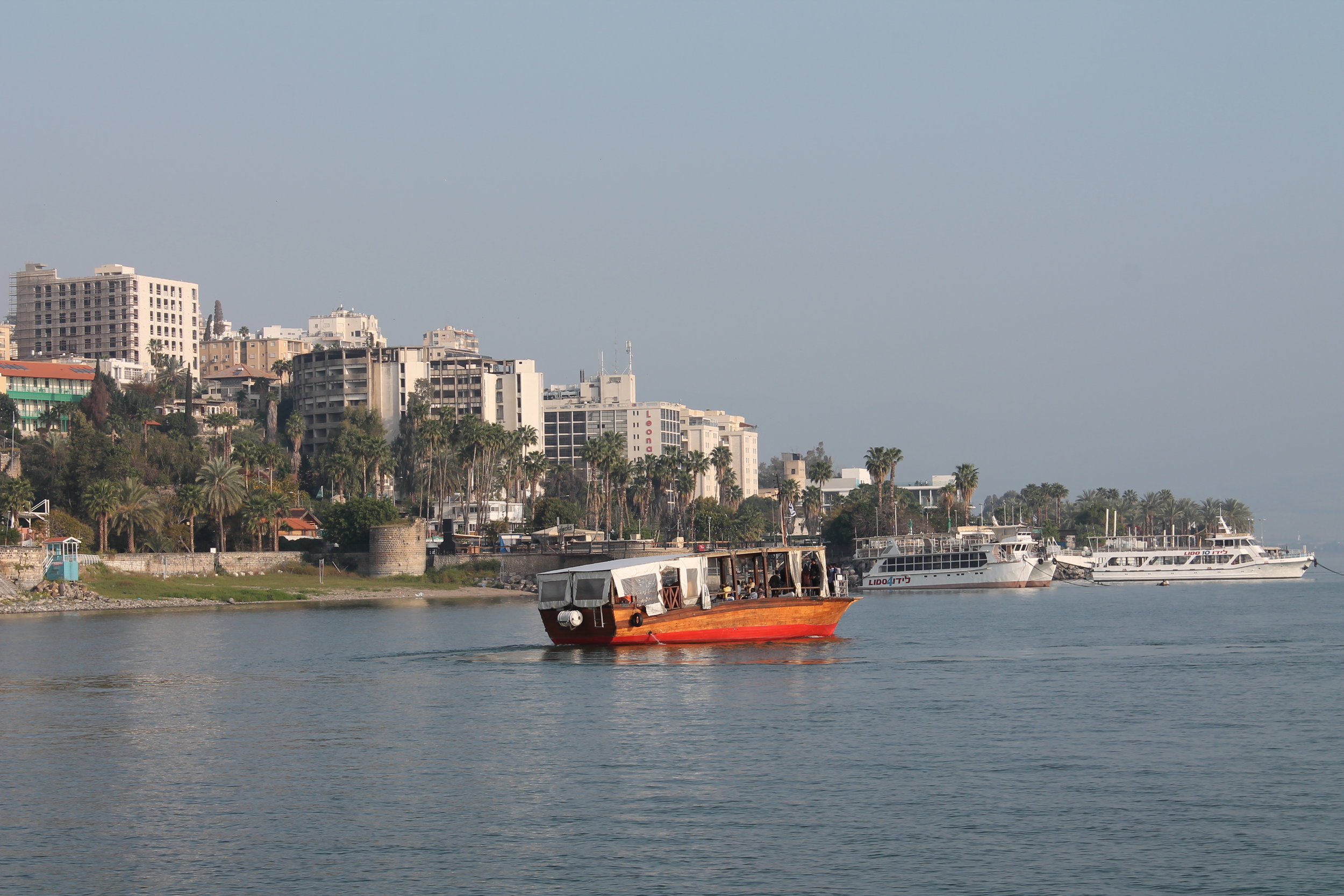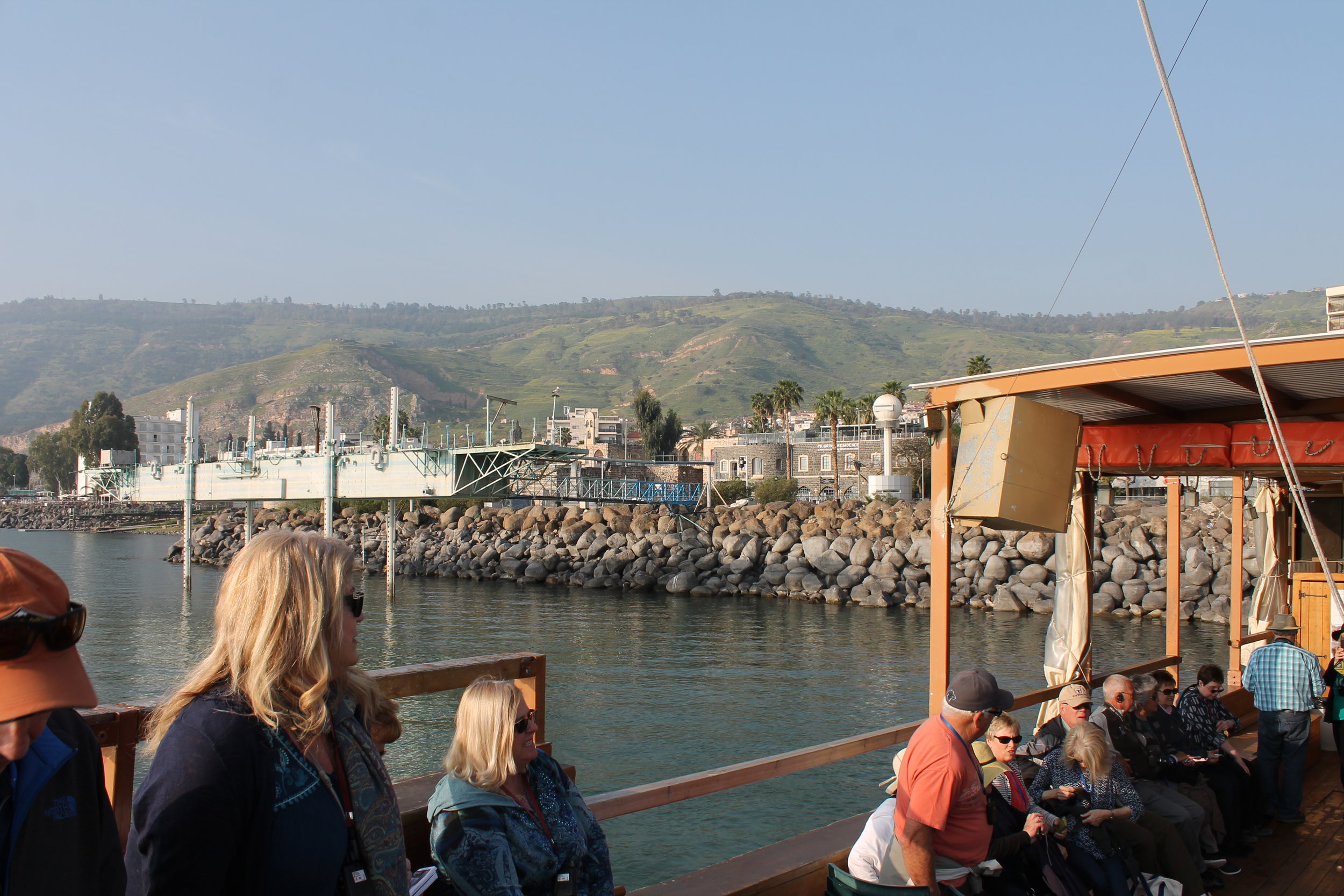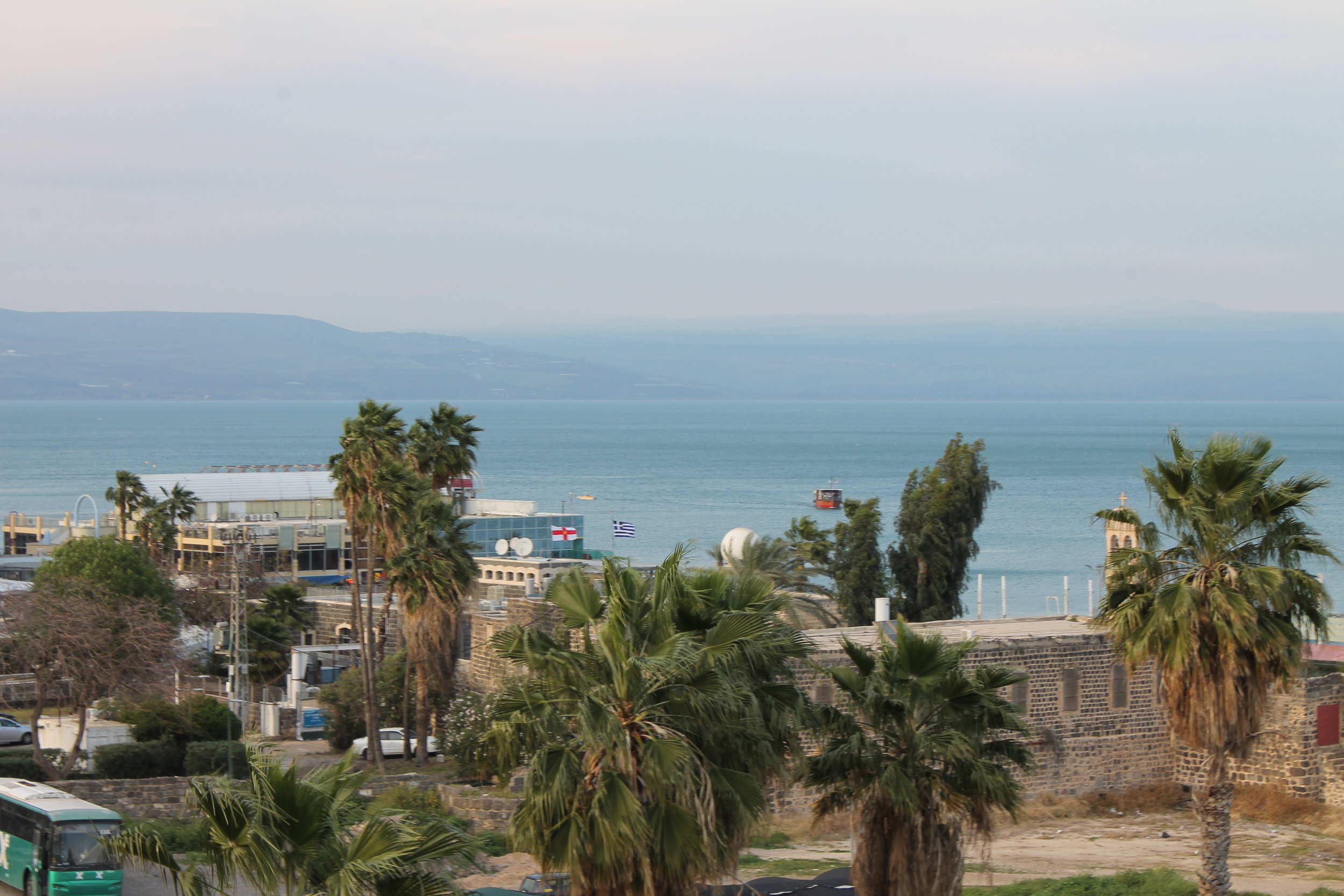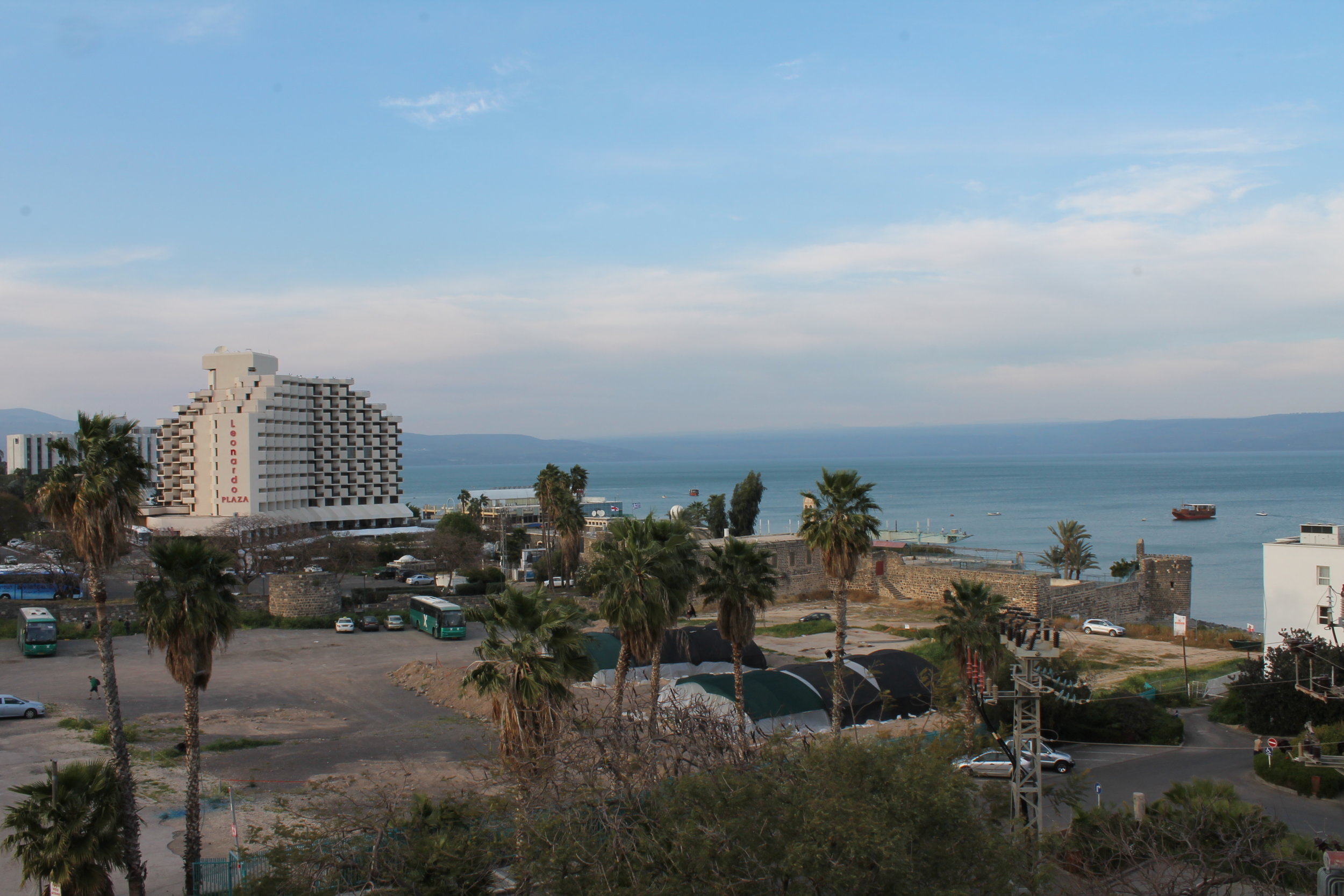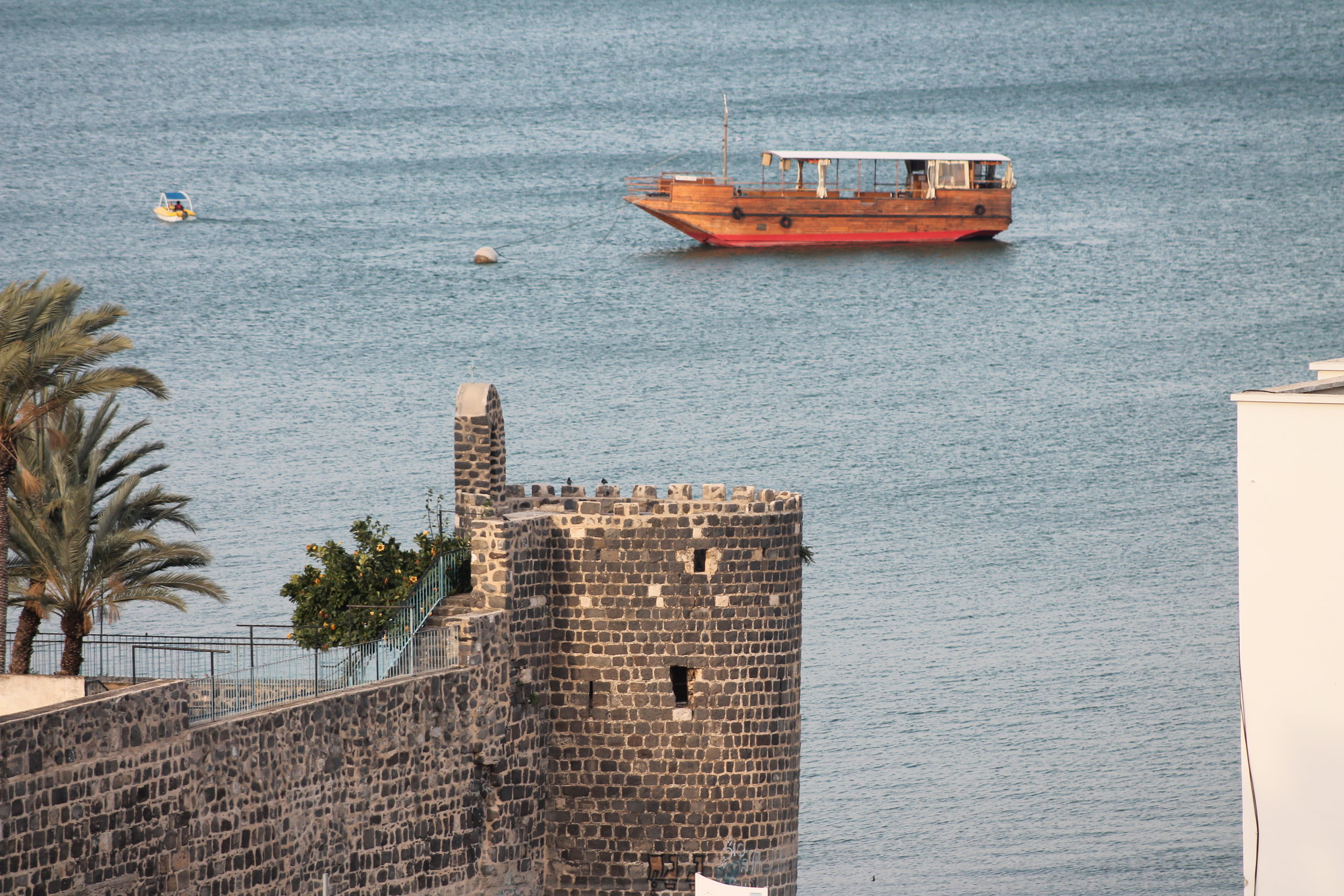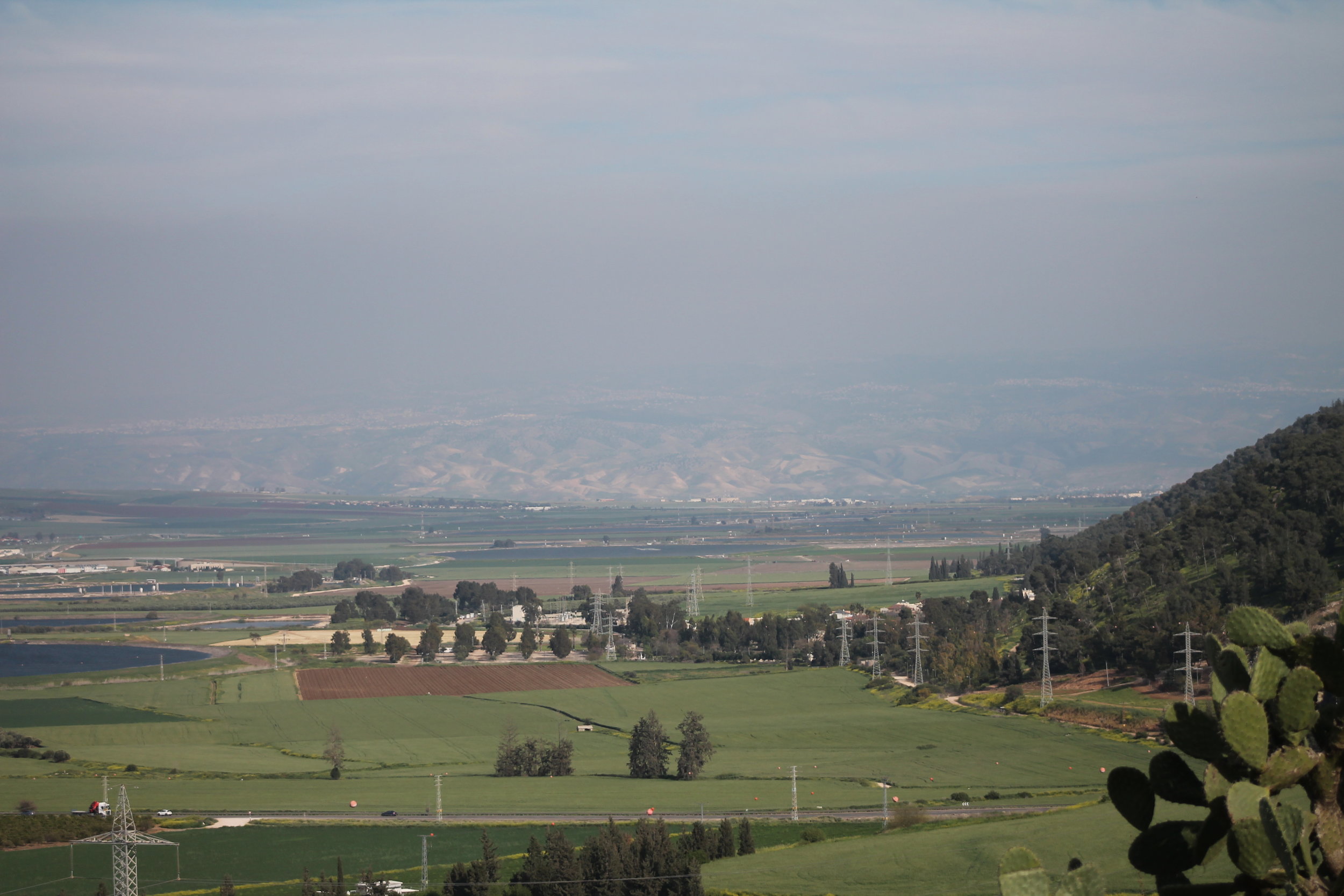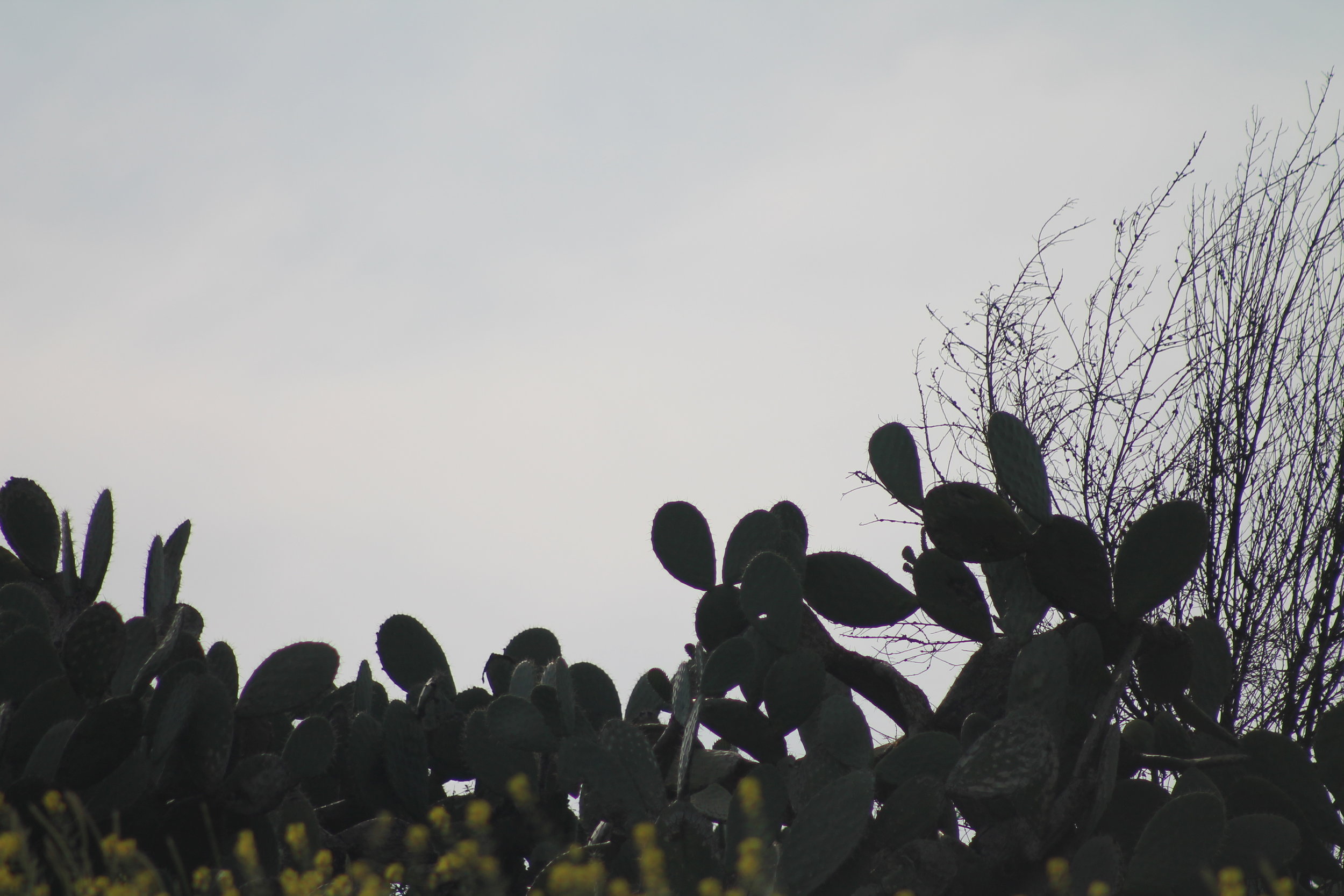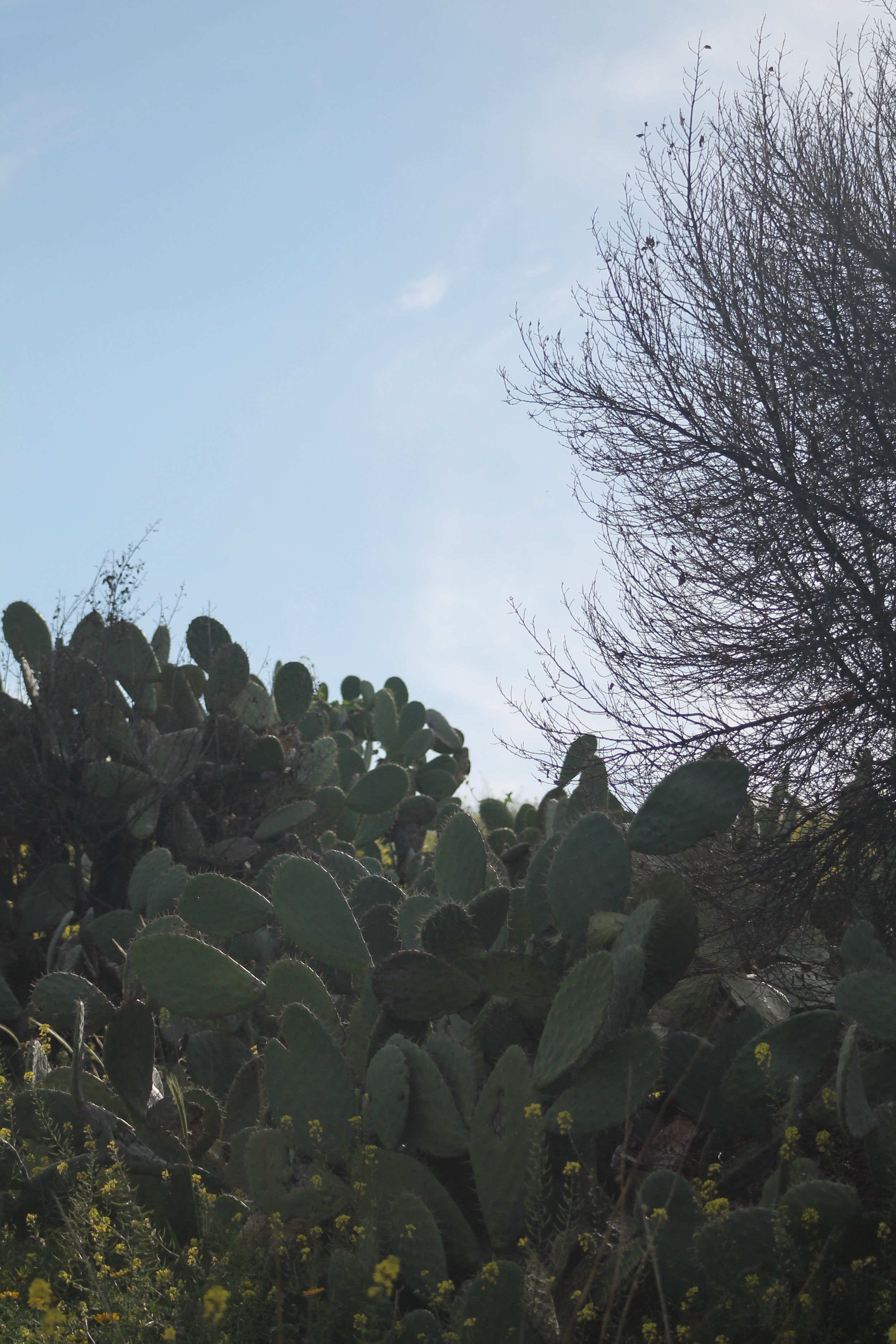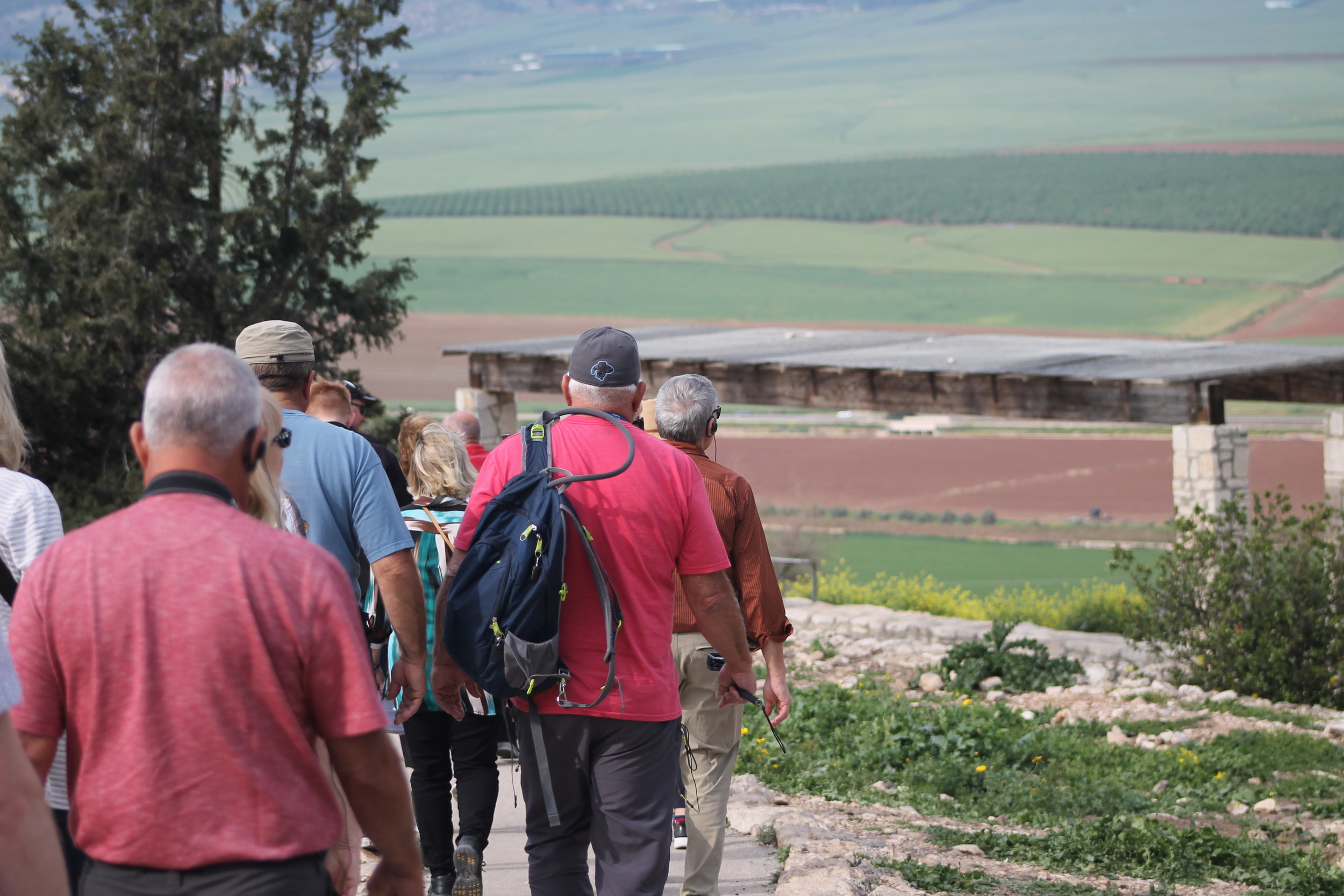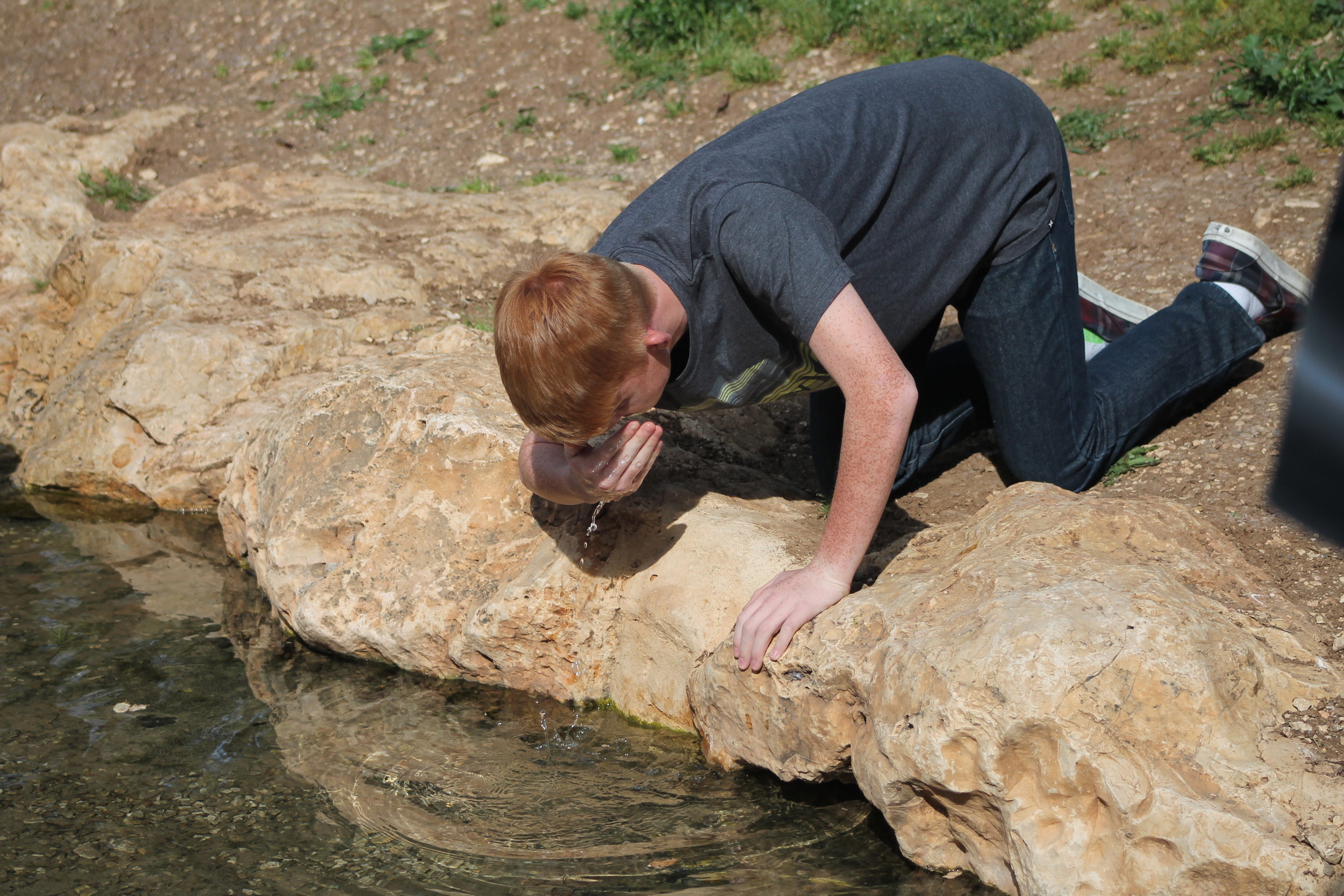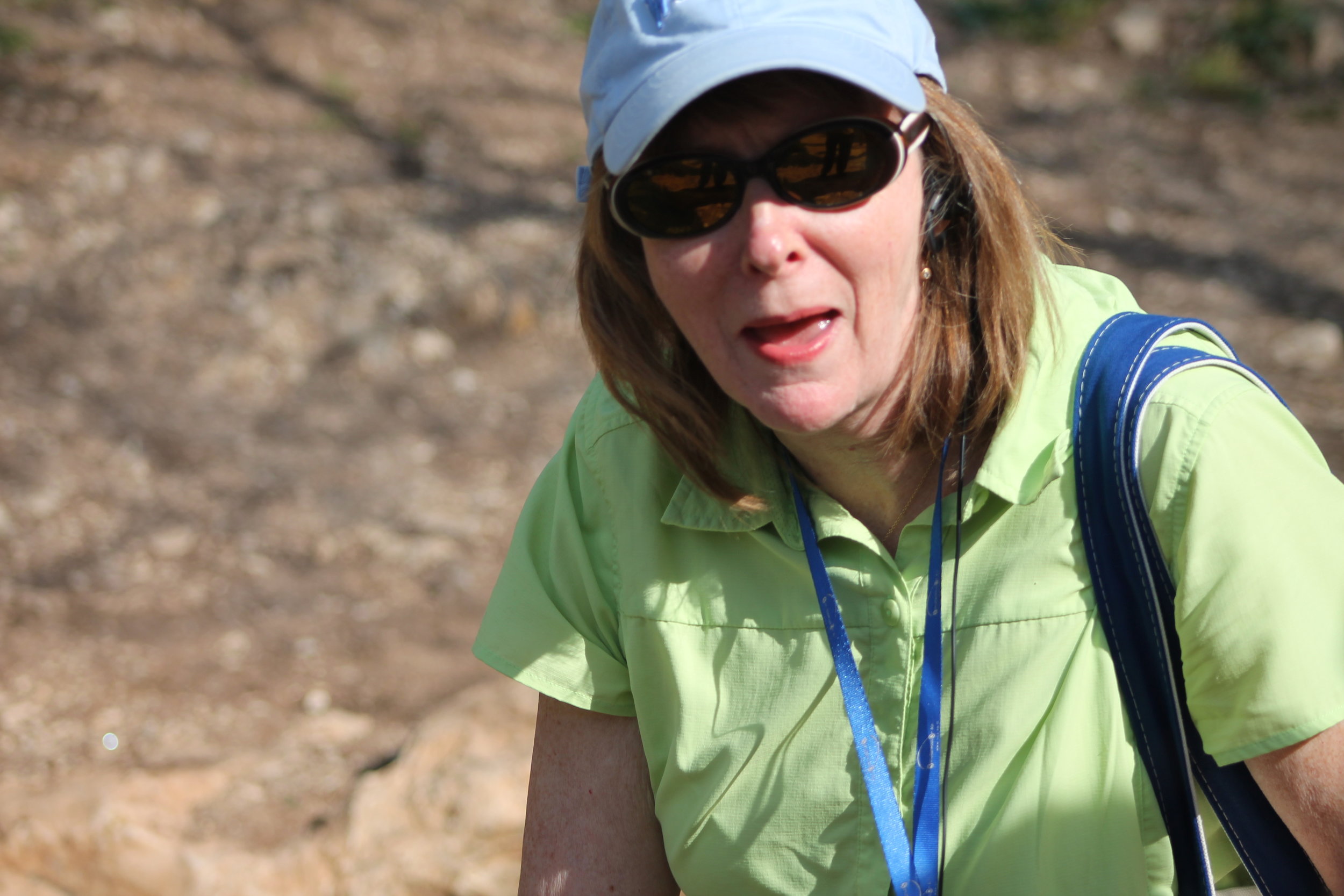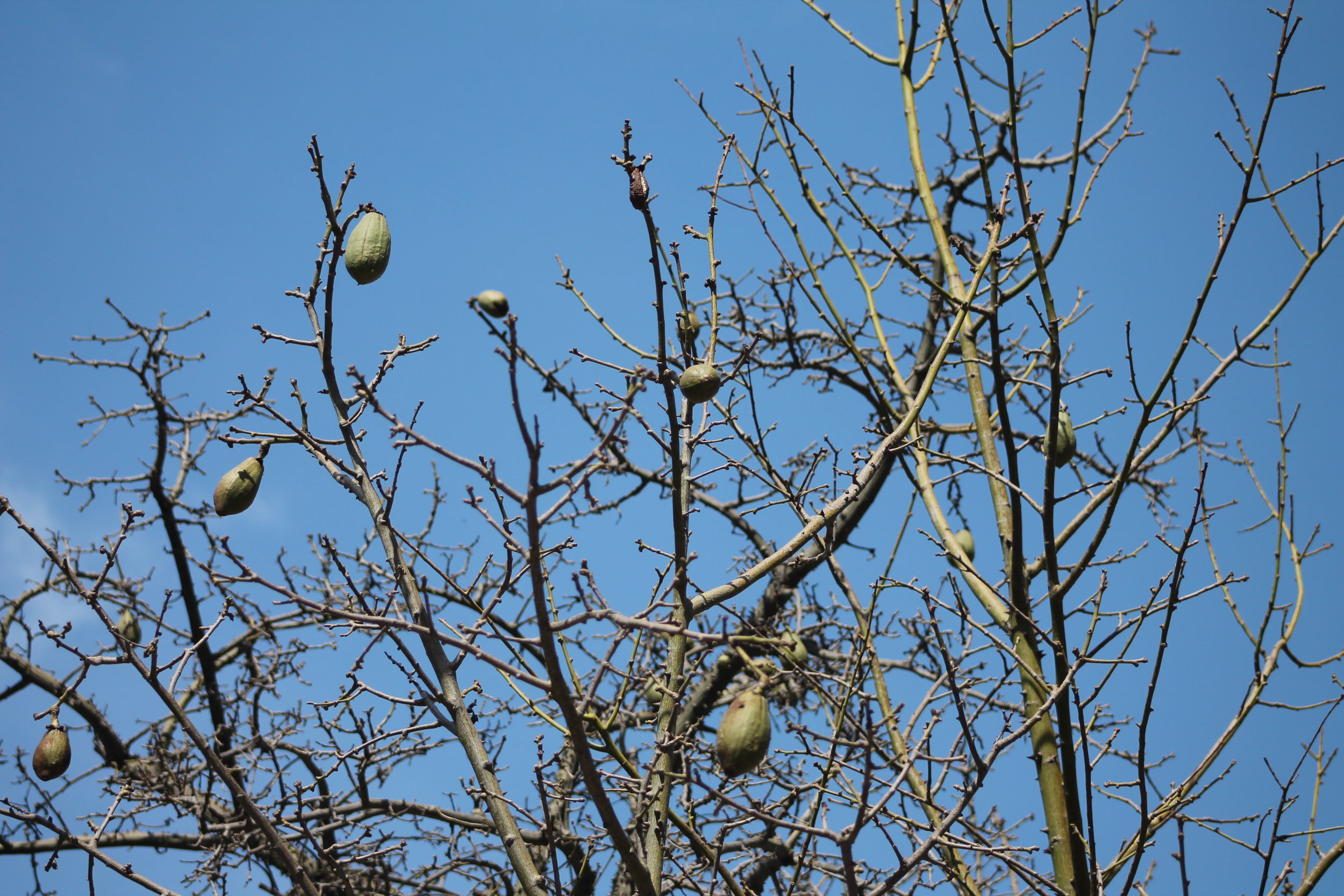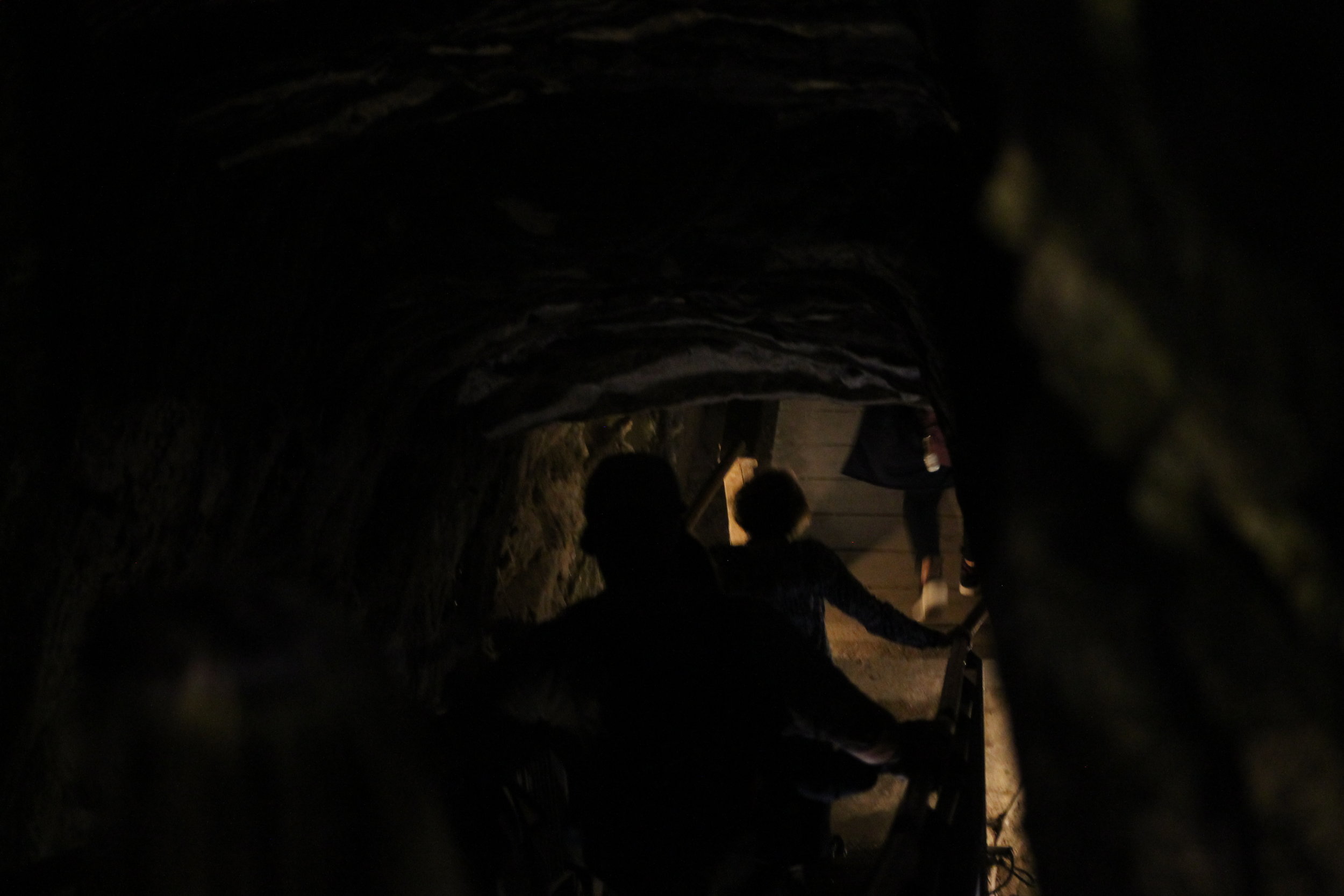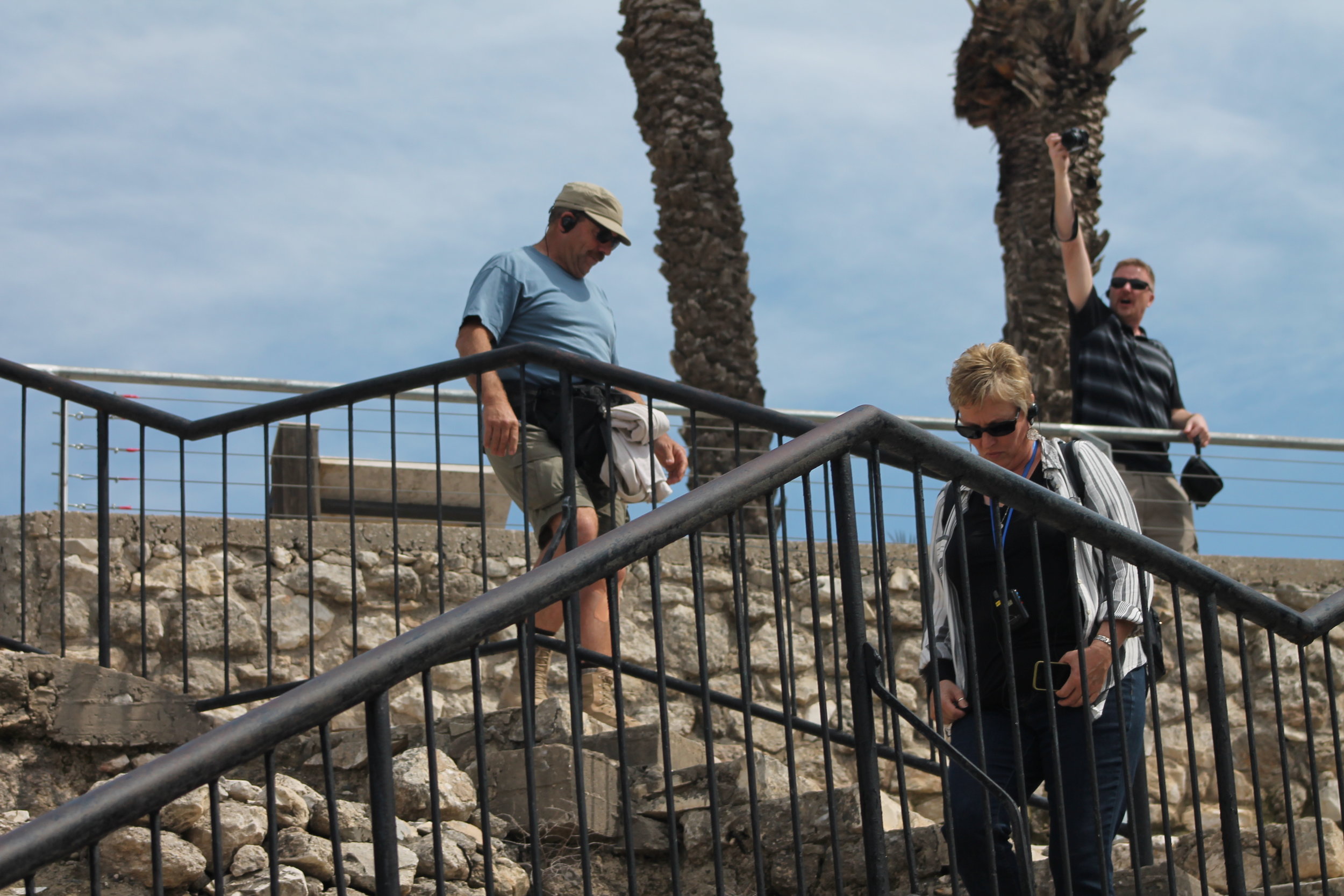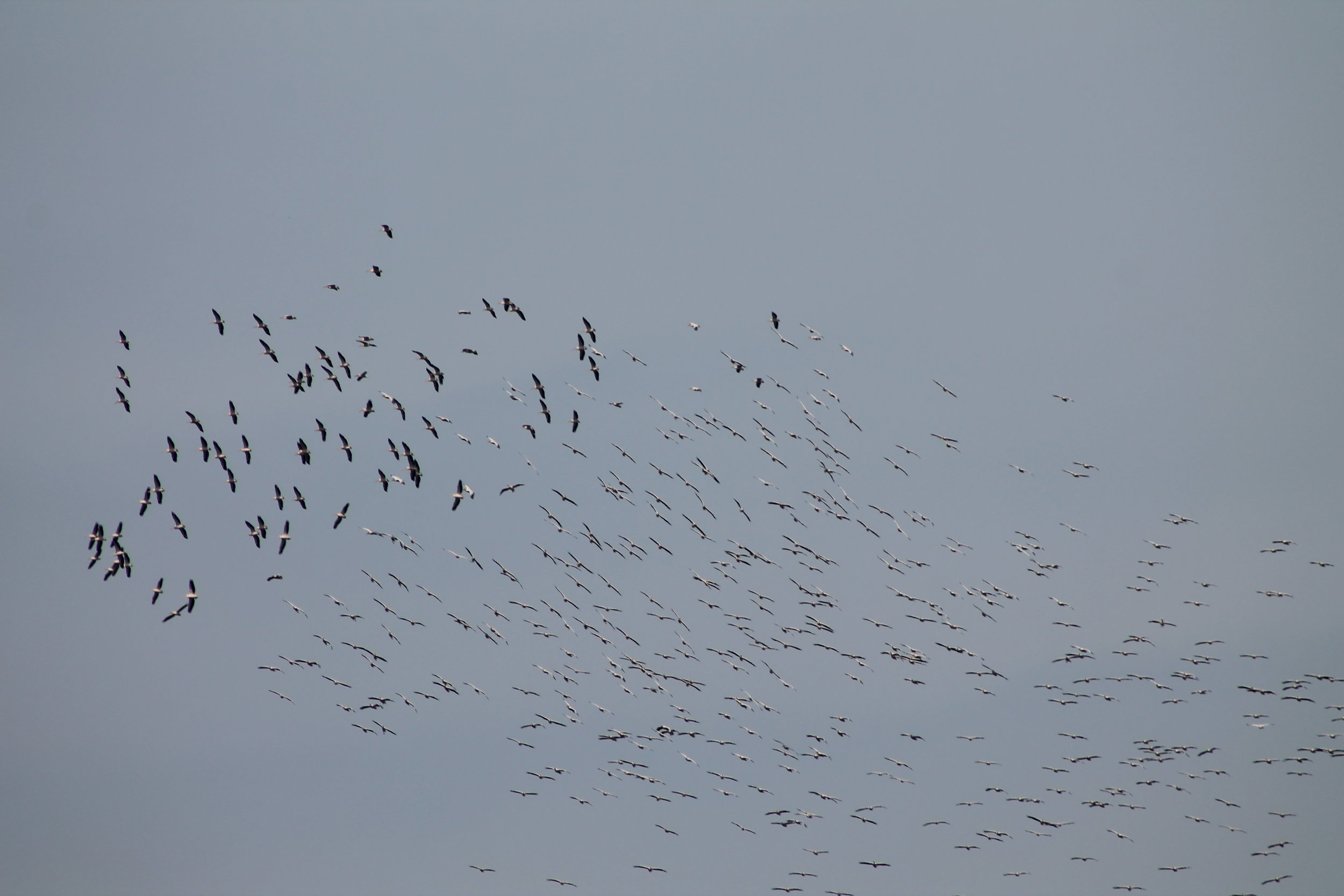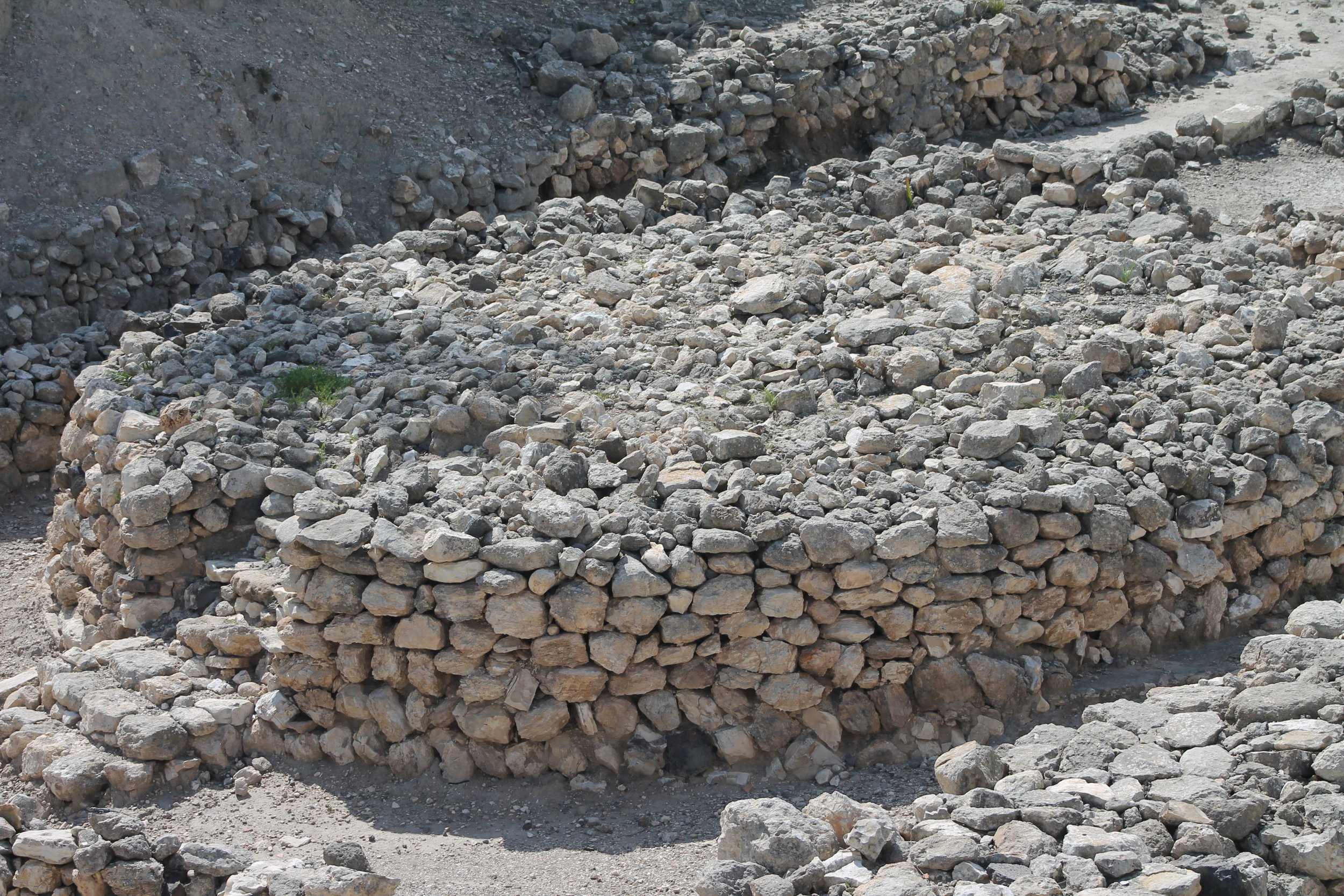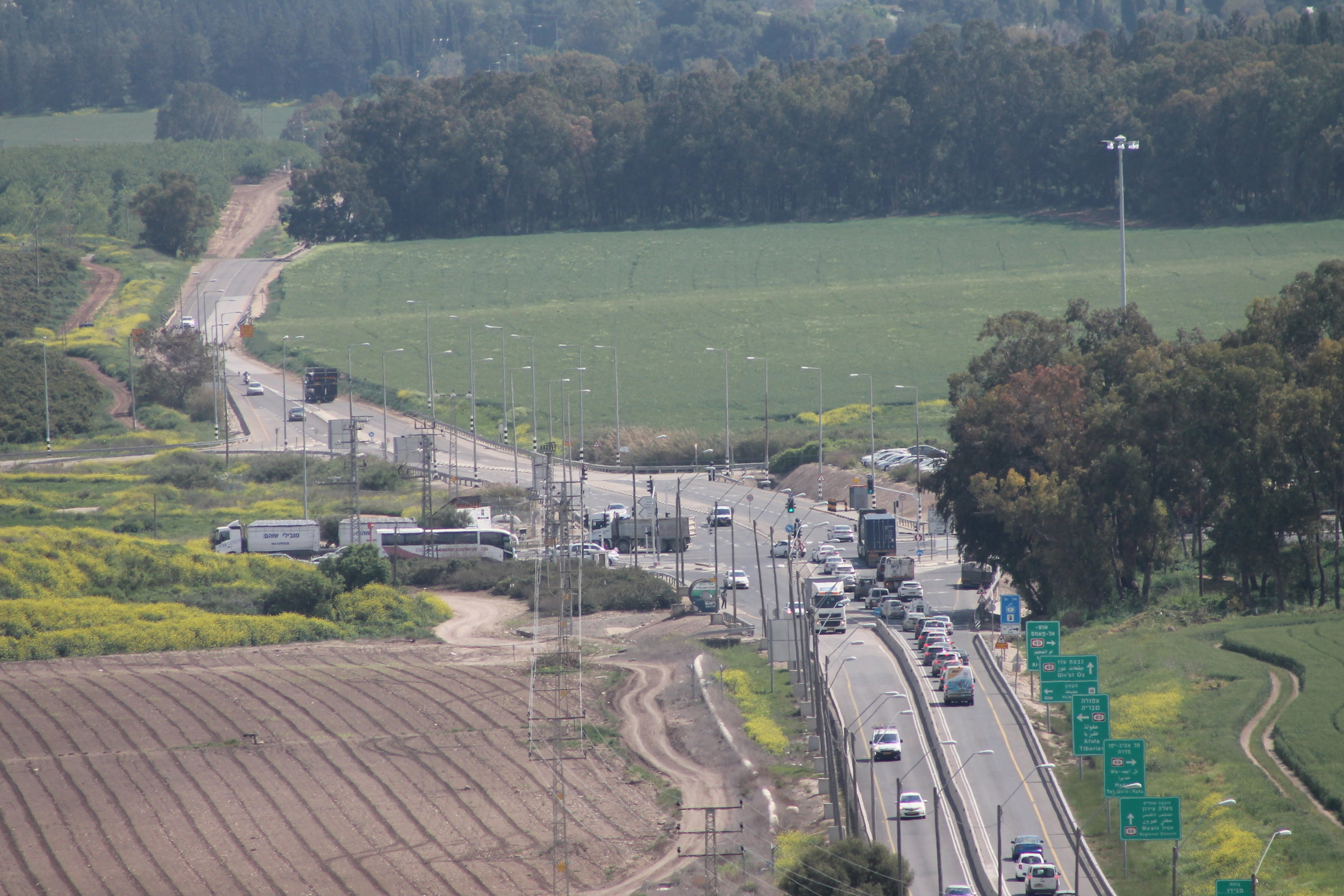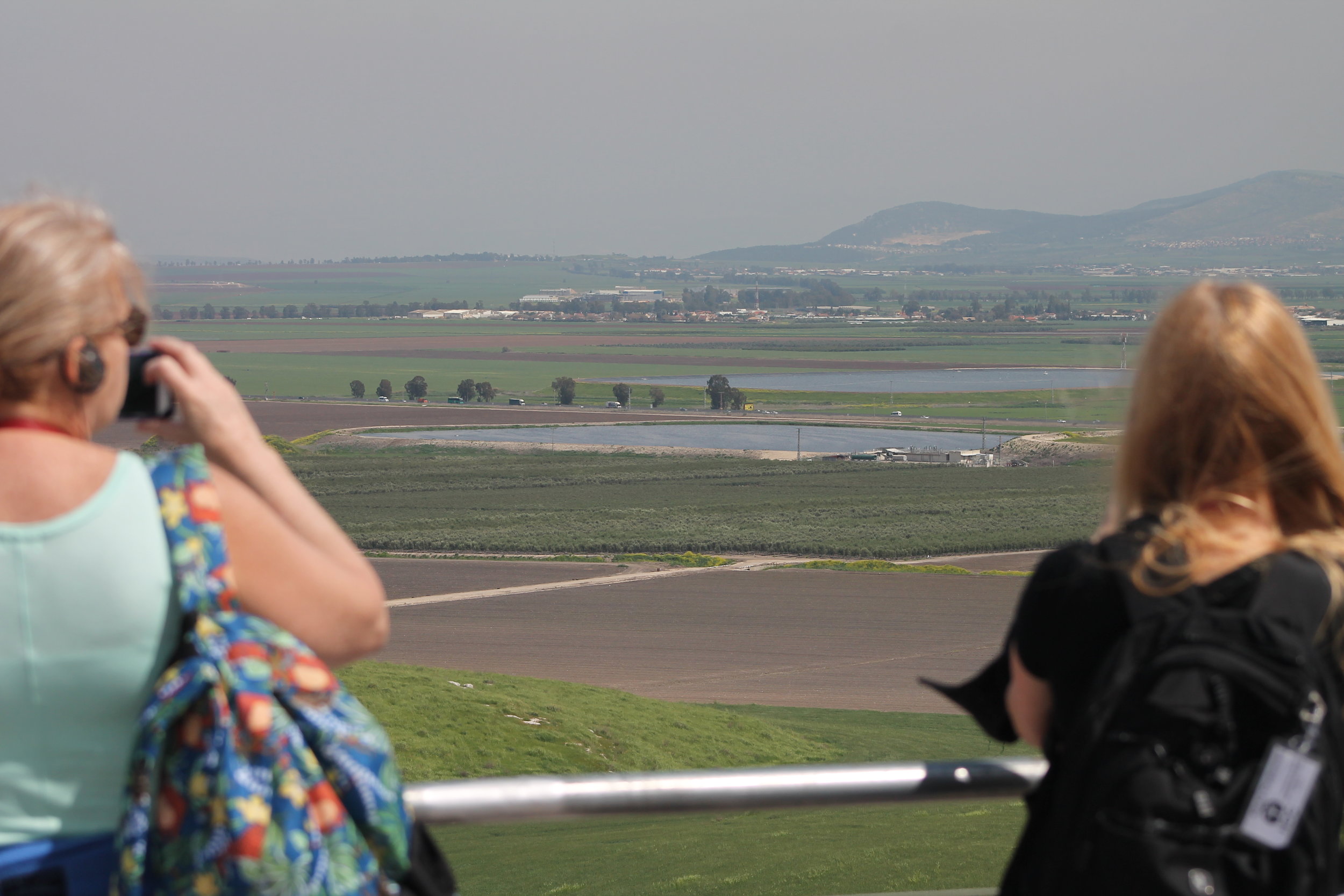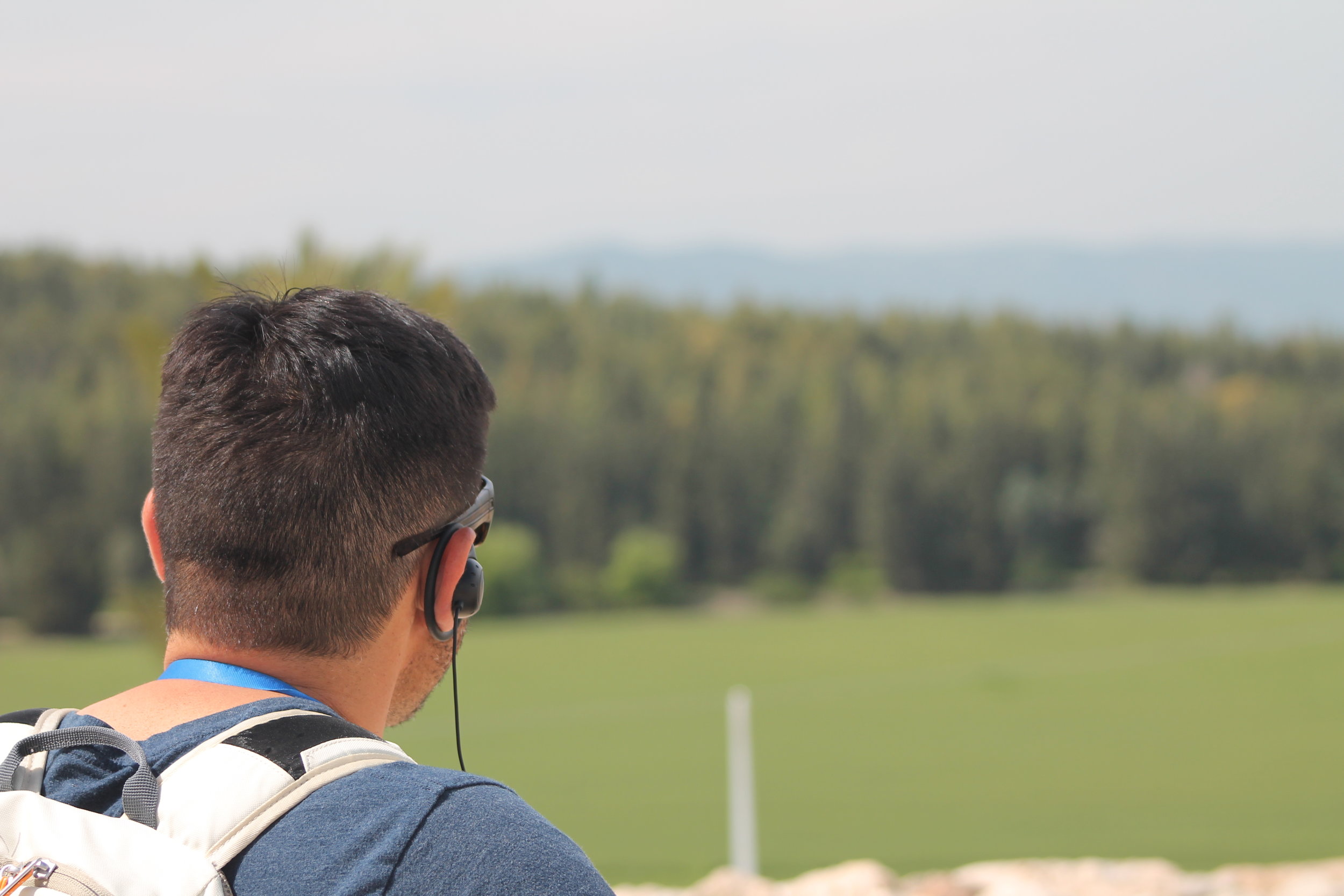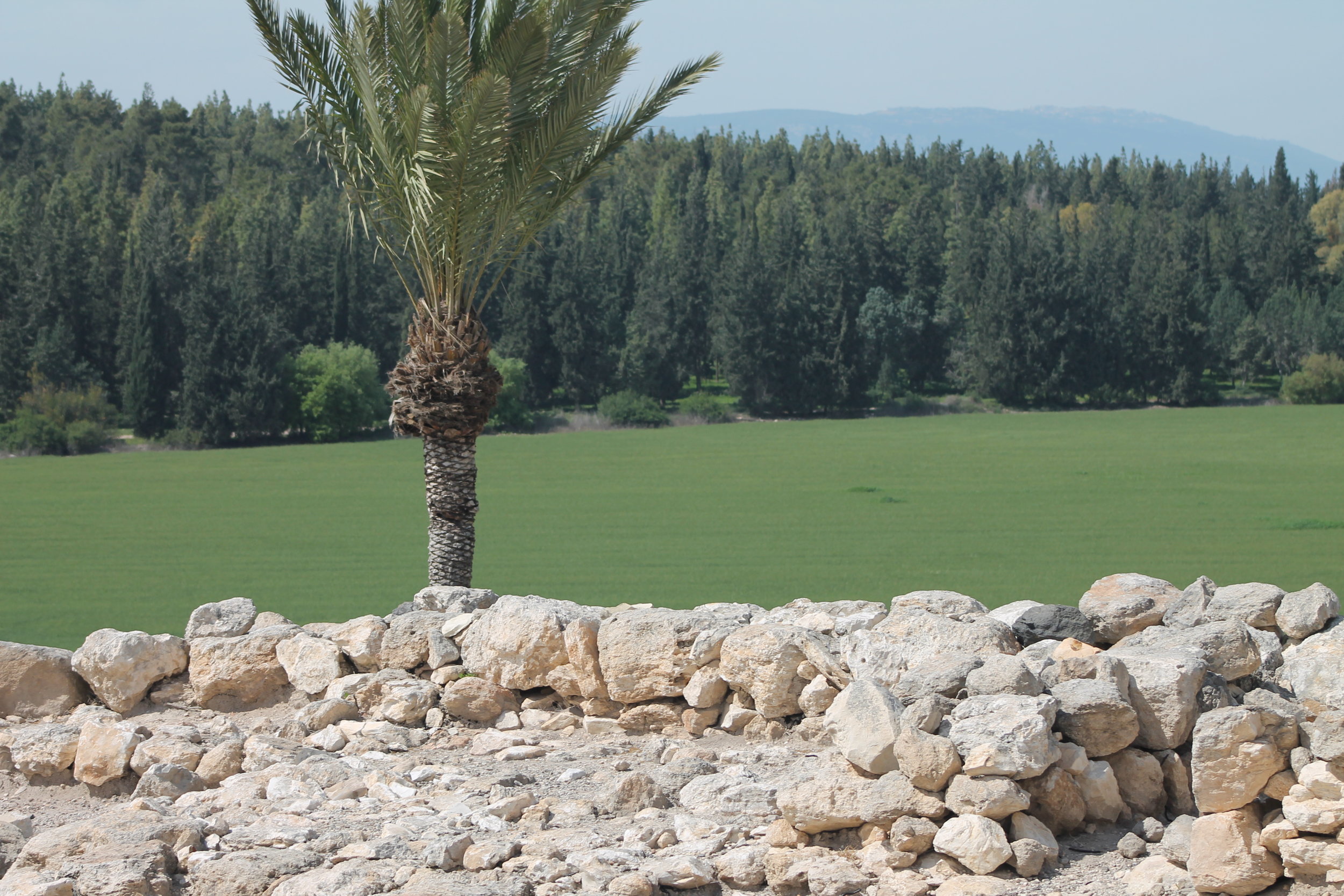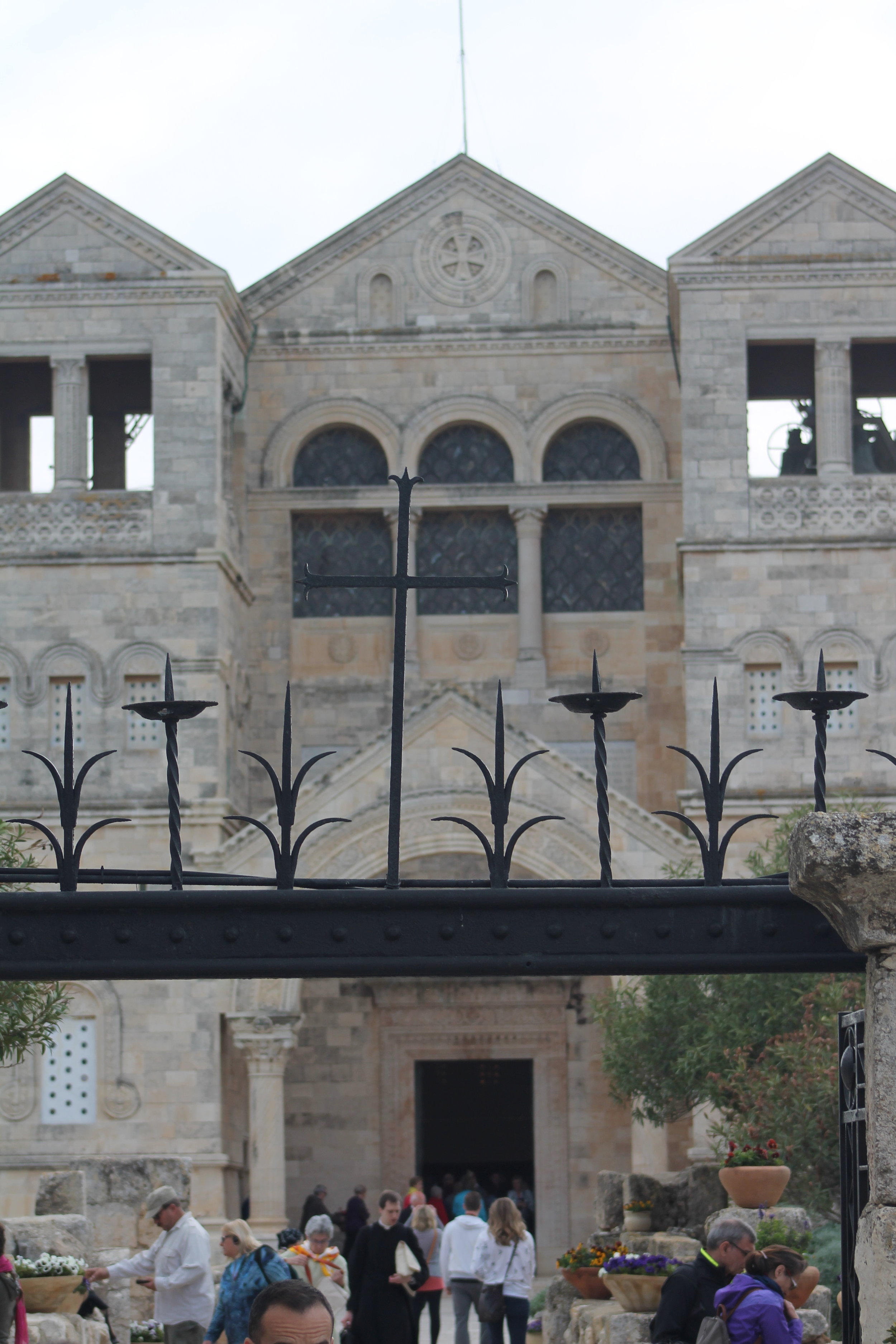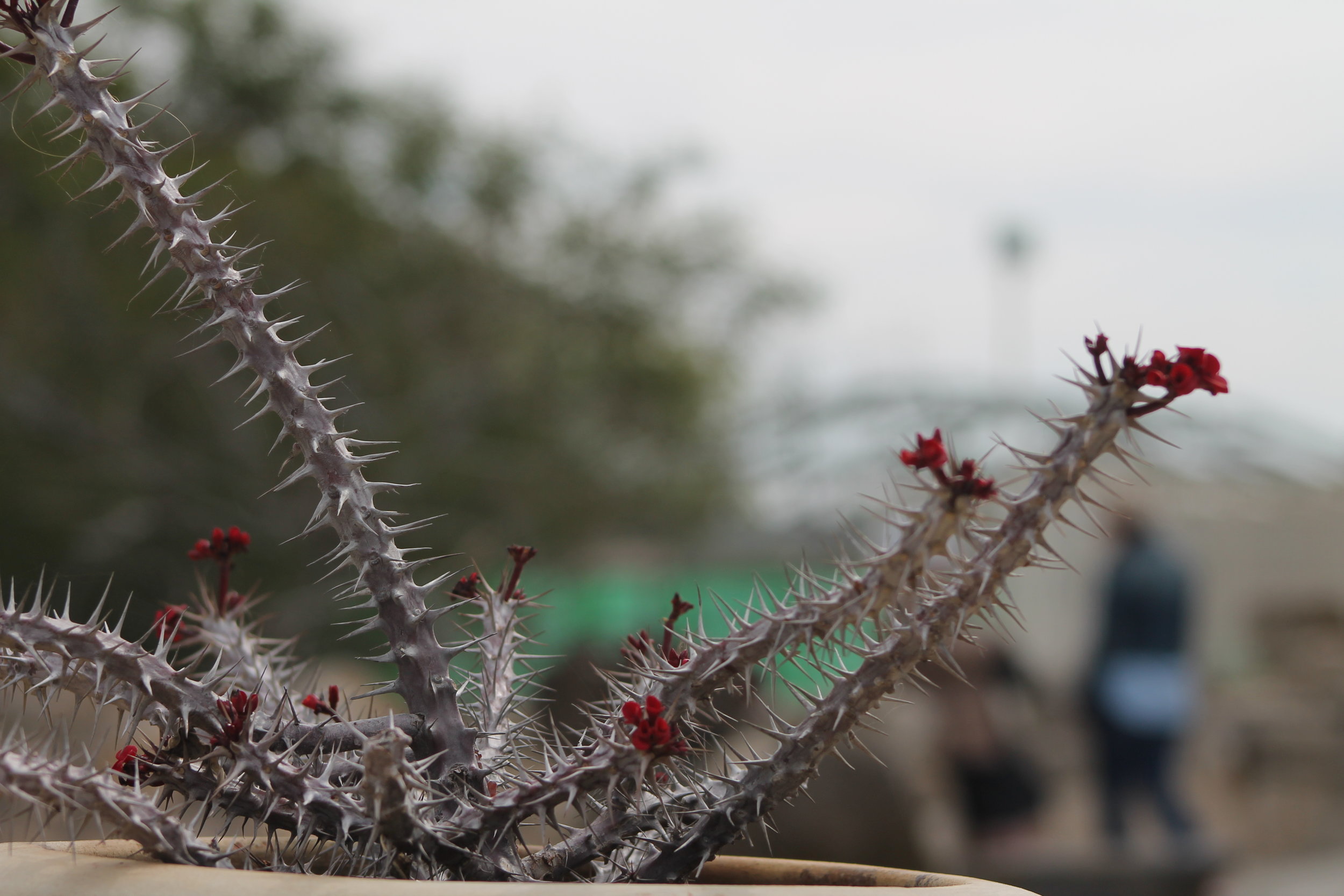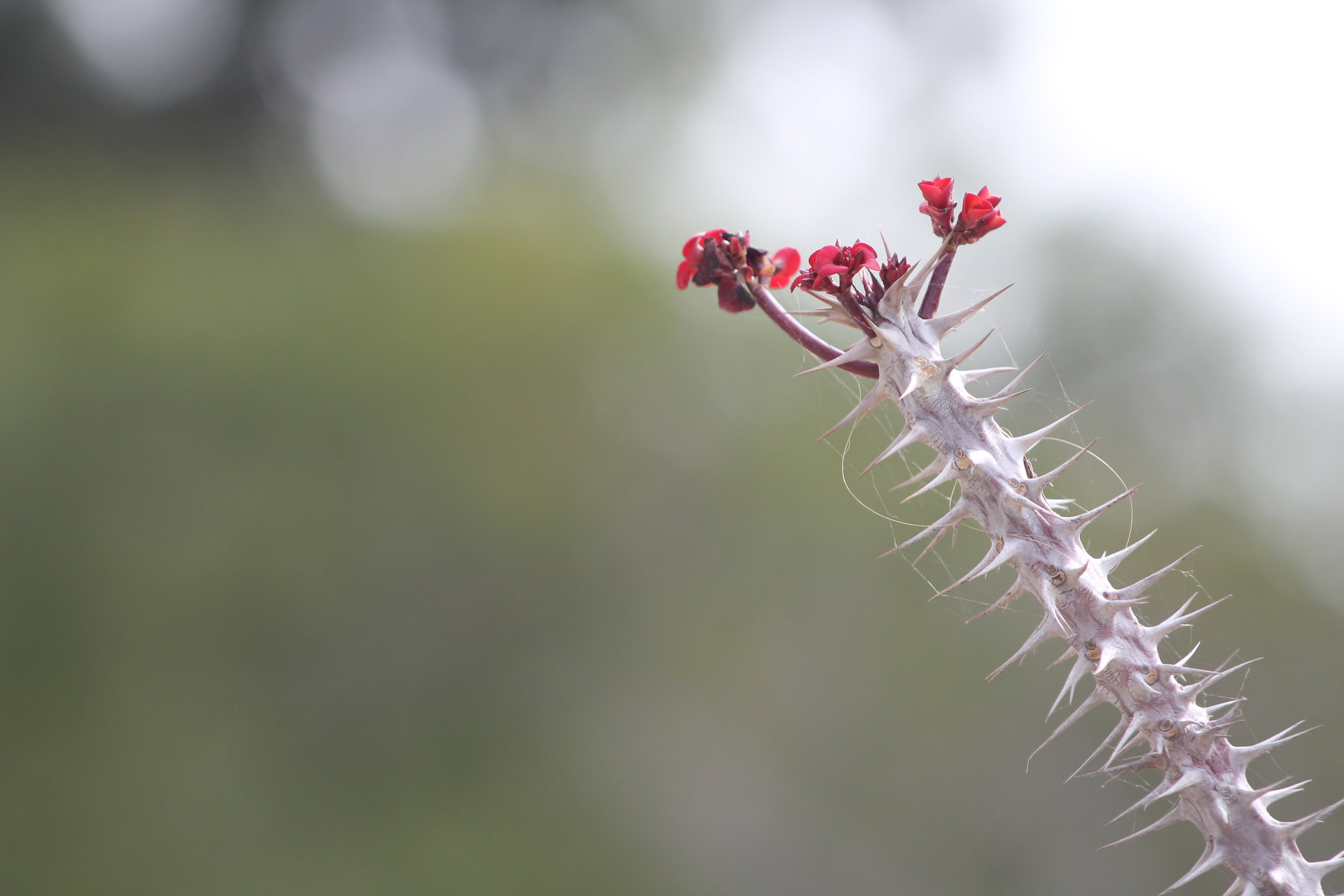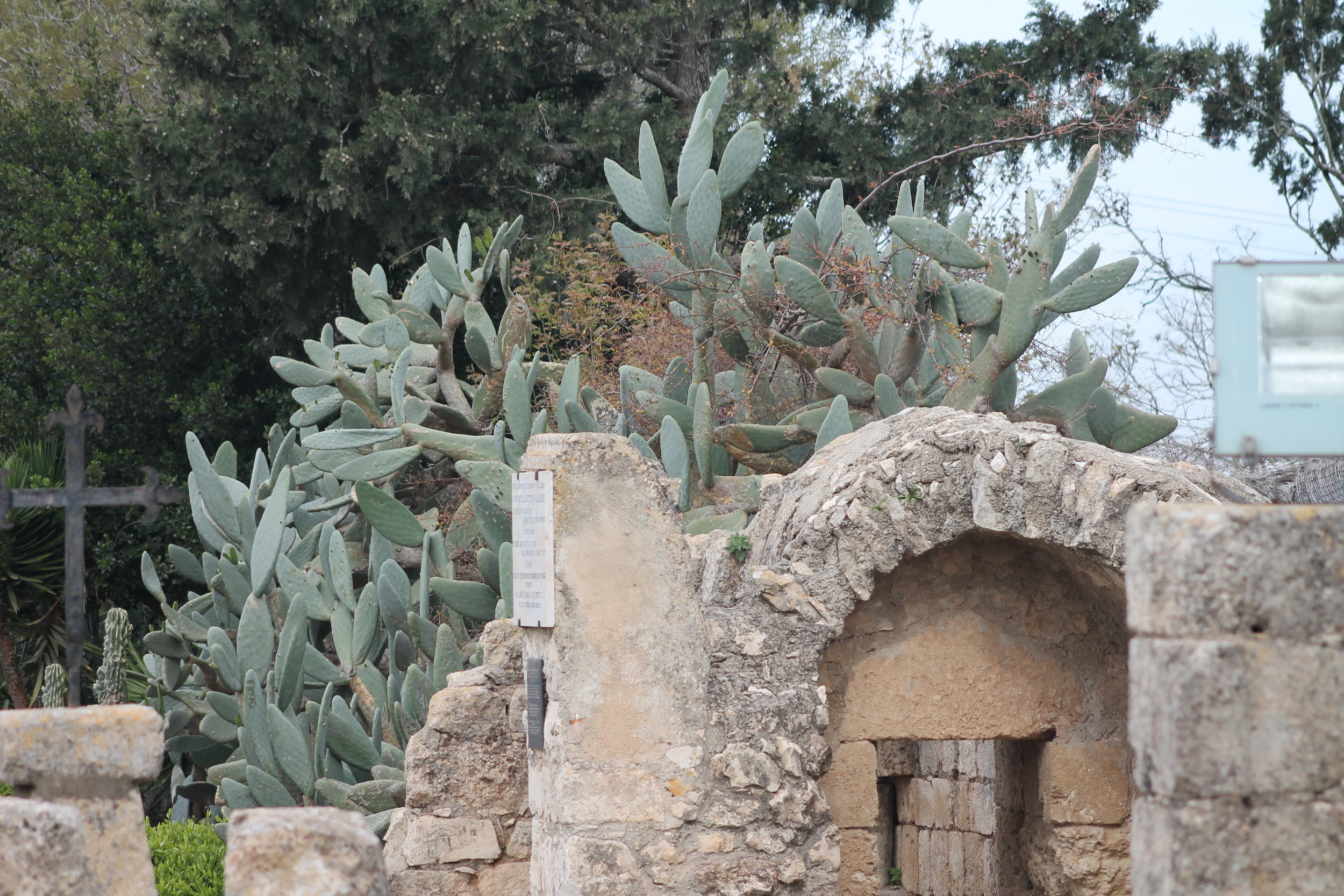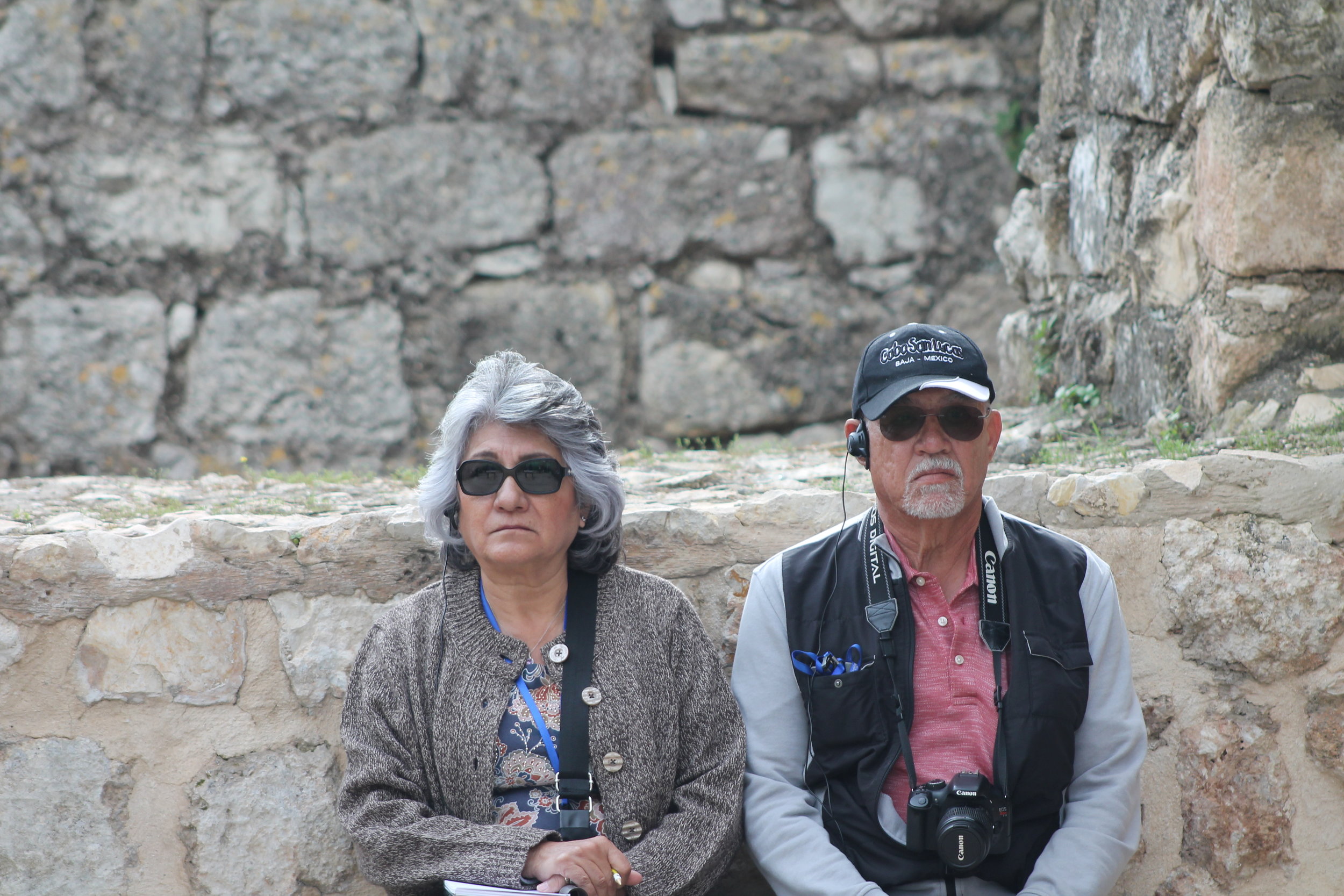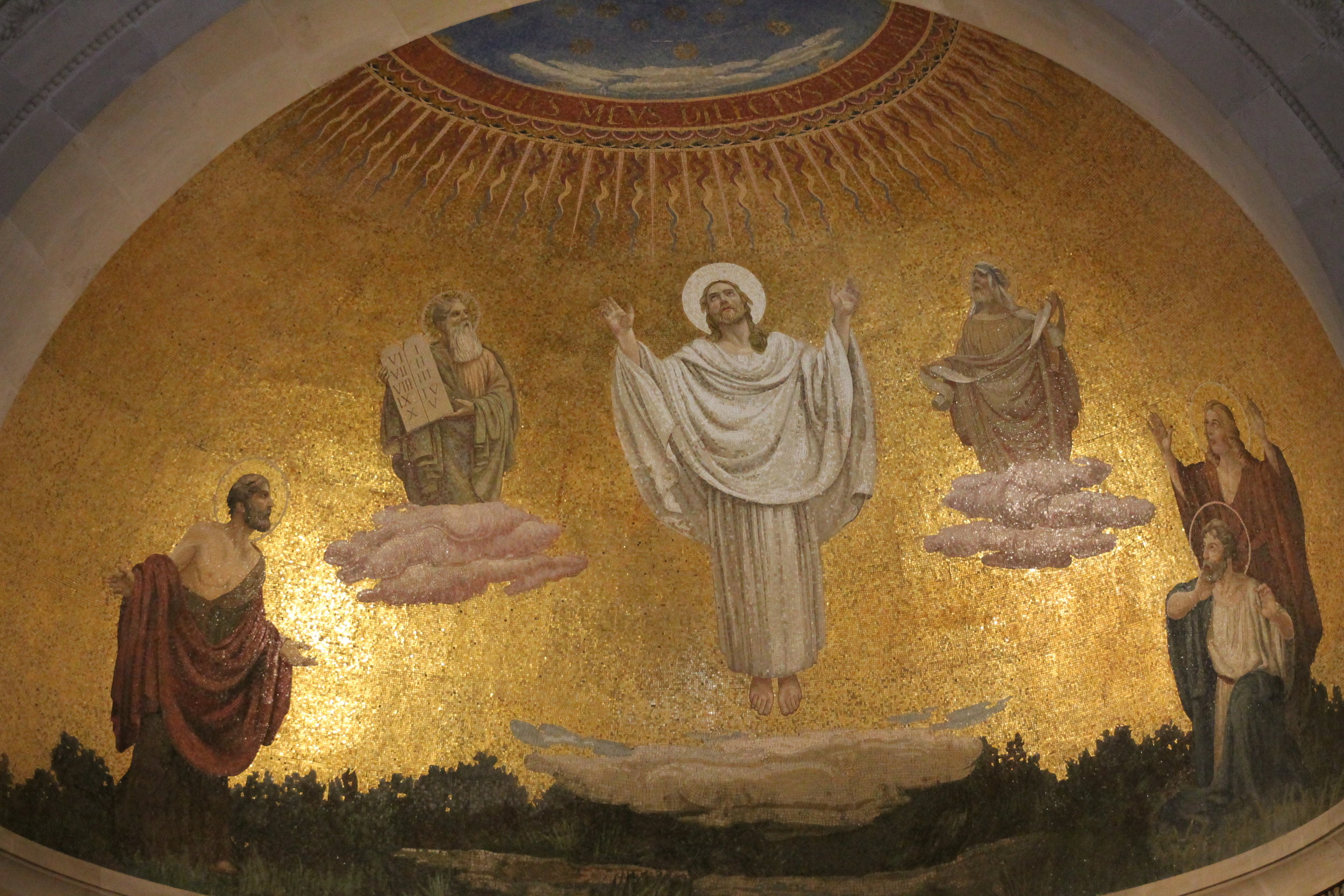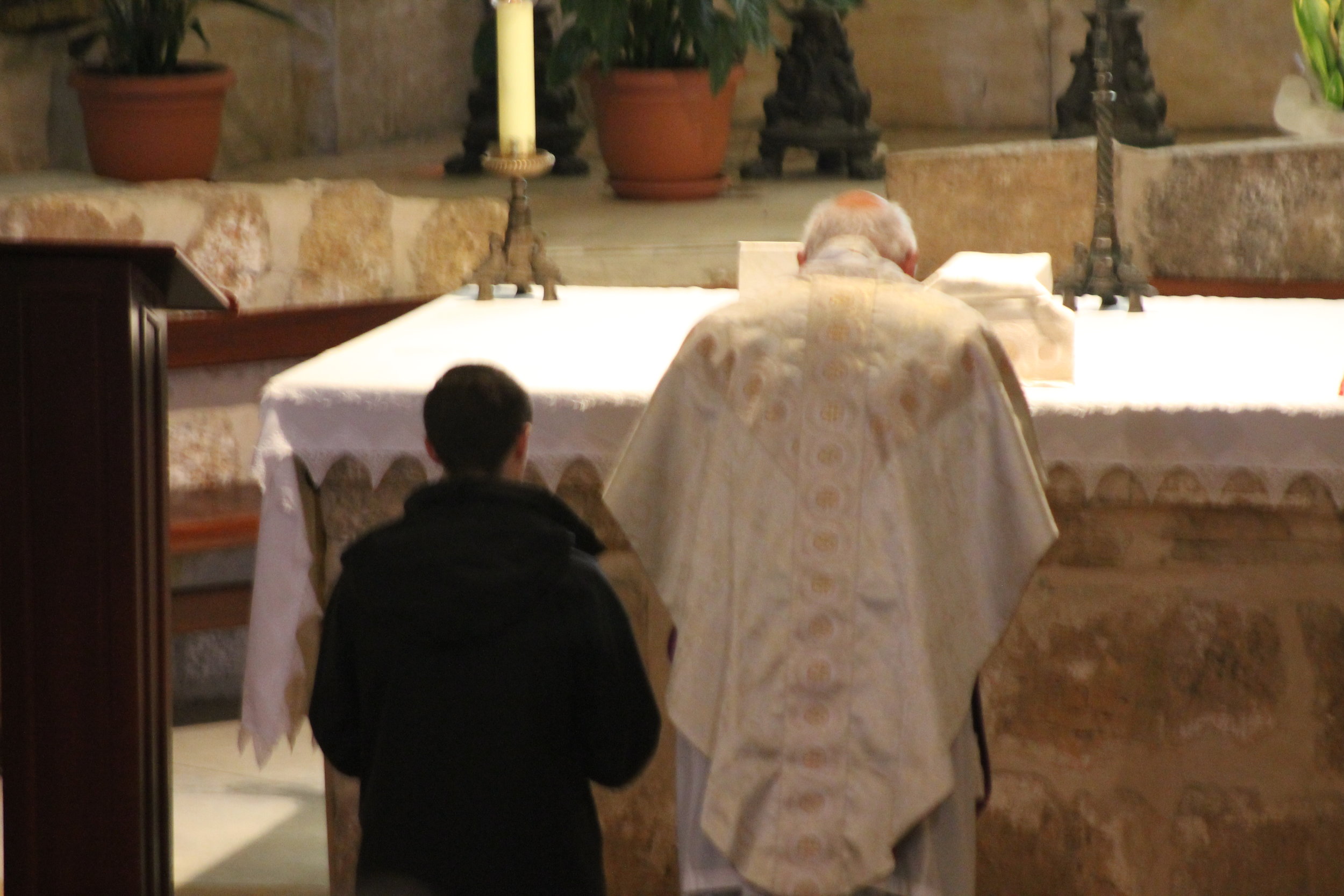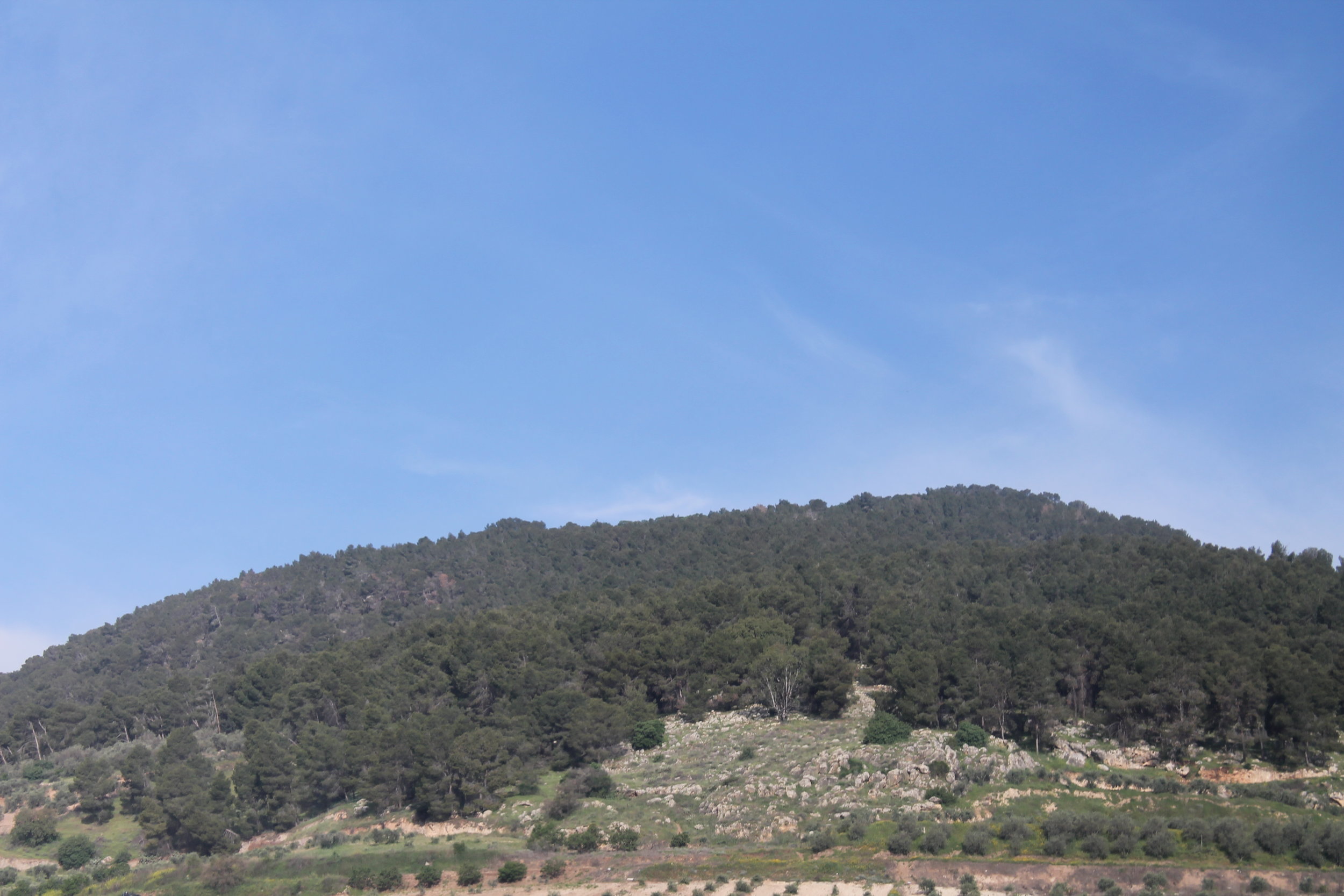Day 7--Saturday, April 1
I was awakened early today because the Lord put my family and the people on this trip on my heart. I especially remembered my daughter who is moving this weekend without my presence. It was encouraging to spend time taking each one to Him in prayer, asking Him to meet them in this moment, to draw near to them, to reveal His way forward for each one.
I don't know the reasons, but I am grateful to my Creator for giving me a heart of encouragement and care for those around me (unless they are in my way on the road--I'm working on it!). It has powerfully shaped my pastoral work. Interceding for others is such an important discipline, to live in a way that depends on God alone, moment by moment, to care for us in ways we never could for each other. Every one of us has needs that can lead us into the intimate presence of our Lord, and being in Jerusalem has certainly reminded me of my own need to draw near to the One who knows me intimately. More on that in the coming days.
How to describe this day? I don't really know, but here are some highlights. We would spend the day in the city of Jerusalem, visiting sites that are revered by people around the world, so we dressed accordingly. We began on the Mount of Olives which reflects the religious congestion typical of this culture. Every group imaginable has a shrine or church or memorial to commemorate some facet of Jesus' life, death and resurrection. Of course, this hill is where the scriptures attest to His ascension and return as well. But when you are able to look past the busyness of the religious frenzy, what you will see is a city in conflict, like a song that needs to resolve into harmony.
Our day together began on the bus with a devotion on Romans 12:14 and the instruction to bless rather than curse. Great prayer: may we not only walk where Jesus walked, but also as Jesus walked.
We parked on the Mount of Olives overlooking the Temple Mount and took time to talk about all of the sites around the city. The weather is windy and chilly this morning.
As we gazed at the Temple Mount we talked about Abraham and Isaac as a foreshadowing of Jesus as the Lamb of the world 1800 years later. Some scriptures to contemplate: Matthew 21:1-11; Ezekiel 10:3-4,10; 11:22-25; Psalm 118; Luke 19:45; 21.
We then walked to the Church of the Agony and what is likely the Garden of Gethsemane where Jesus wrestled in prayer over His decision to die for the sin of mankind. This was a place of frequent prayer for Jesus, but it was also a place where he showed his power. Some scriptures to contemplate: Luke 22:39-46; John 18:1-14. We walked a bit further to another garden area above the Kidron Valley where we spread out around the garden to draw near to the Lord in prayer. It was a beautiful time in His presence, interceding for those on my heart.
A funny story: I found a big rock to sit on and as I looked down to sit I saw a snake looking up at me. It was a small snake, and probably as startled as I was, but we still went our separate ways. Imagine that... finding a snake in the garden. Sounds familiar!
From there we crossed the Kidron Valley and ascended the many steps up to the Lion gate, trying to to avoid being hit by traffic. We then visited the Bethesda church and the Pools of Bethesda (see John 5:1-16). Note: we got to be here on Sabbath!
After lunch we walked to the Church of the Holy Sepulchre, the likely location Jesus' death, burial and resurrection. Words are insufficient to describe my emotions upon seeing it. But I found myself feeling both wonder and disgust. As time has passed, the perhaps innocent desire to commemorate Christ has become nearly a worship of the place rather than of the Person. I sense God's Spirit would have it be much simpler and Christ-focused.
While in the church building, not far from us at the Damascus gate, a Palestinian youth stabbed two Jewish youth and was quickly shot dead by police. It was all handled so efficiently that we didn't even learn about it until later.
WHAT DID OUR FATHER TEACH ME TODAY?
We are made to worship, but history proves that we tend to make a mess of it. As we sample the evidence from ancient Israel, one cannot deny the obvious: Israel was unfaithful. They were called to worship the one true God, but they too easily welcomed pagan practices from the cultures around them. This compromise led to destruction. Repeatedly.
The same could be said of us. Rather than honor Jesus as God the Son, the only one worthy of our worship, we take the simplicity of that truth and devote our attention to building and maintaining our shrines and churches and monuments. It's not that those things are wrong, it's that they distract us from what matters most: Jesus.
Have you noticed how, with time, a simple home improvement project can begin to take on new problems, adding complexity and cost? If you're not careful, those compromises can dilute the original plans and ruin the process.
The question I am asking myself is this: is Jesus enough? And I believe He is.
CONSIDER THIS
Philippians 2:1-11






























































































